Best full-frame camera 2025: the top big sensor DSLRs and mirrorless cameras
How to choose the best full-frame camera
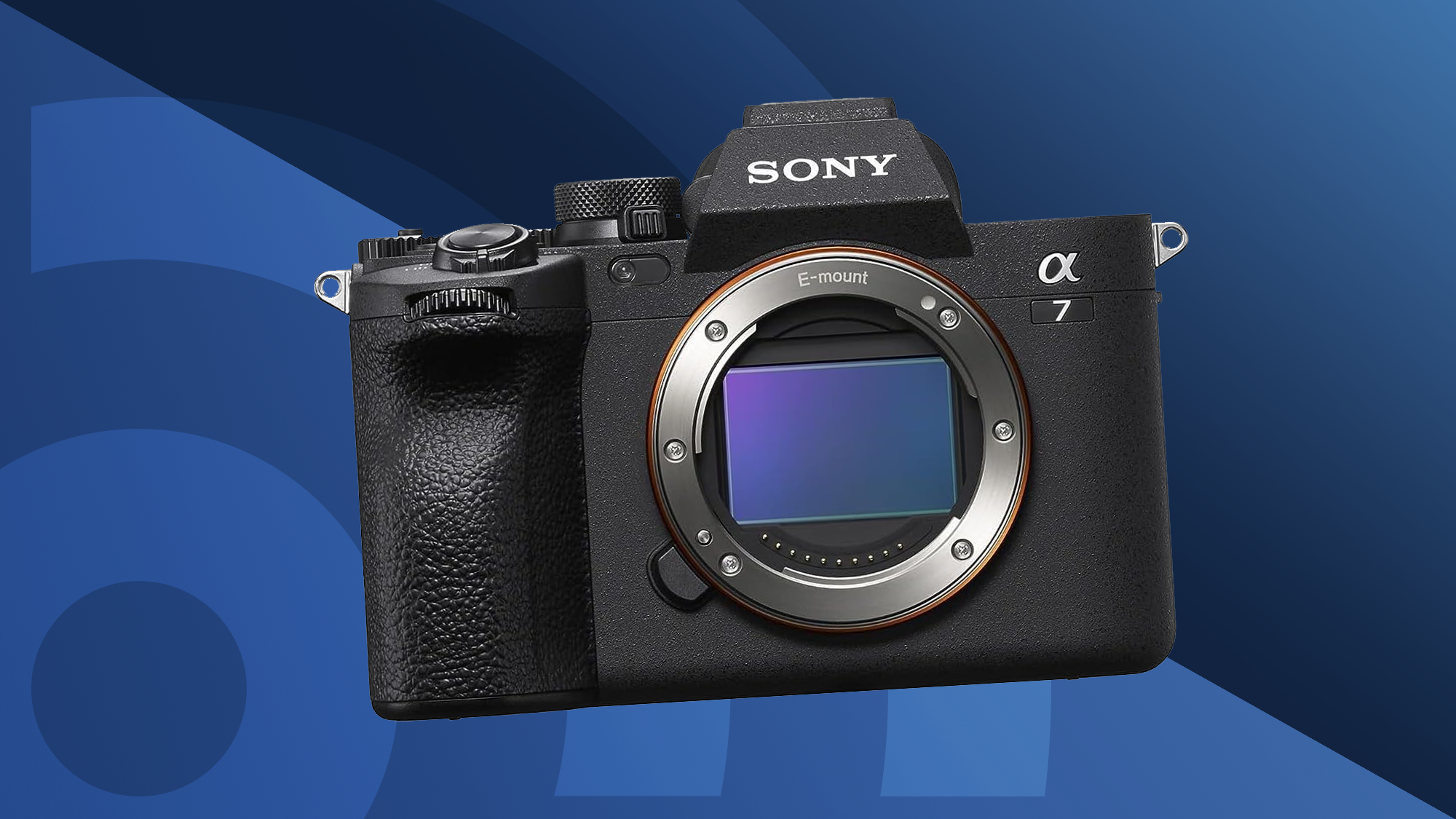
If you want the best image quality from a mirrorless or DSLR camera, full-frame is the way to go. Based on our in-depth reviews, full-frame sensors continue to deliver superb results in any lighting. The top full-frame cameras in 2025 also offer top-shelf performance. The format is just for pros, though: you’ll find a number of more affordable options featured below.
Full-frame cameras don’t all look the same. Action, landscapes or a bit of it all: there are full-frame options for most needs and budgets. We’ve tried to cover all bases with our recommendations below, all of which are based on feedback from our expert team. You’ll find advanced hybrids like the Nikon Z8, as well as stills-first models including the Canon EOS R5 II.
Our pick of the bunch is the Sony A7 IV. It’s a superb all-rounder with a 33MP sensor that’s highly capable for stills and video, paired with autofocus which is the class of the field. But we recommend that you dig into our guide to get the full picture of what’s out there. We’ve distilled our test results into readable entries and divided the overall list to suit different users.
Top 3 picks
The summary below gives you an instant overview of the best full-frame cameras for every budget. When you find one that looks right for you, use the links beneath each entry to jump down to our full write-up.
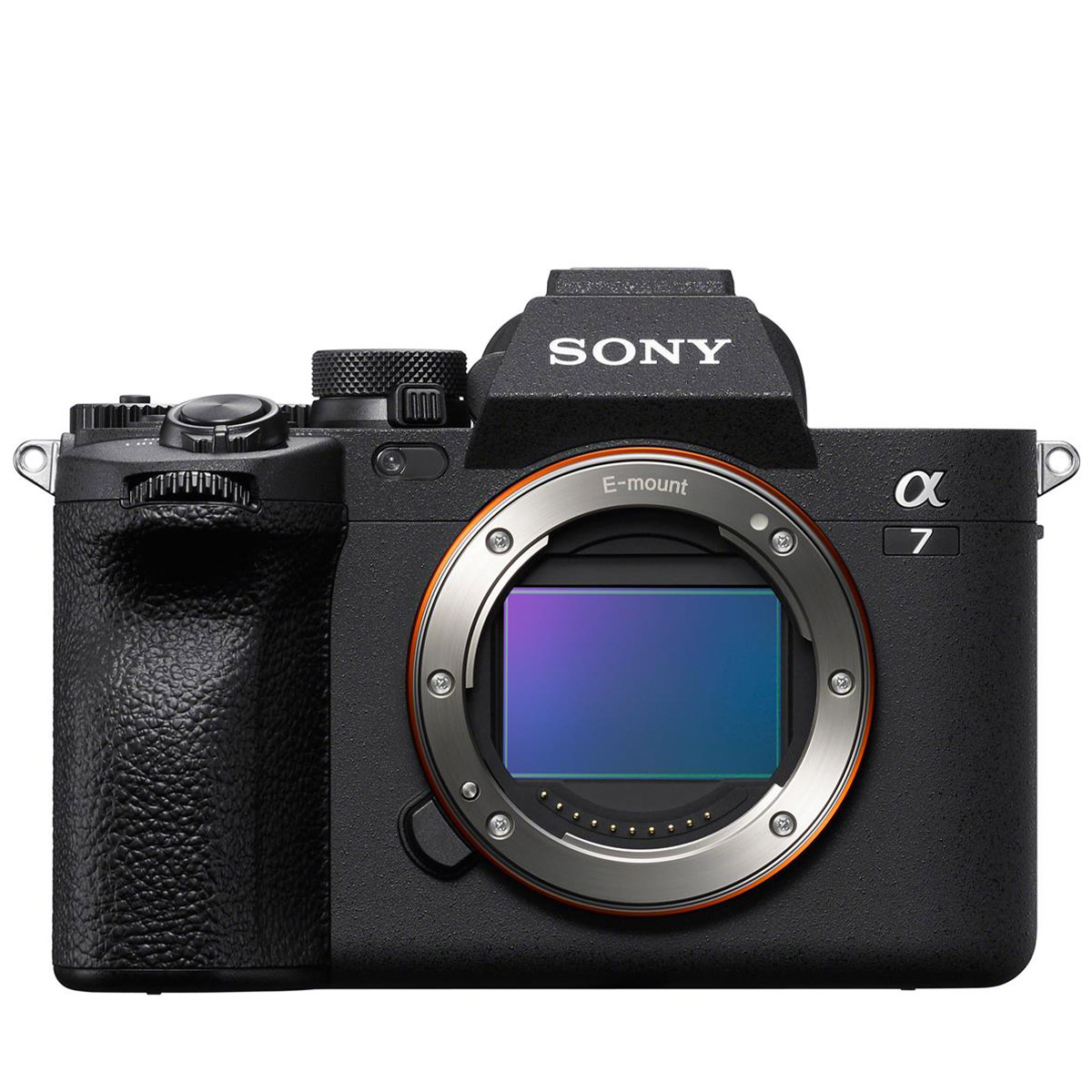
The best for most people
With top-spec autofocus, powerful video skills and an impressive 33MP sensor, the Sony A7 IV is the best full-frame hybrid right now.
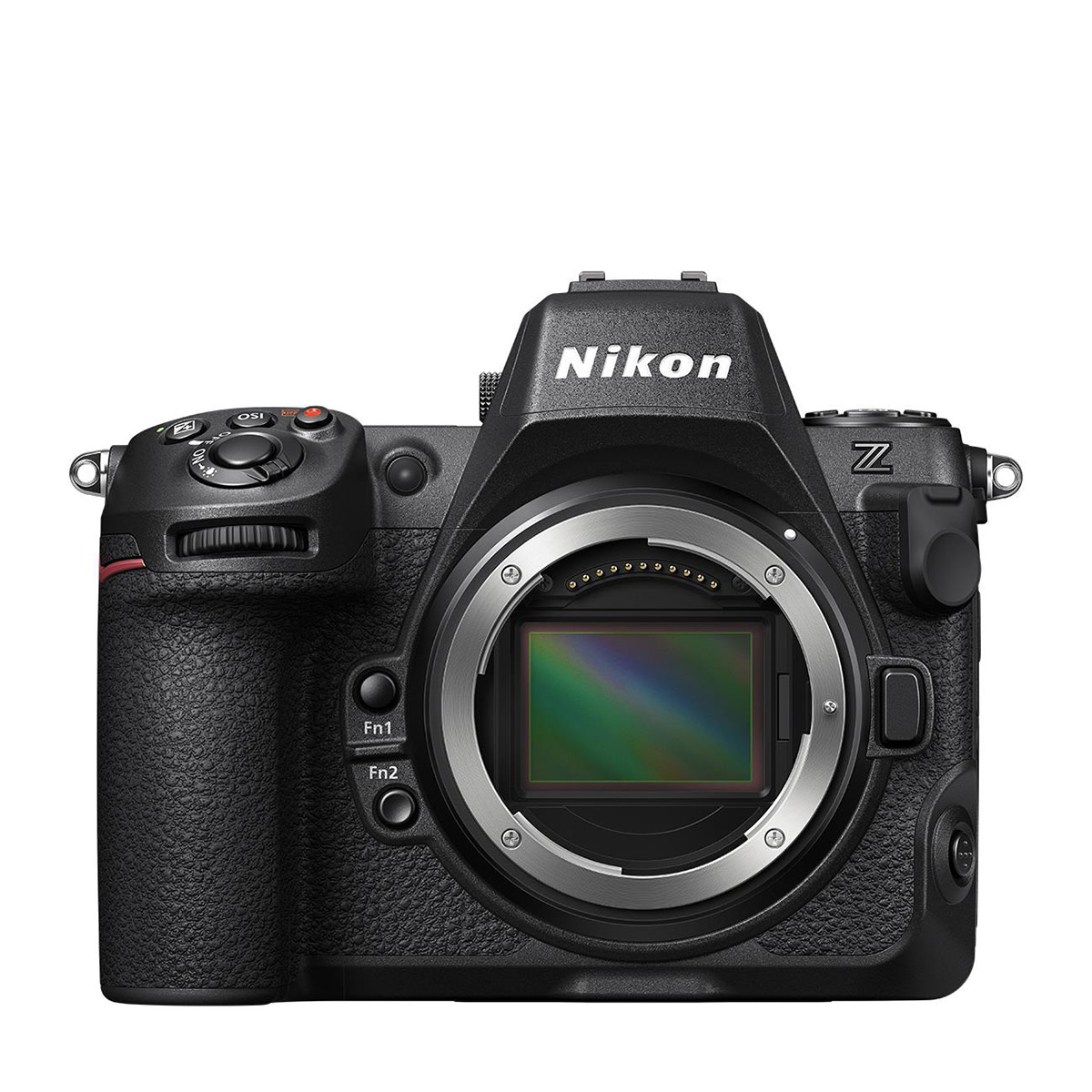
The best advanced option
Taking the best bits of the Z9 and packaging them in a smaller body, the Z8 offers flagship quality and performance for serious shooters.
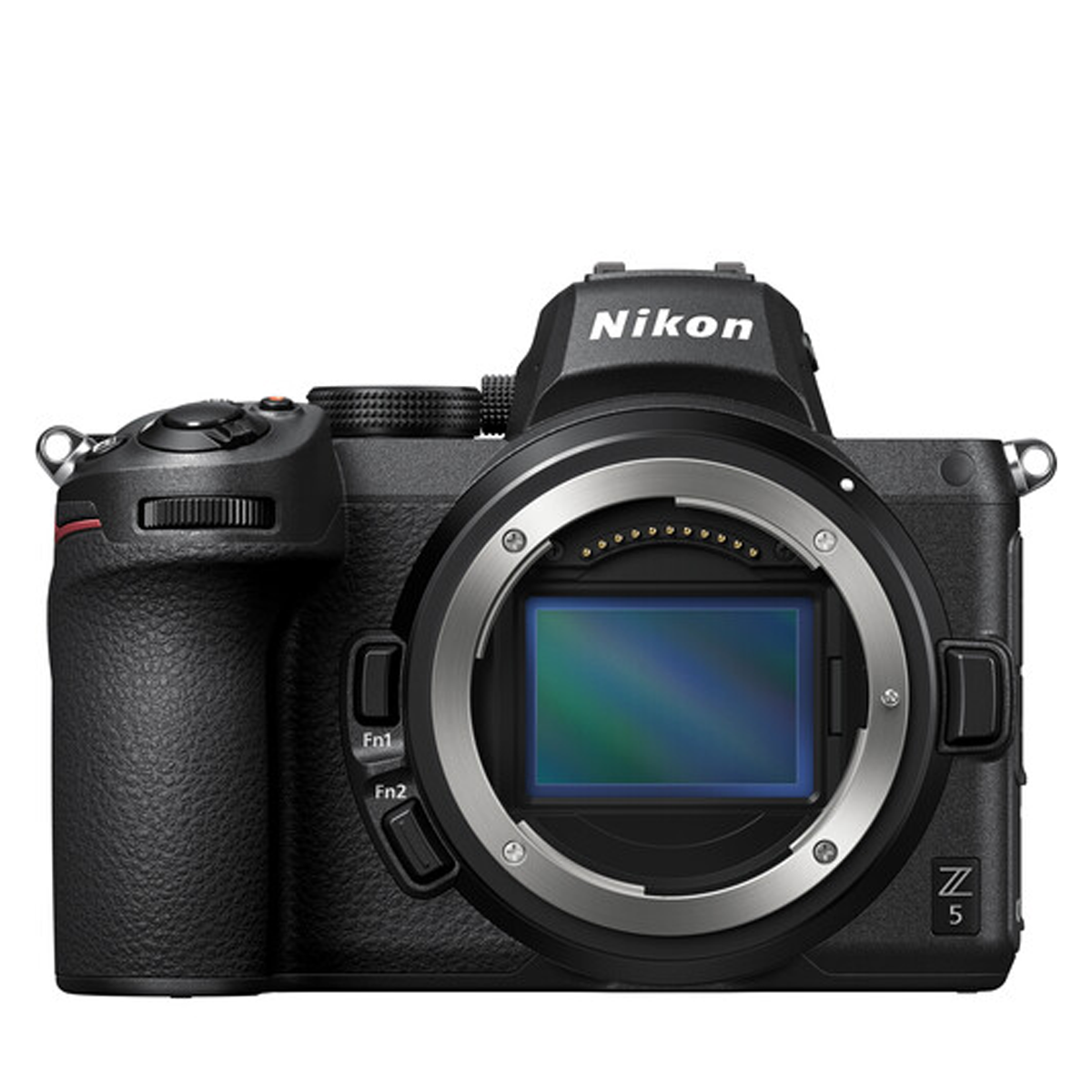
The best entry-level choice
There are better options for video, but its combo of great image quality, reliable autofocus and easy handling make the Z5 a solid first full-framer.
Best by use-case
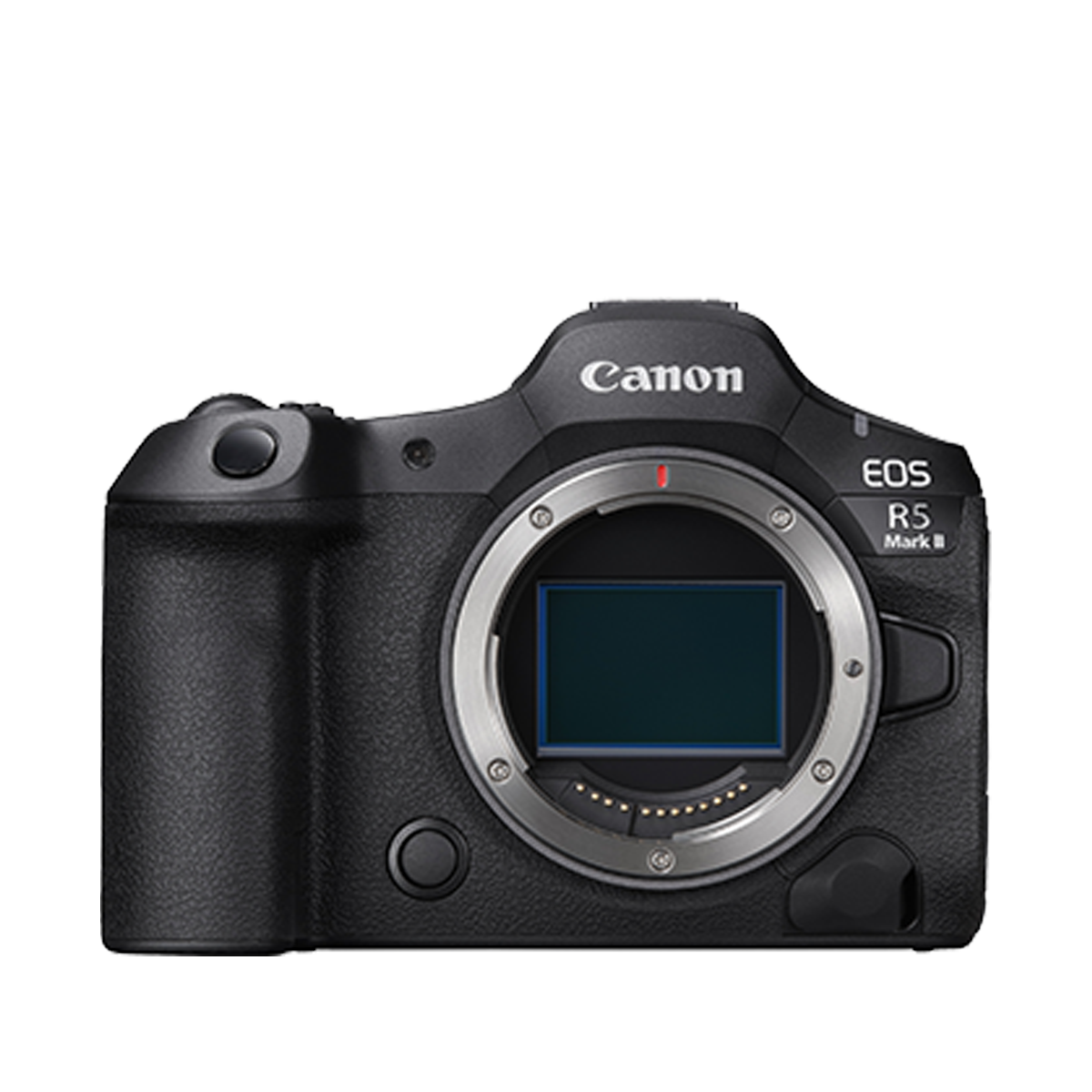
The best for photography
Faster and more feature-packed, the Mark II harnesses a stacked sensor and second processor for rapid burst speeds and near-perfect autofocus.
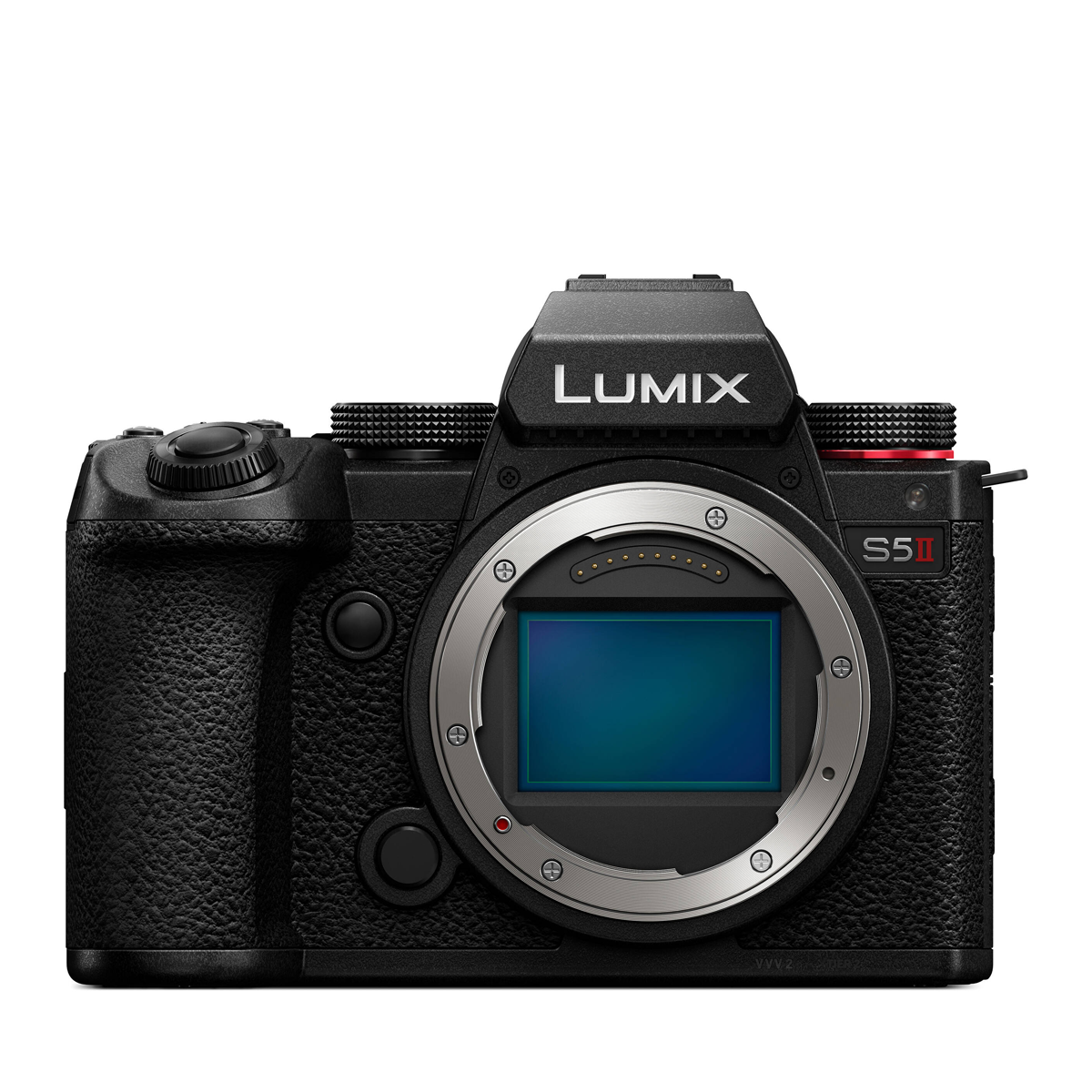
The best for video
With phase detect AF, an arsenal of recording modes and uncropped 6K footage that offers cropping freedom for social, the S5 II is a win for video creators.
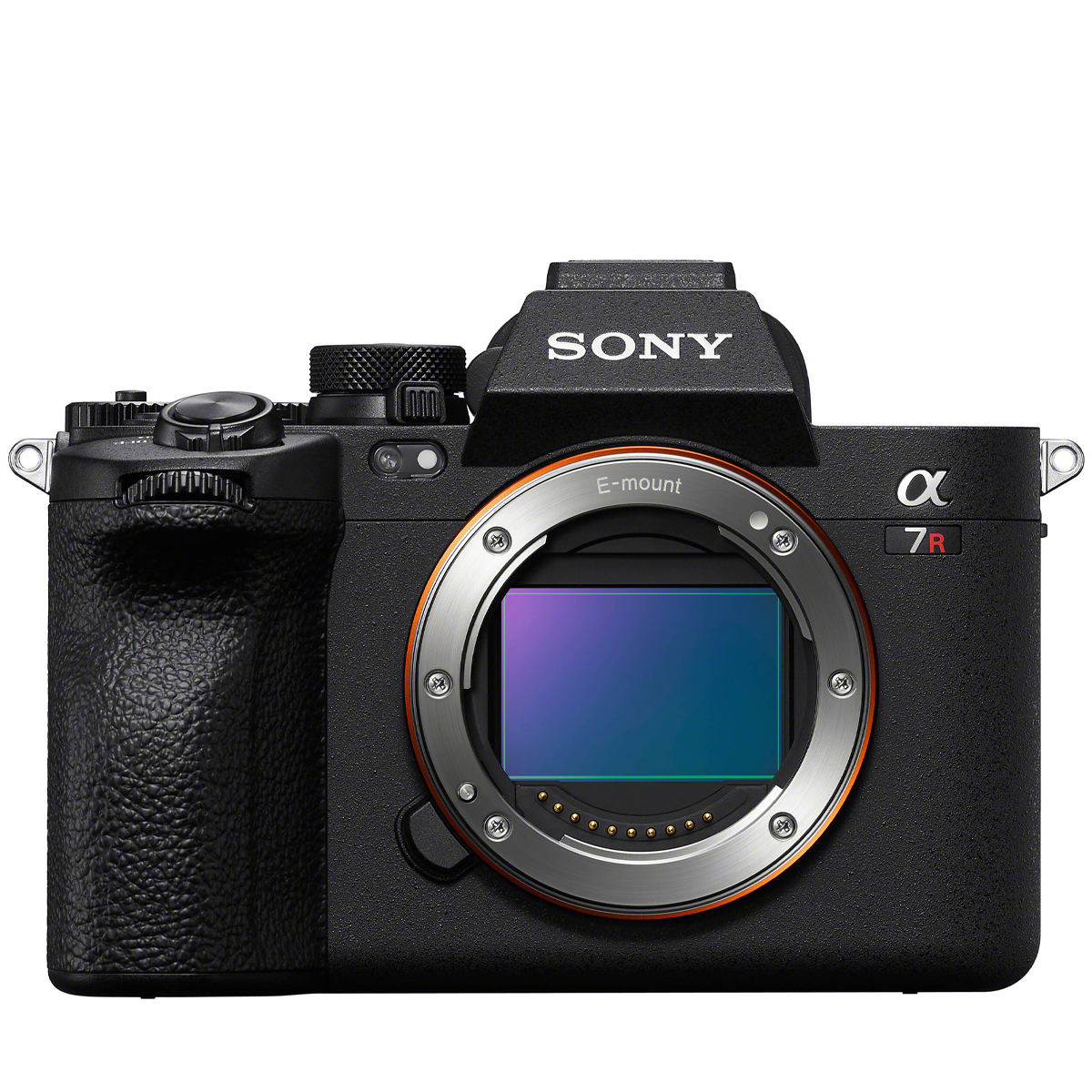
The best high-resolution
With a dedicated AI chip for improved subject detection autofocus, plus a 61MP sensor, the A7R V delivers stills with unmatched detail.
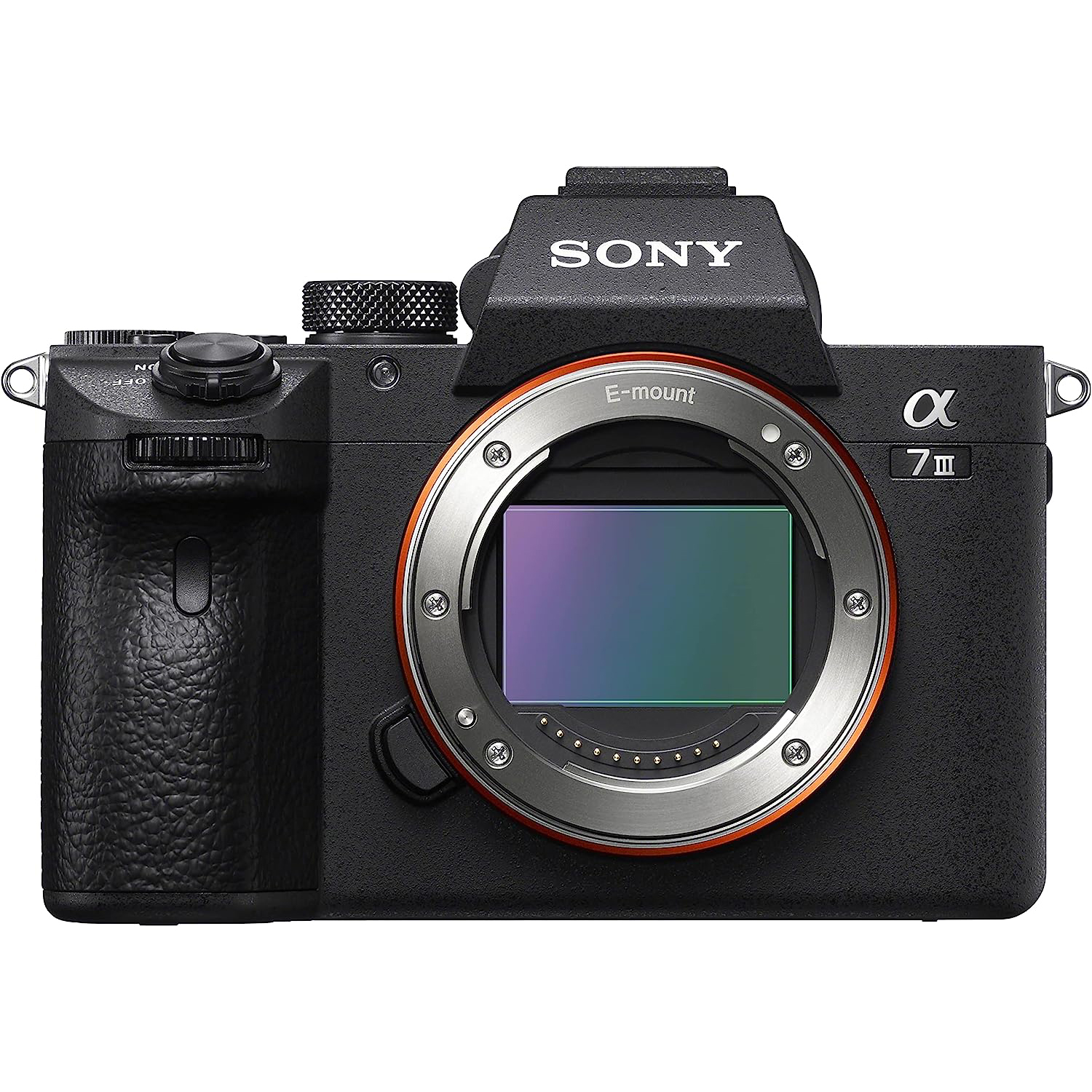
The best for sports
An innovative camera with a global shutter, the A9 III offers Sony’s fastest ever burst speeds, most reliable autofocus and not a hint of distortion.
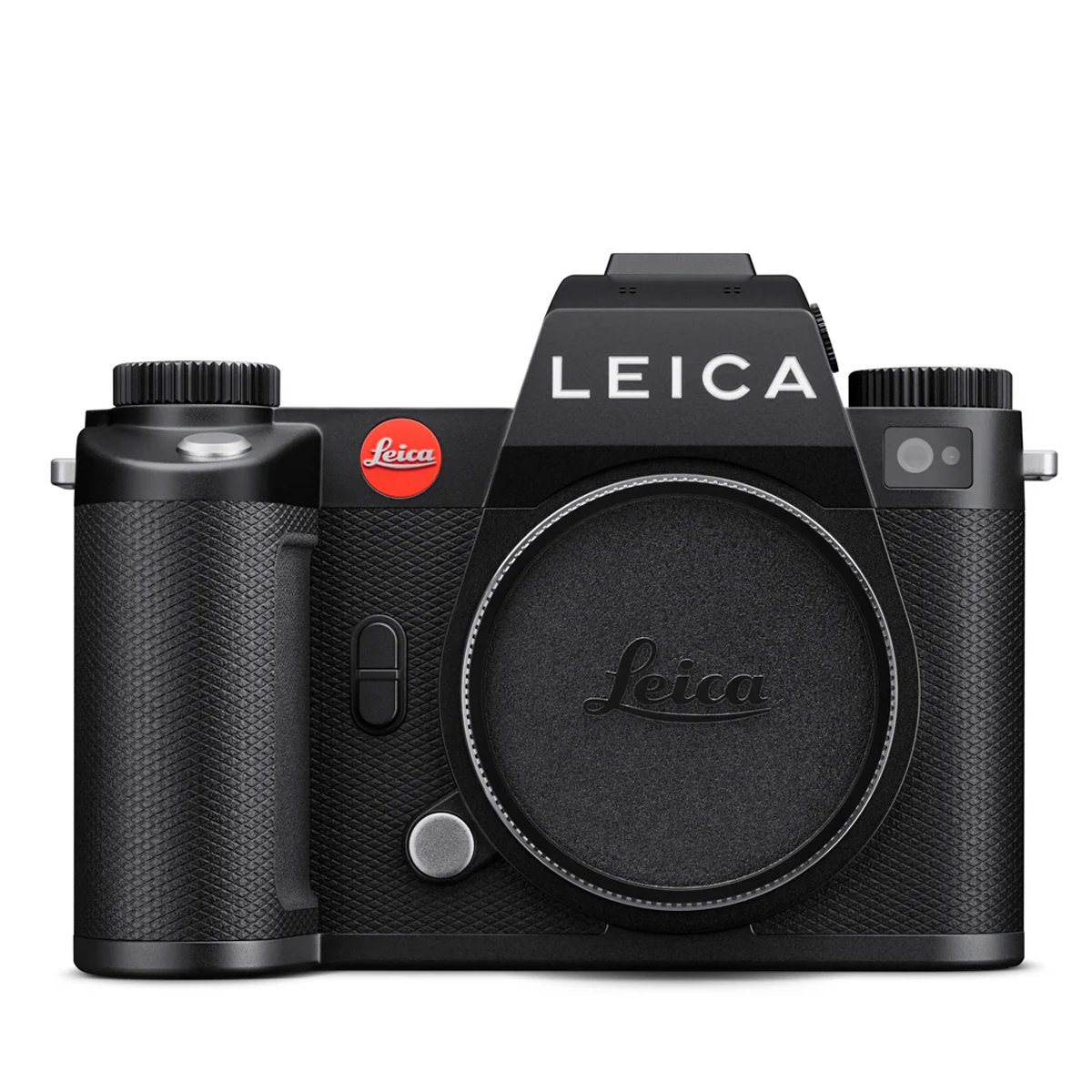
The best full-frame Leica
Its rivals are strong, but incredible build quality, phase detect AF and a 60MP sensor make the SL3 the only full-frame choice for fans of the Leica experience.
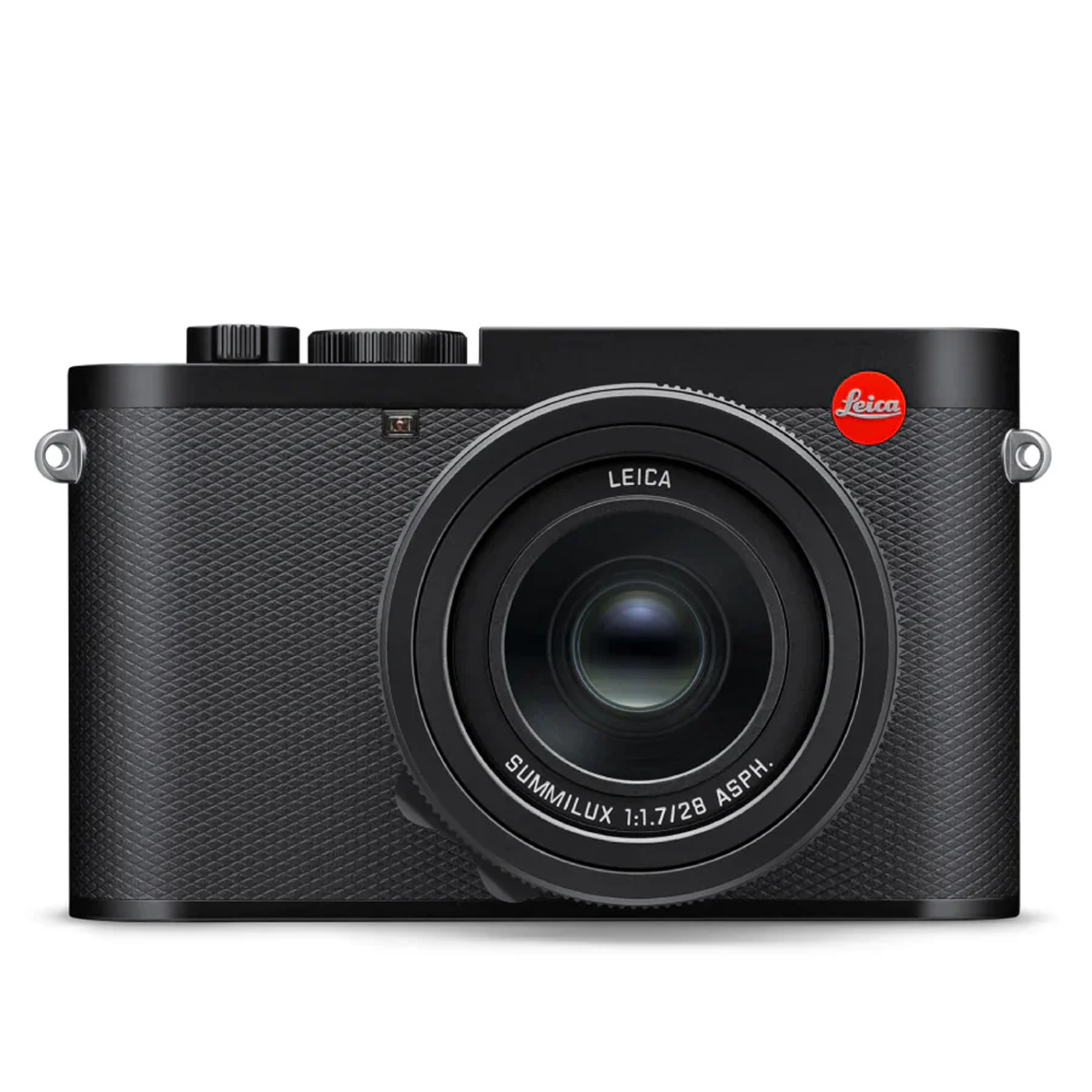
The best premium compact
No other compact camera can match the superior performance, build quality and tactile handling of the Leica Q3 – which also explains the price tag.

Tim is TechRadar's Cameras Editor. With more than 15 years’ experience as a photographer and journalist, Tim has shot with many of the best full-frame cameras. As a result, he's acquired a comprehensive practical knowledge of what makes a full-frame camera worth considering. He notes, “almost all of the best full-frame cameras in 2024 are mirrorless models, but you'll also find a handful of capable DSLR options in our list. Most of these are hybrids designed to shoot both images and video, but if photography is your focus, you’ll find better value from a stills-focused camera.
Best full-frame cameras in 2025
Why you can trust TechRadar
Below you'll find full write-ups for each of the best full-frame cameras in our list. We've tested each one extensively, so you can be sure that our recommendations can be trusted.
The best full-frame camera for most people
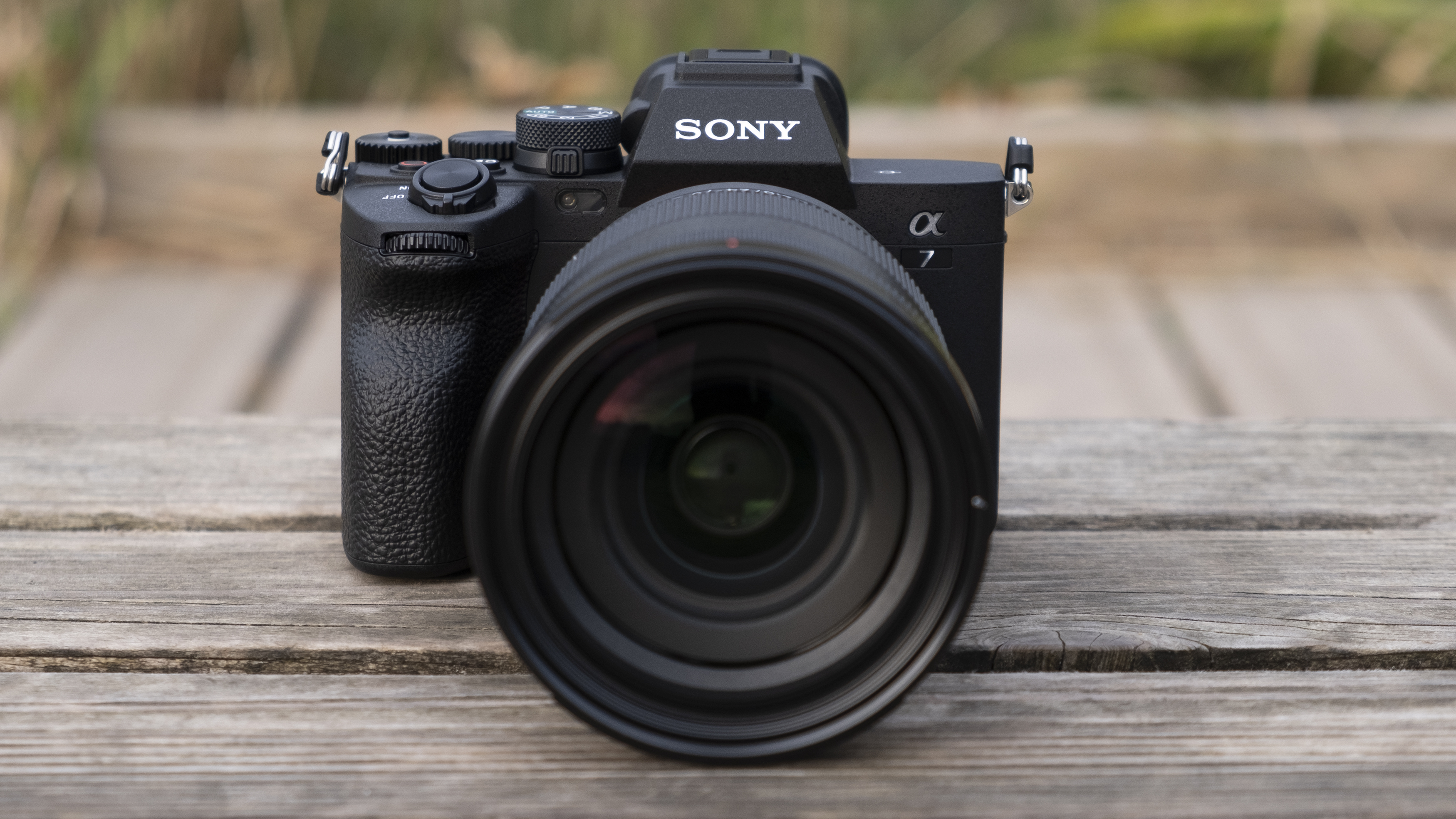
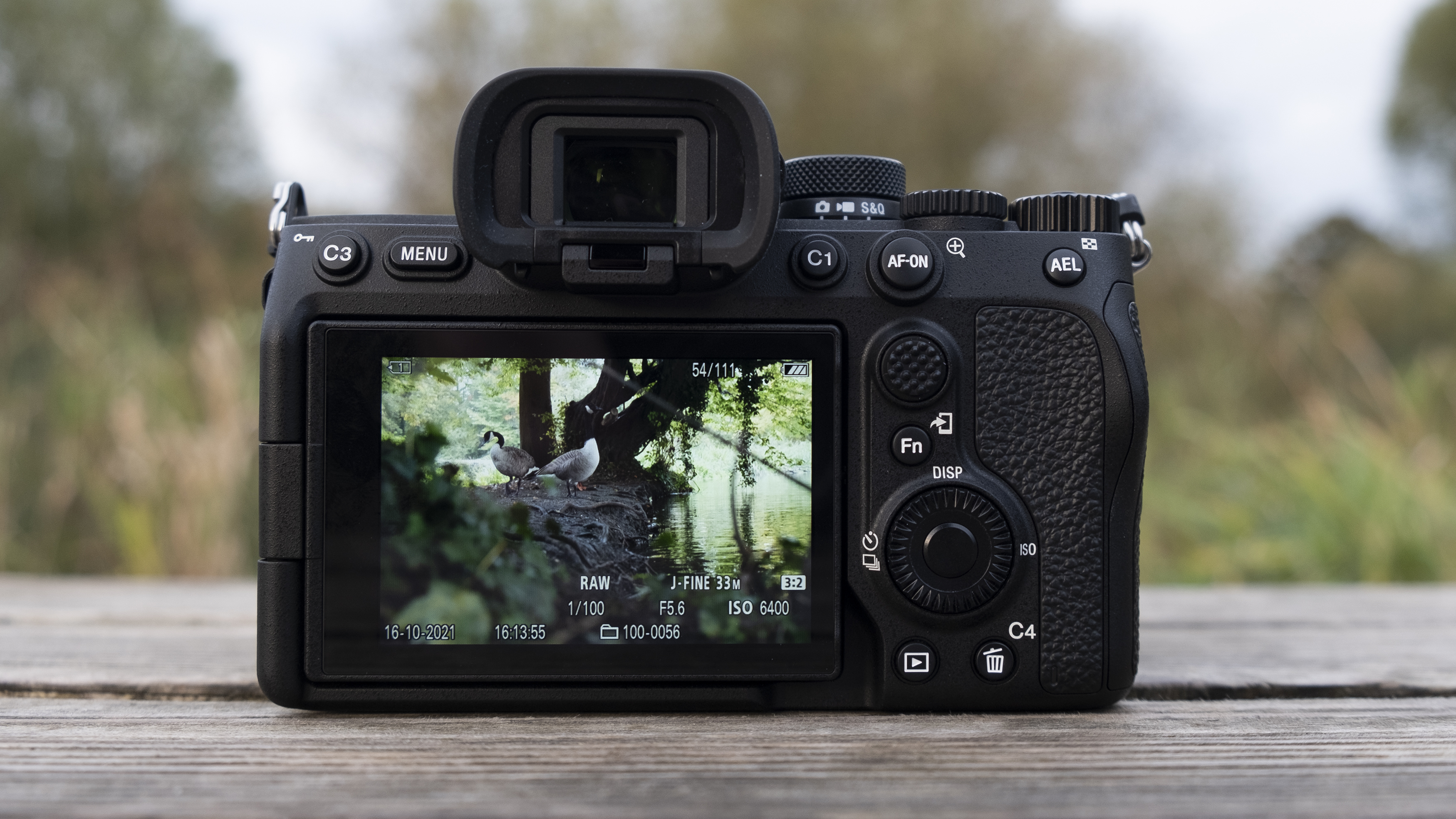
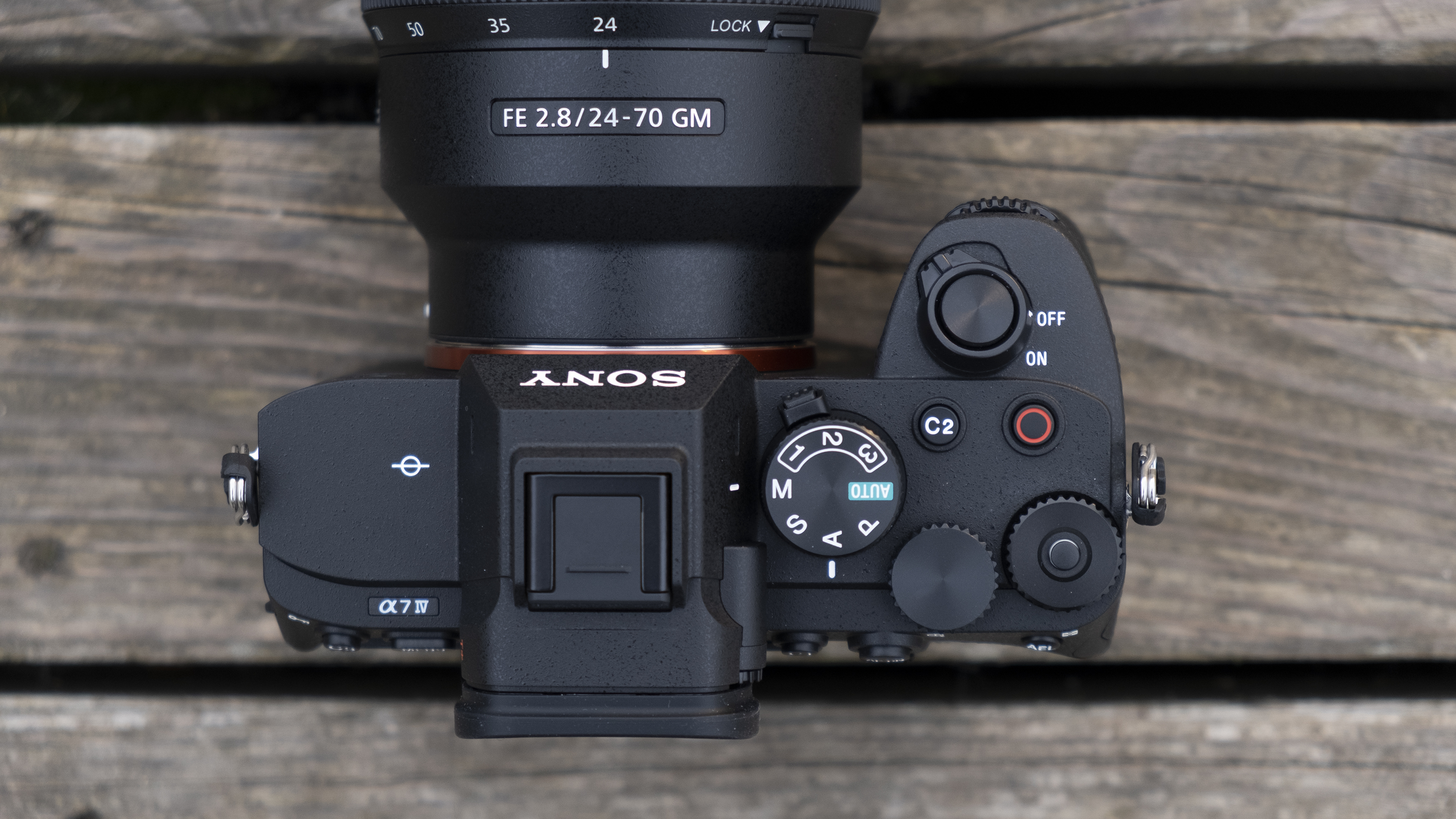
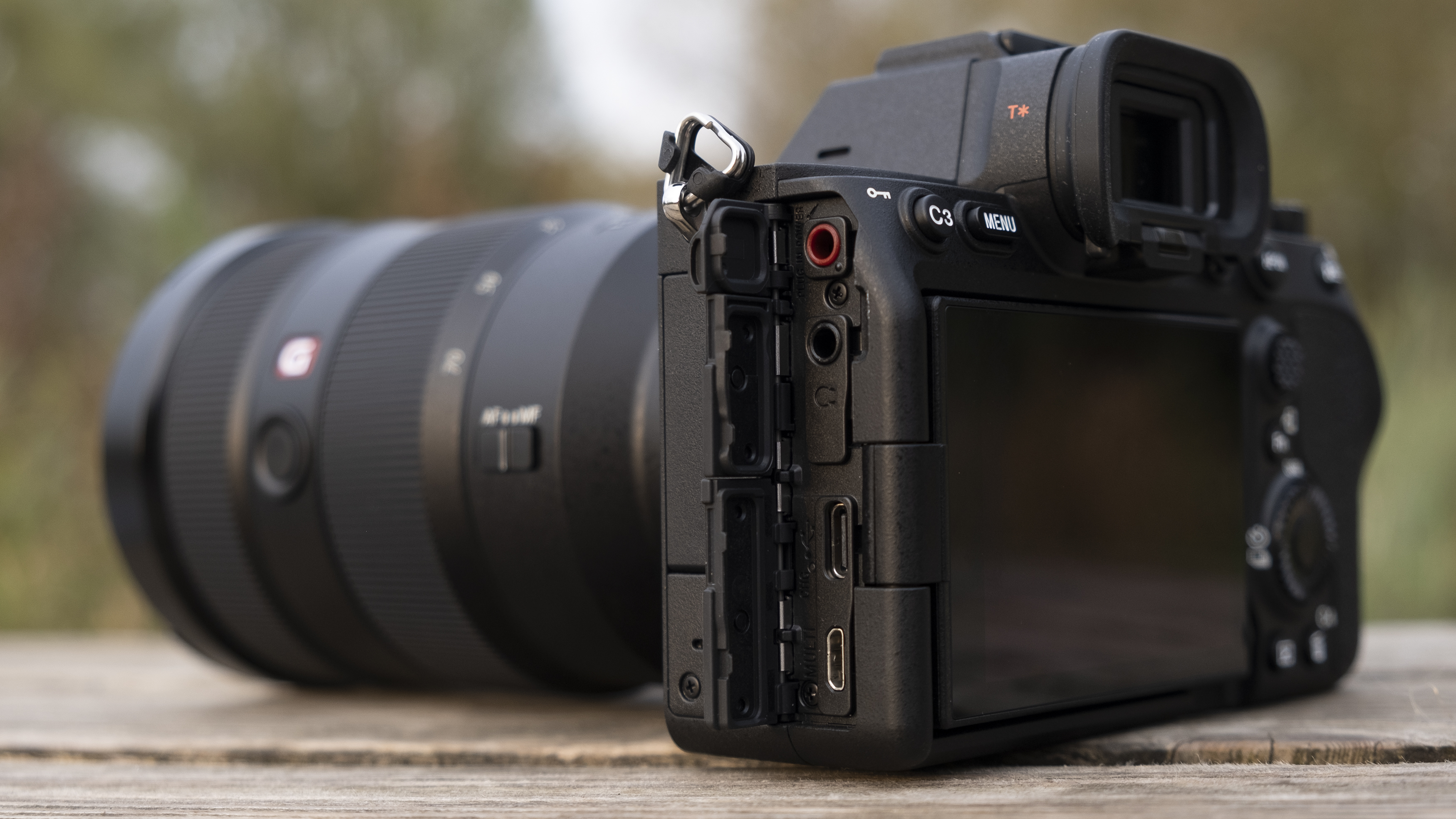
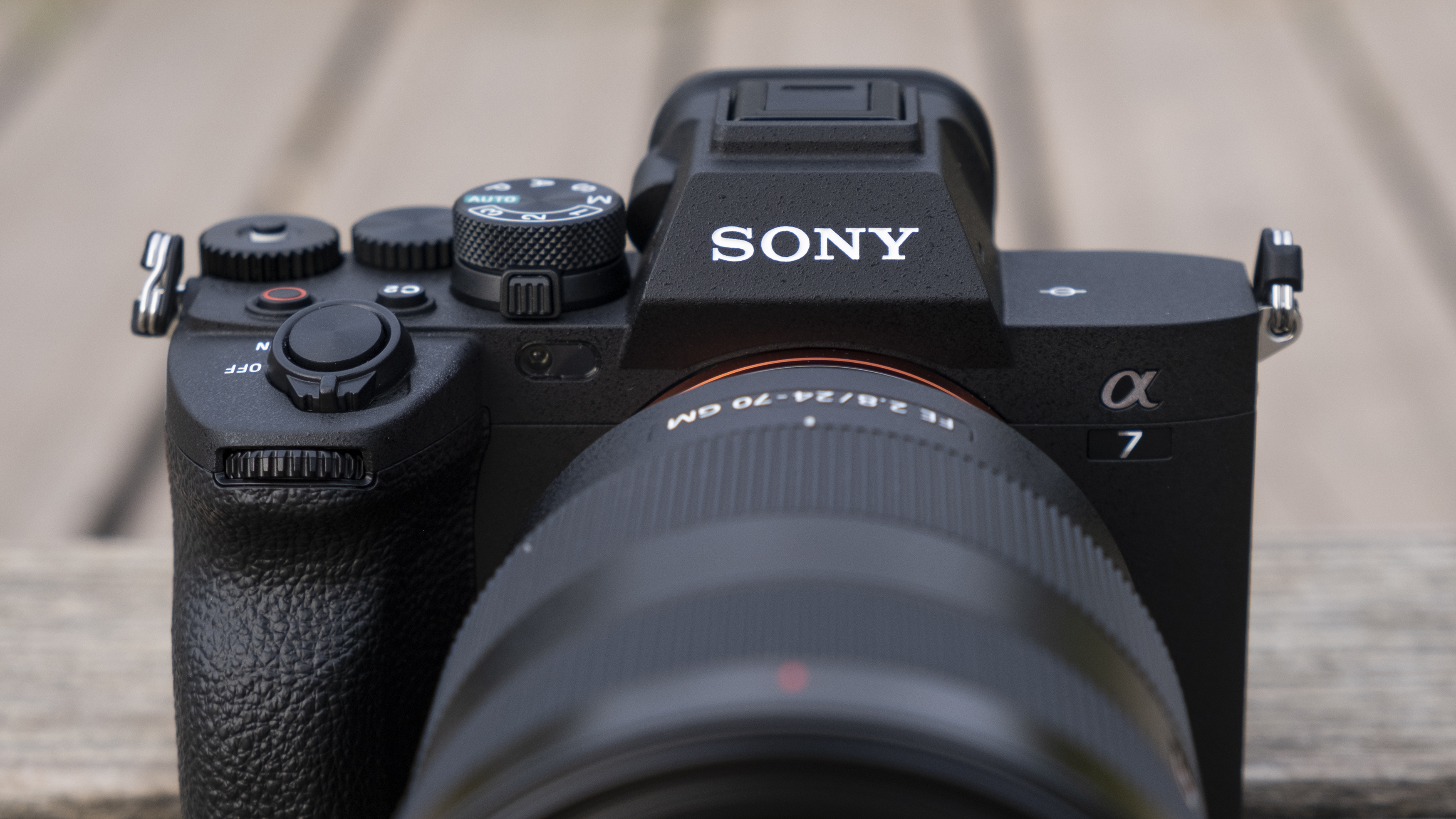
Specifications
Reasons to buy
Reasons to avoid
Sony A7 IV sample images
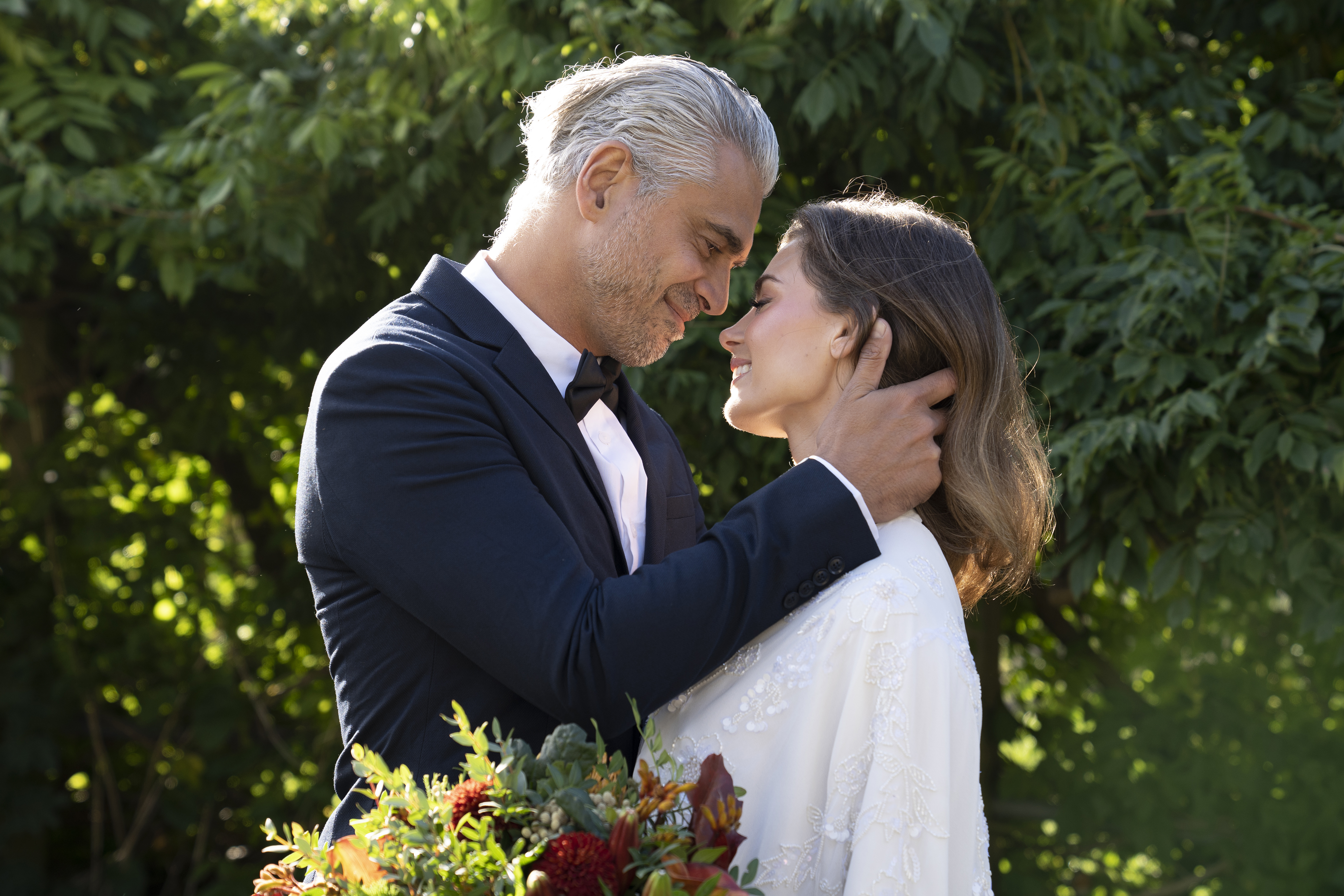
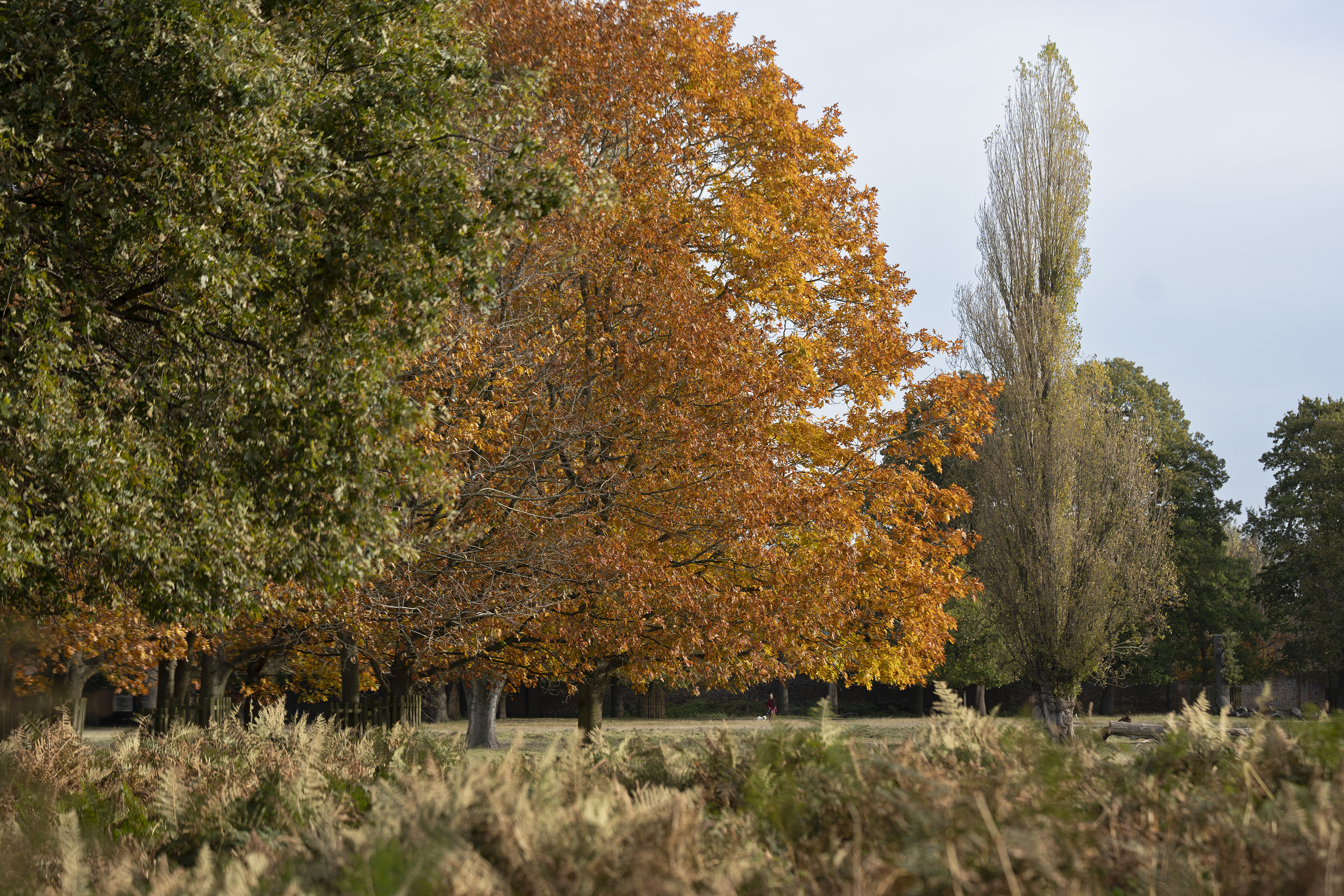
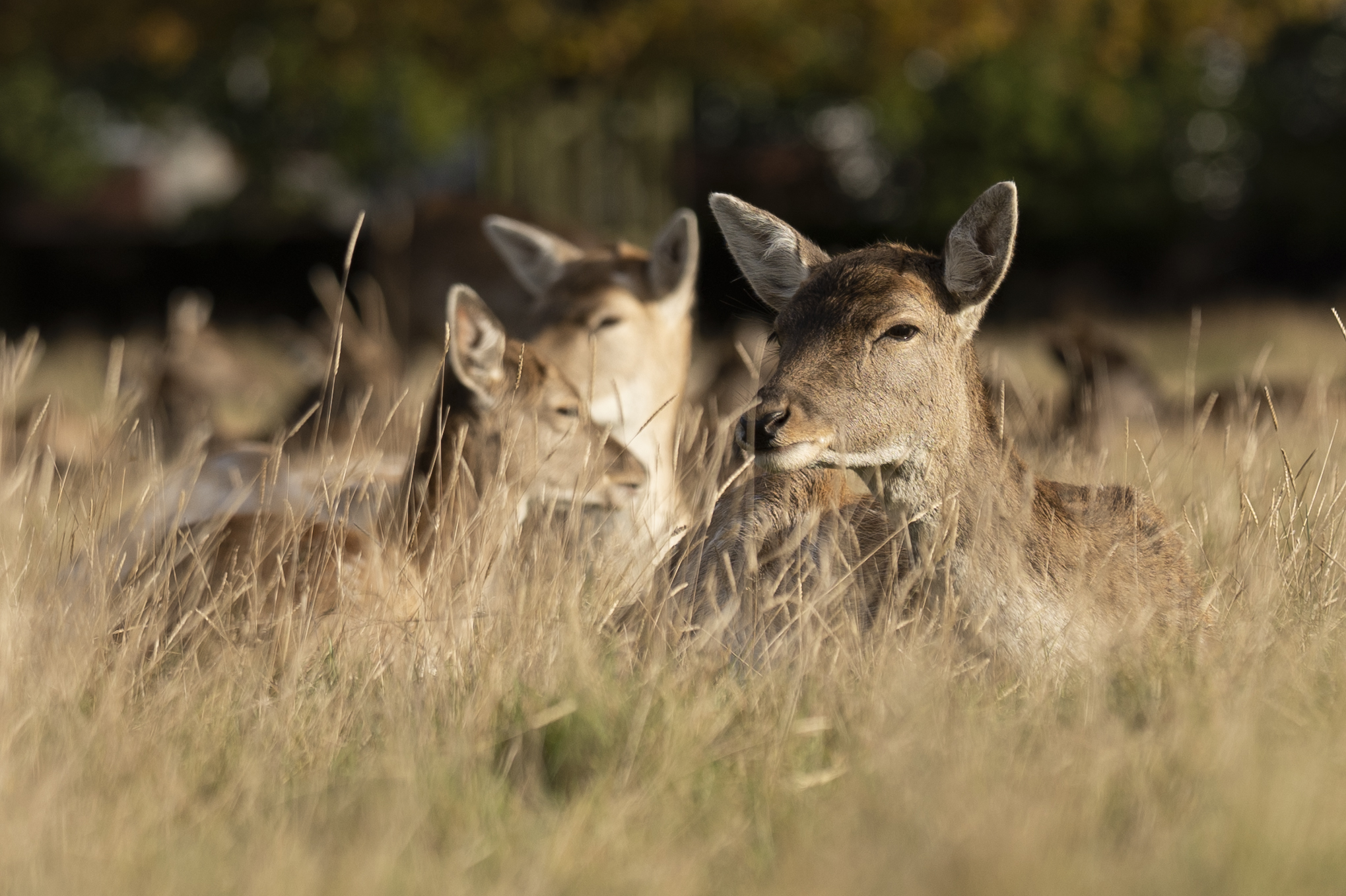
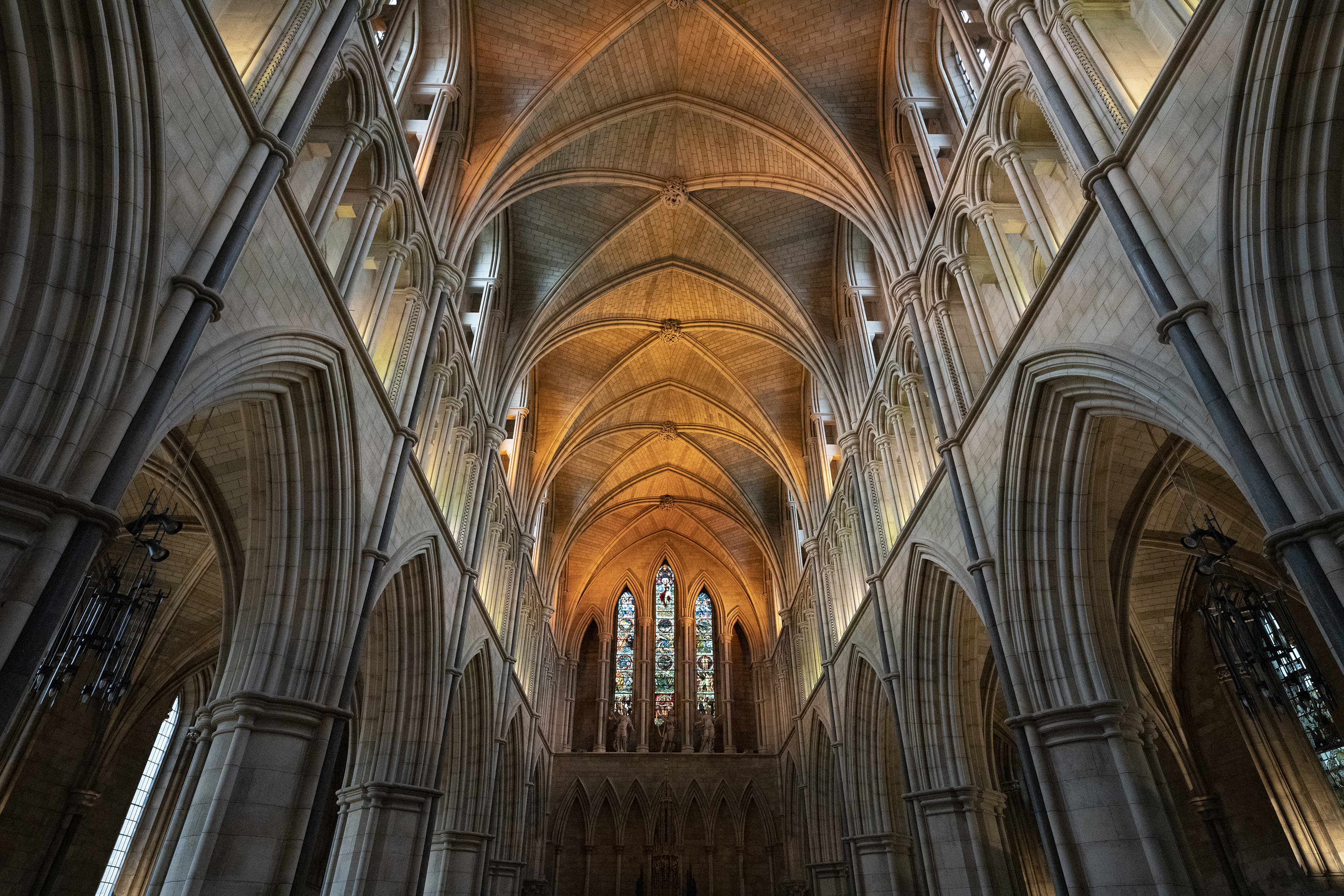
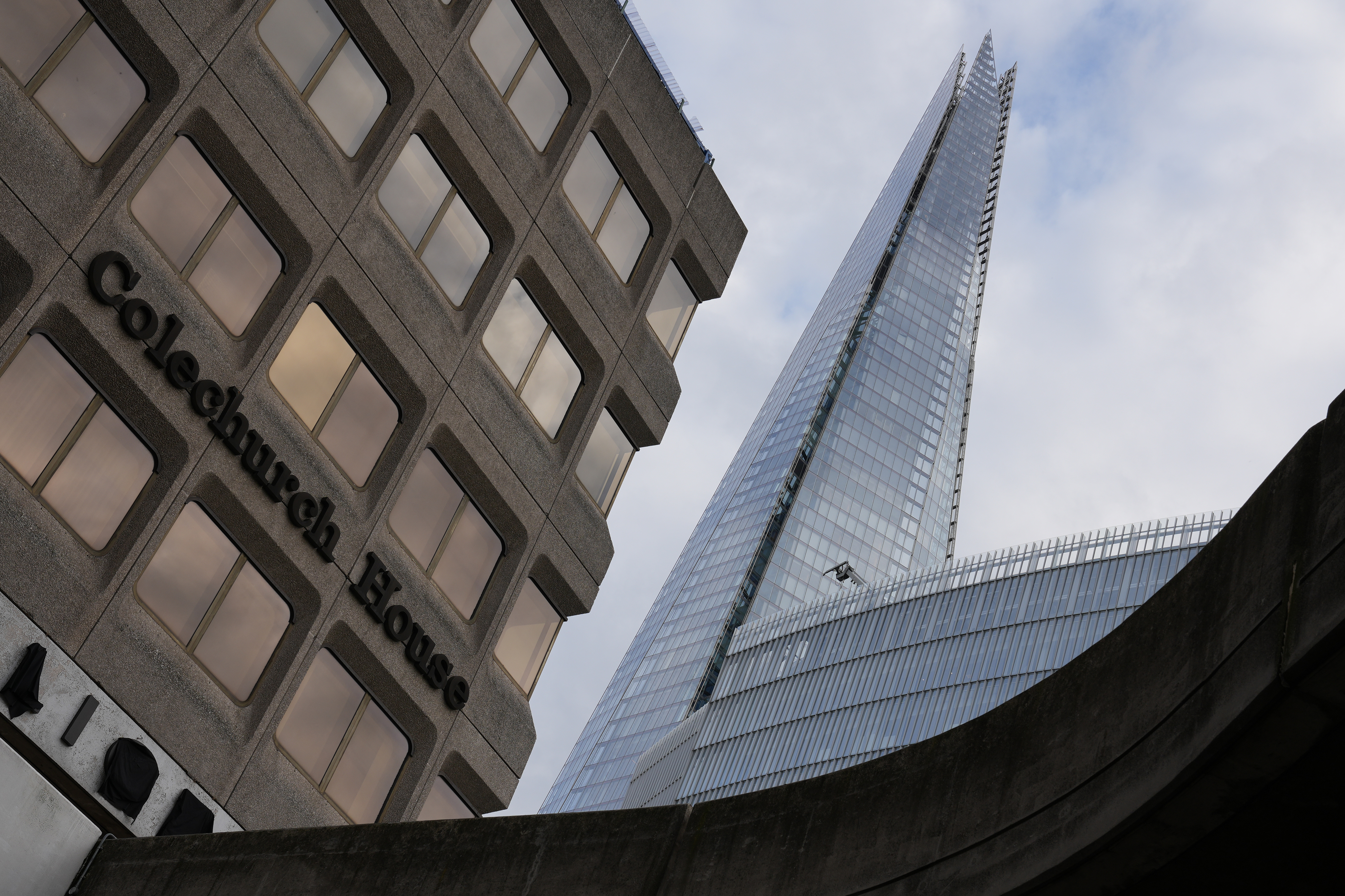
✅ You need a genuine all-rounder: There are better specialist cameras out there, but if you shoot a mix of subjects across stills and video, the A7 IV is a truly versatile solution.
✅ You’re upgrading from a DSLR: If you’ve been holding on to your trust DSLR for a full-frame mirrorless camera that ticks all the boxes, that could well be the Sony A7 IV.
❌ You shoot in the street: The A7 IV is powerful, but it’s also bigger and heavier than a lot of mirrorless cameras. Something like the Leica Q3 is a better bet for the street.
❌ You mainly shoot sport: Its performance is by no means sluggish, but there are better dedicated sports cameras if action is your main genre. The Sony A1 has faster burst speeds.
Sony’s A7 III has long been a full-frame favorite among enthusiasts, so improving on its superb skill set was never going to be easy. But in our review, we found that the A7 IV more than delivers. A price increase means it’s not quite the entry-level option that its predecessor was, but we think there its improvements do plenty to justify the inflation. While a new 33MP sensor doesn’t dramatically improve the quality of still images, we found that it does contribute to a versatile shooting experience that’s better all round.
Powered by a Bionz XR processor, our tests proved that this is a hybrid camera which is good in almost any situation. Though there’s a crop on 4K footage, Eye AF and 10-bit support also give it proper video chops. Sure, it’s not the easiest camera for beginners to get to grips with. Nor is it the best value for purist stills photographers. But add a huge CFexpress card buffer into the mix and we think the Sony A7 IV shapes up as a compelling full-frame all-rounder.
- Read our in-depth Sony A7 IV review
The best advanced full-frame camera
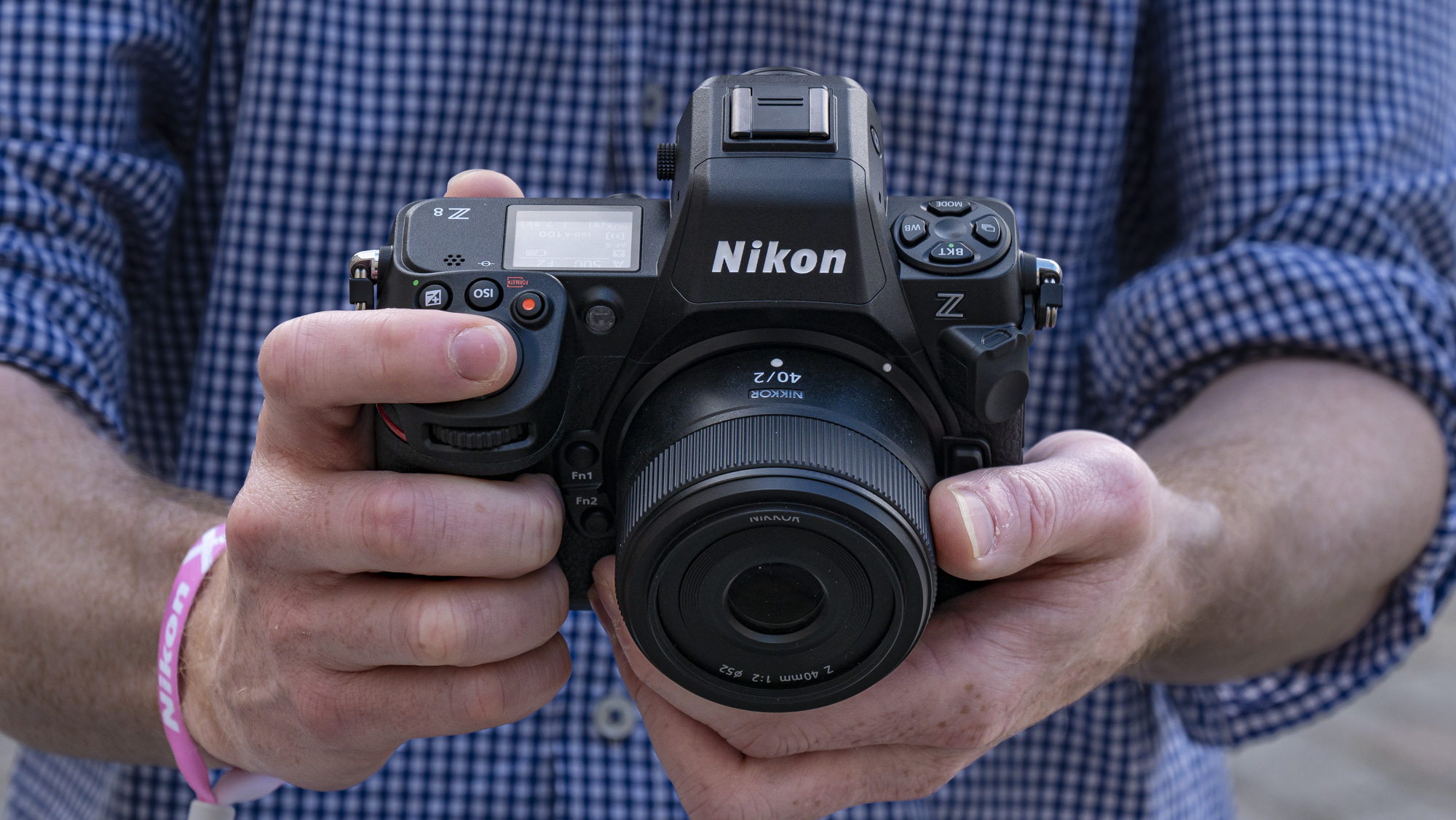
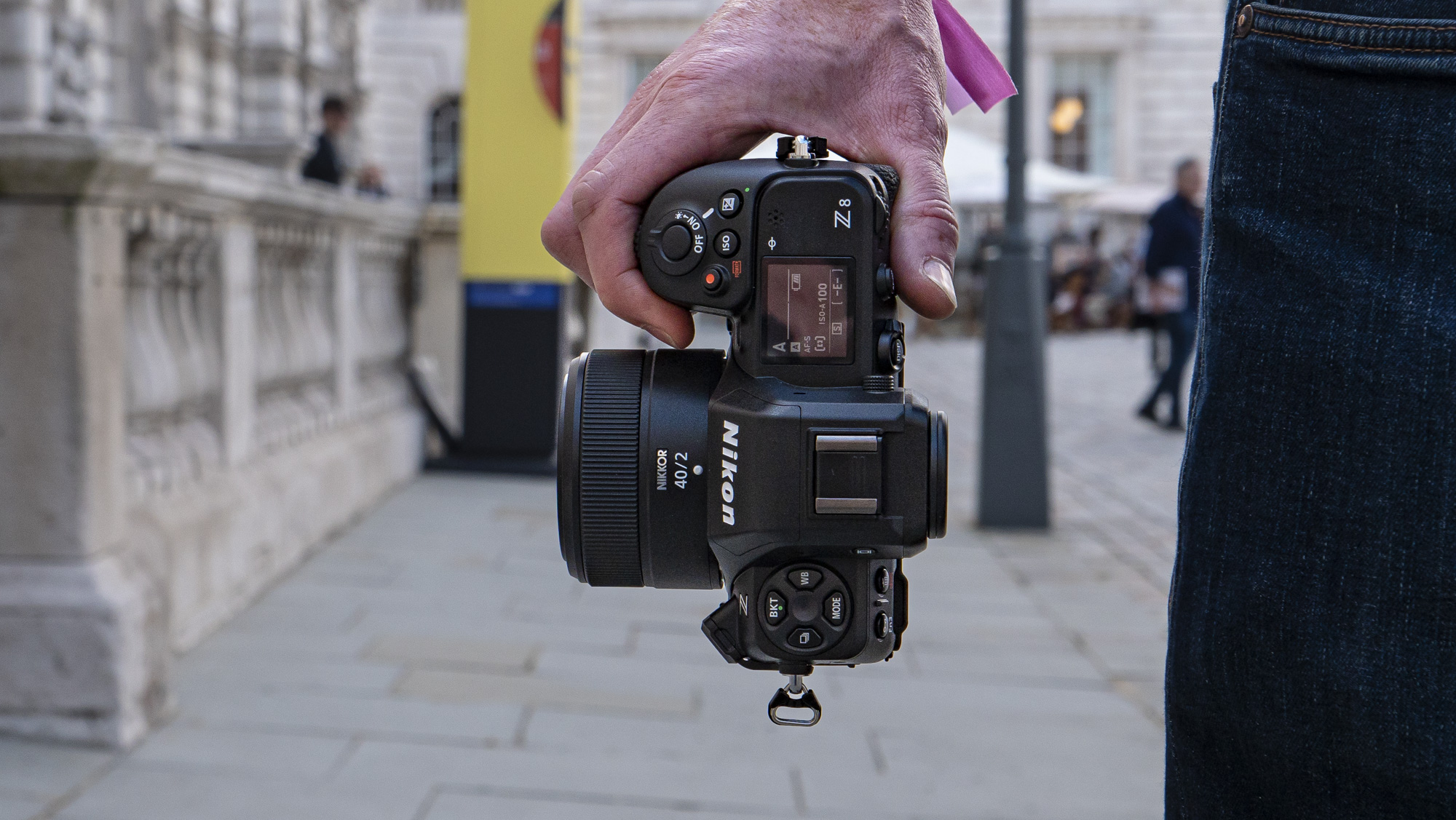
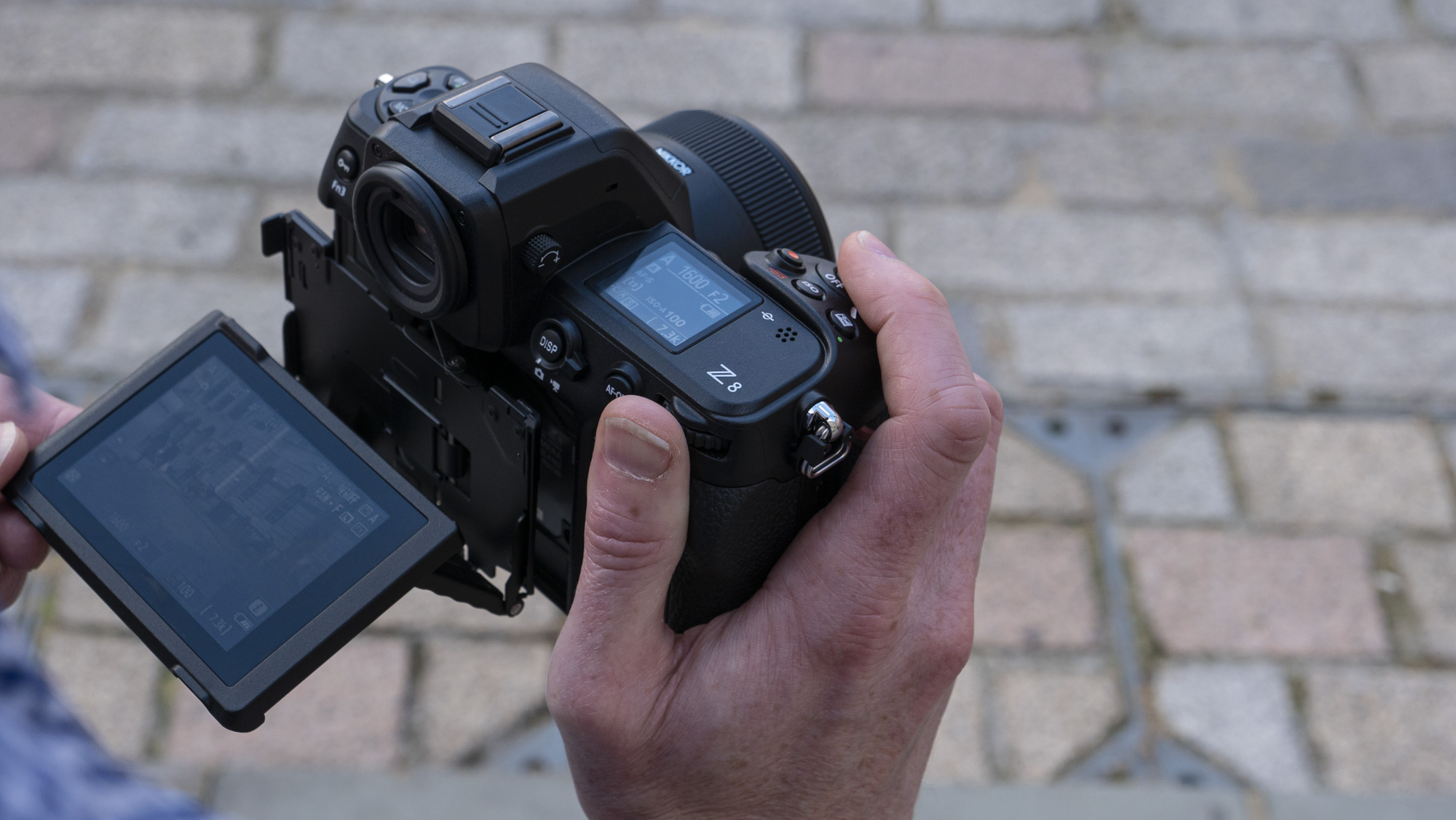
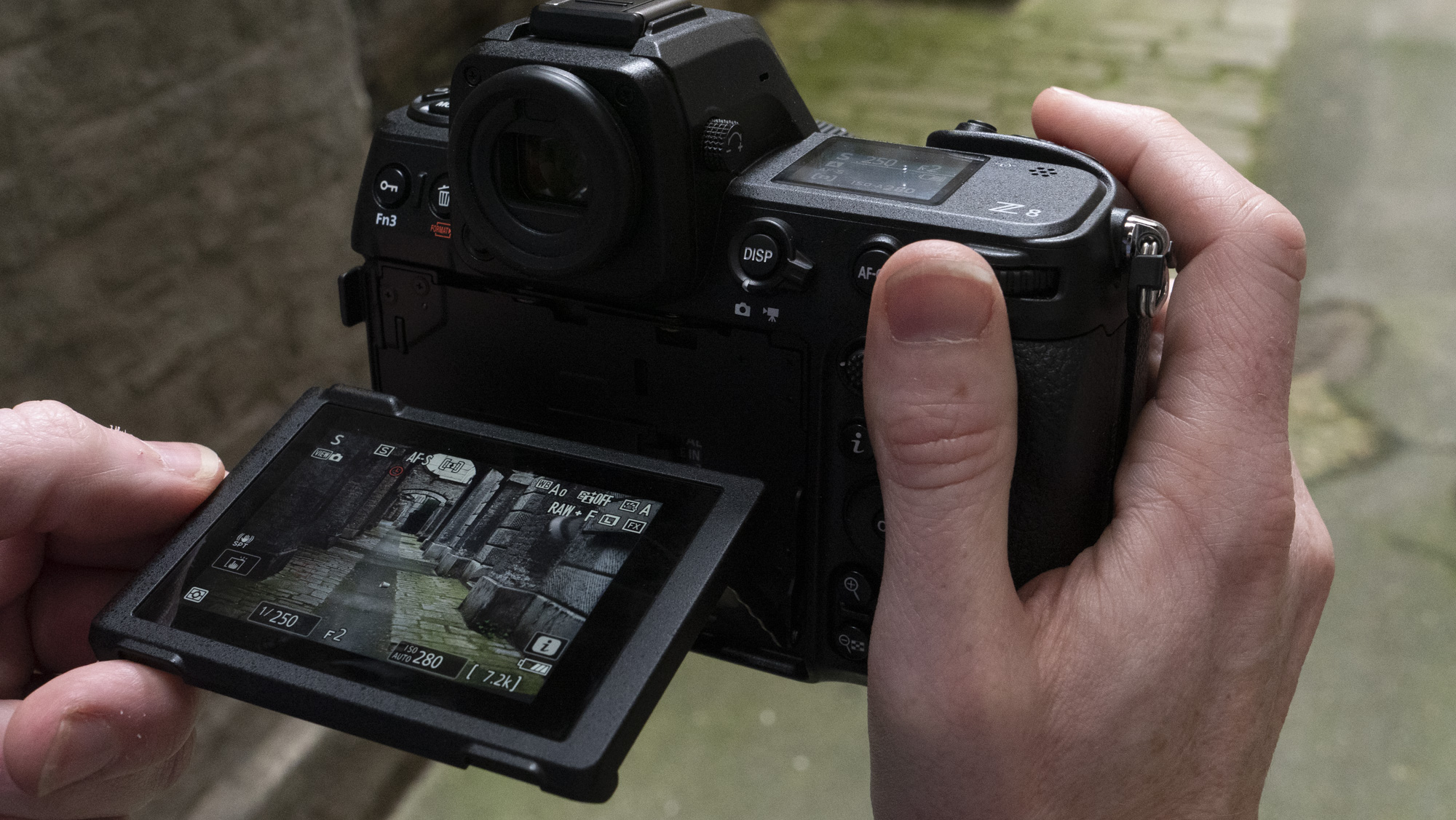
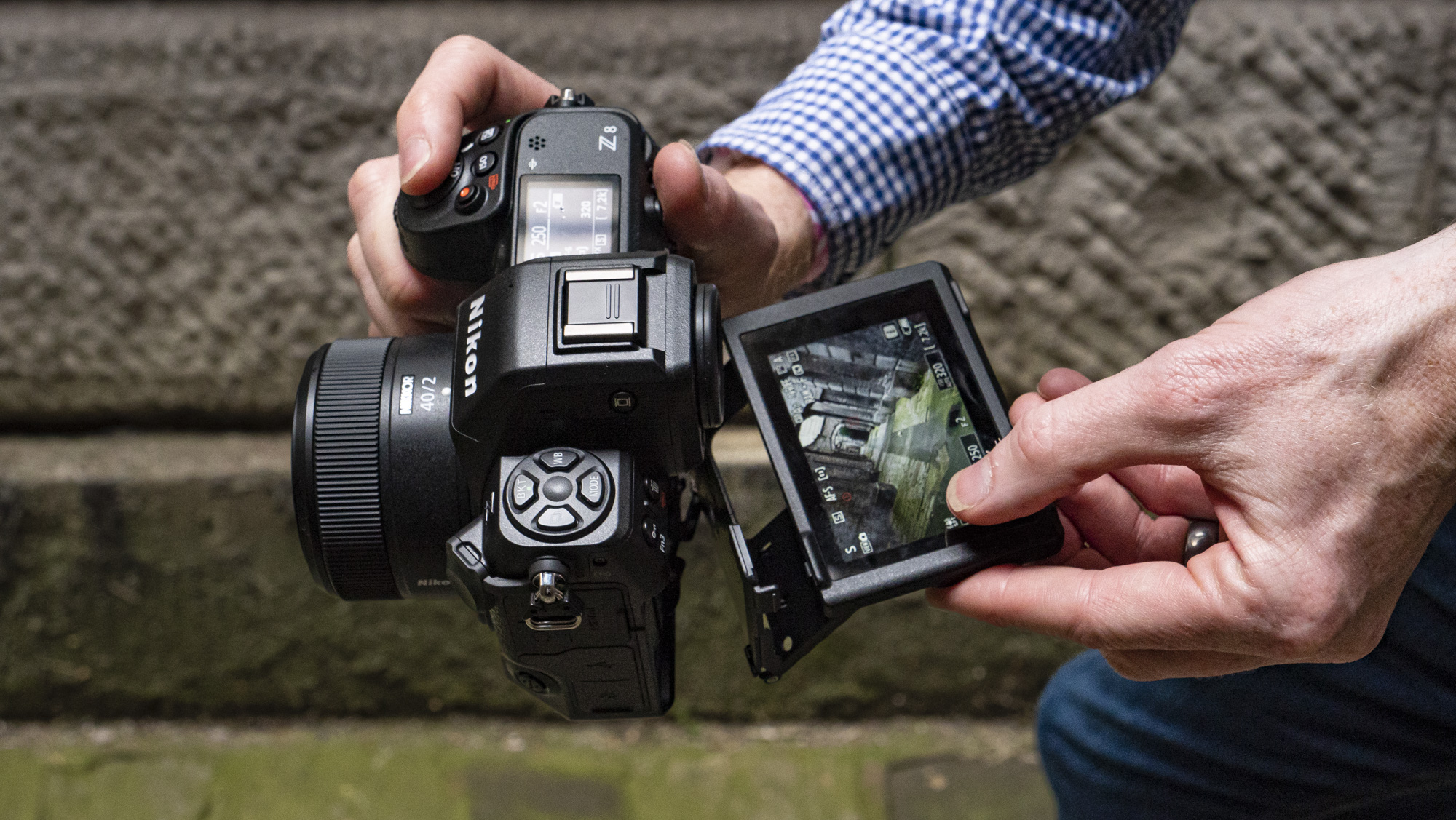
Specifications
Reasons to buy
Reasons to avoid
Nikon Z8 sample images
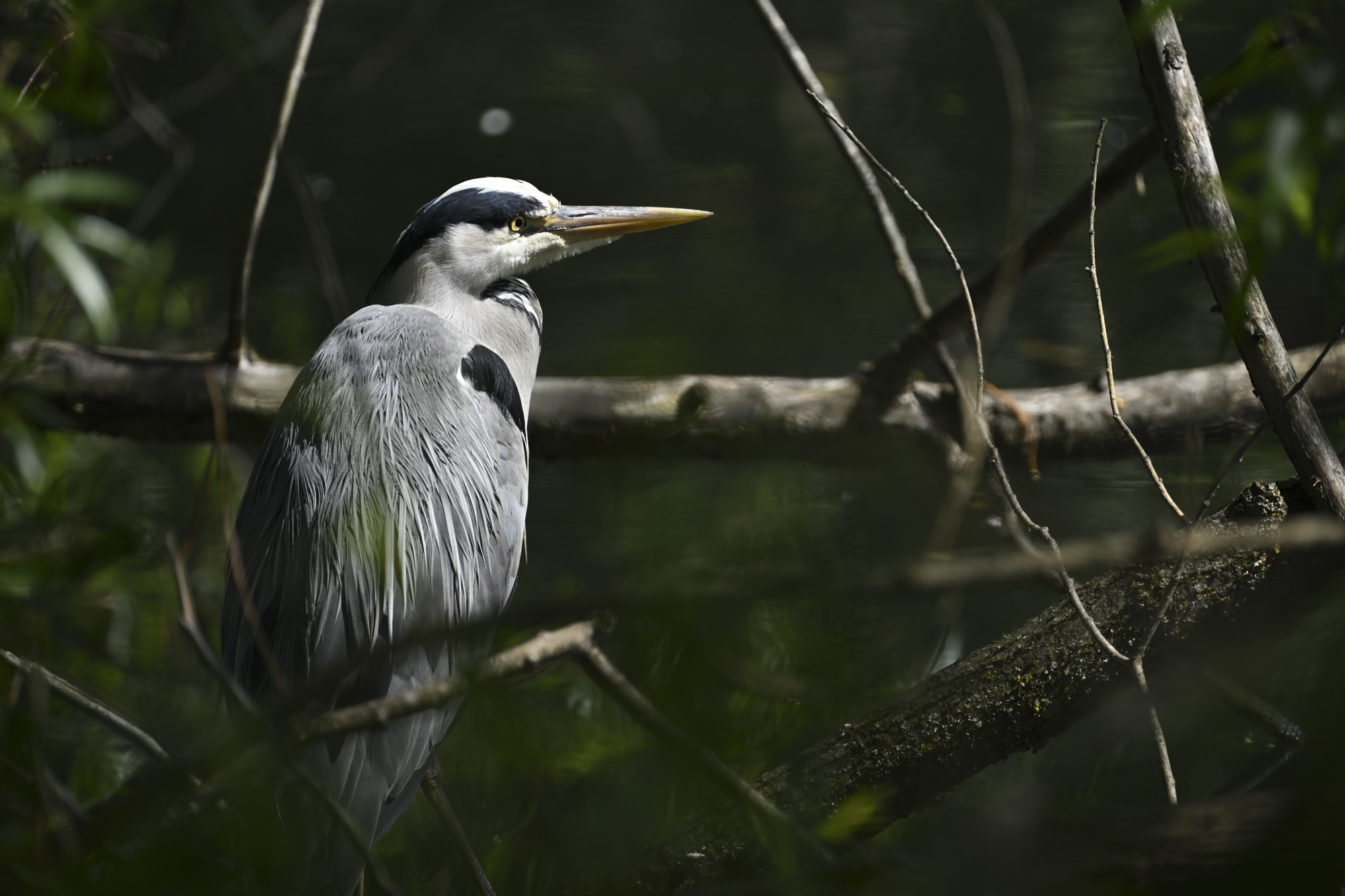
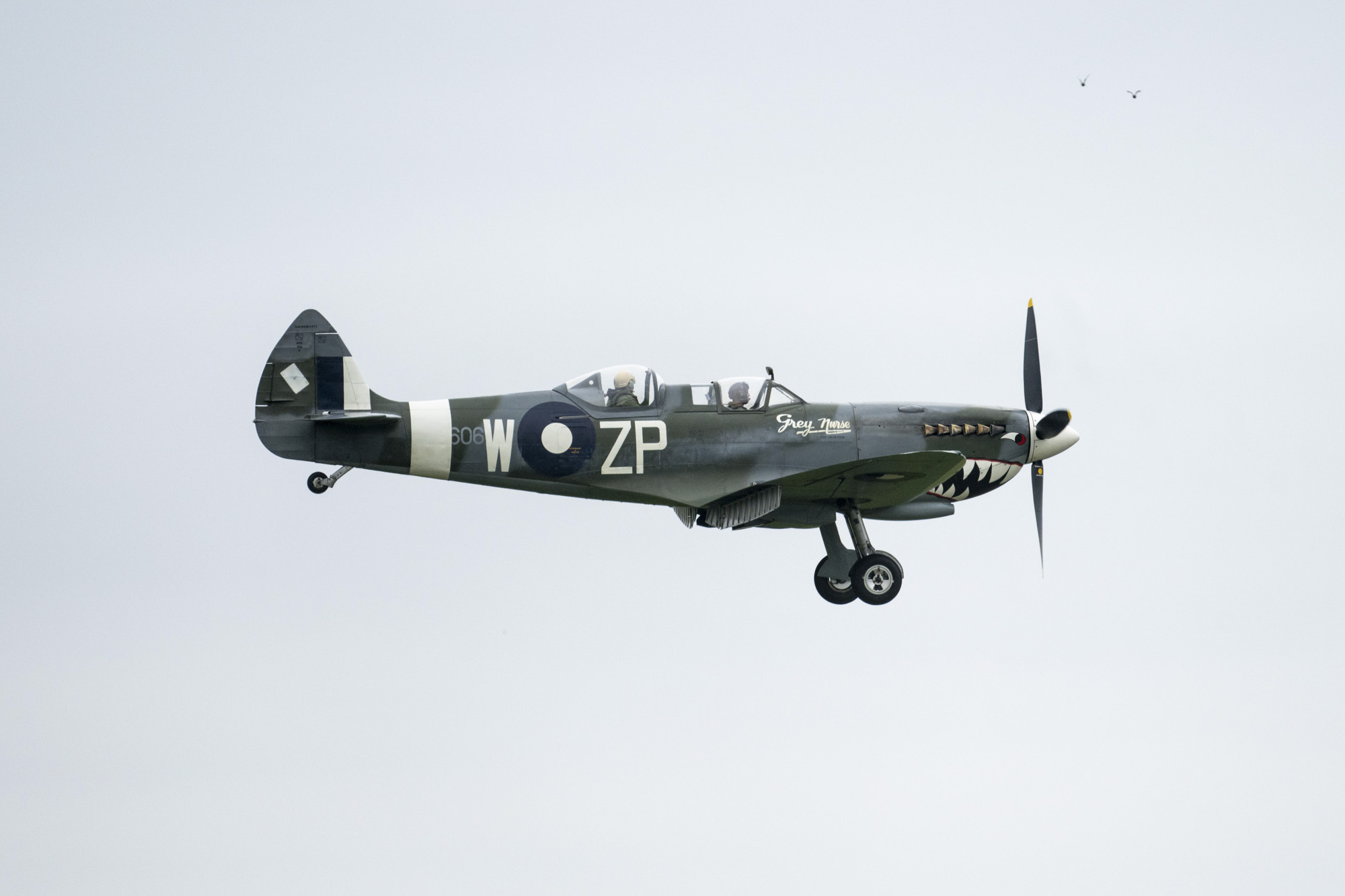
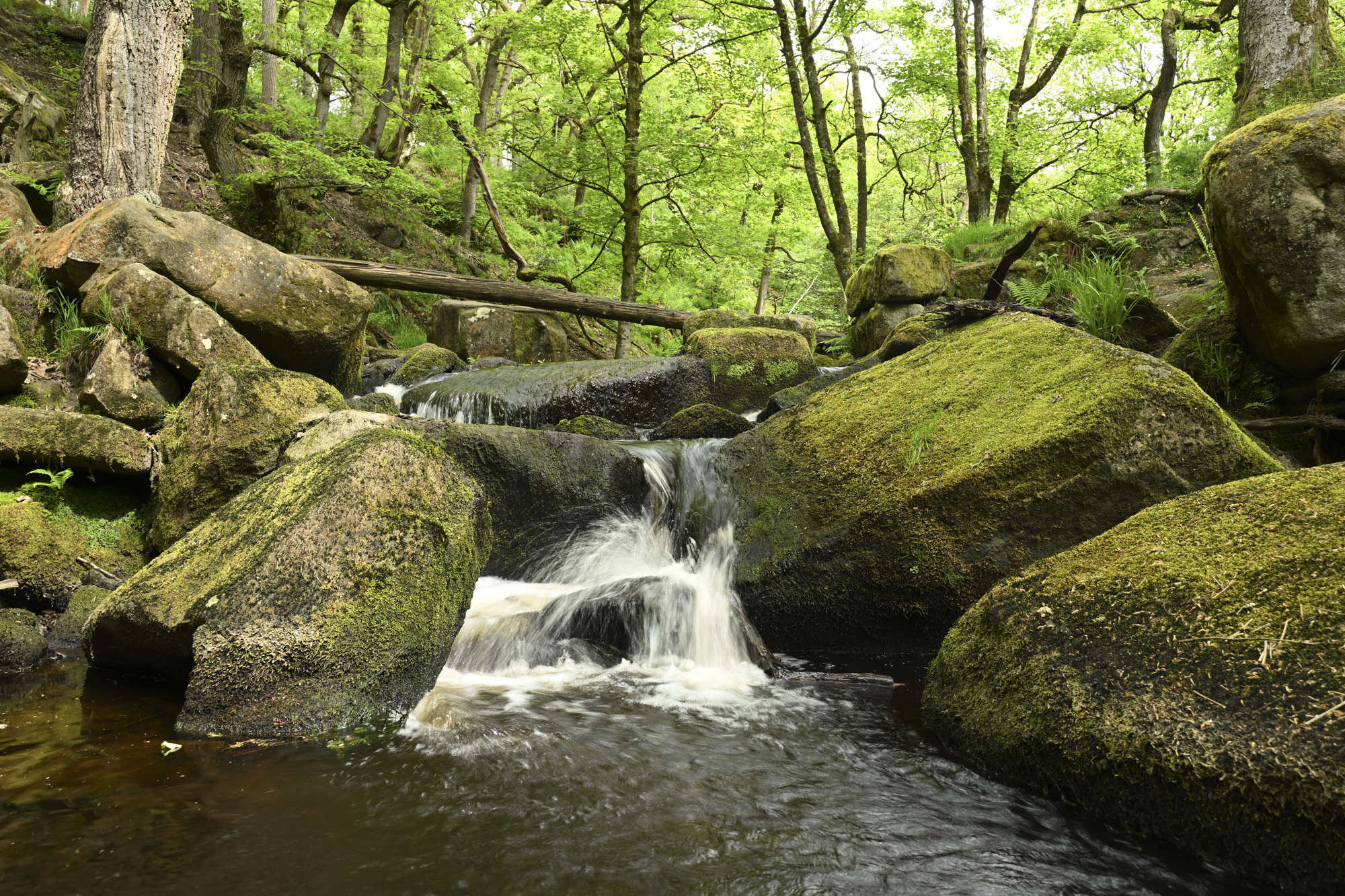
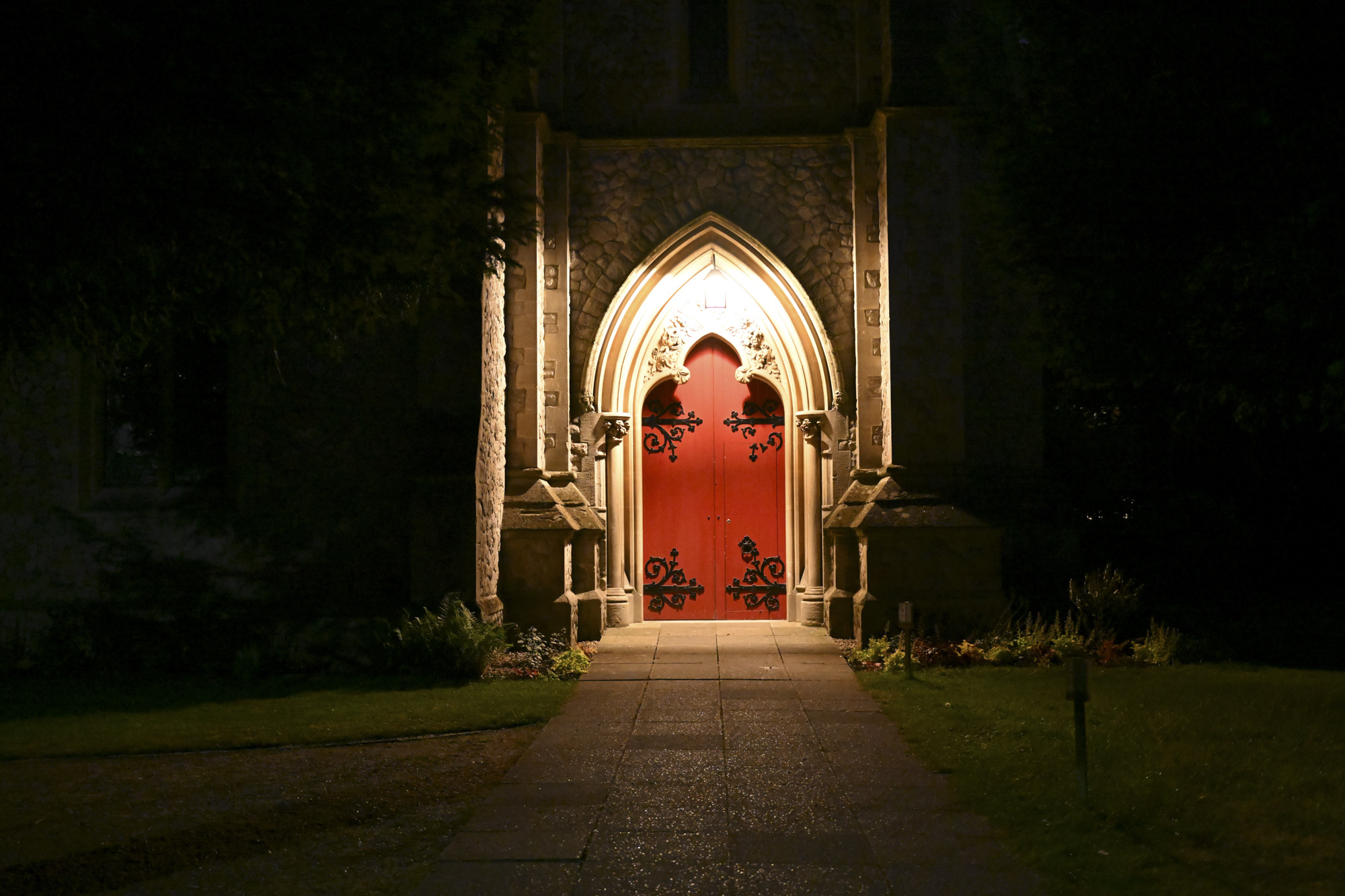
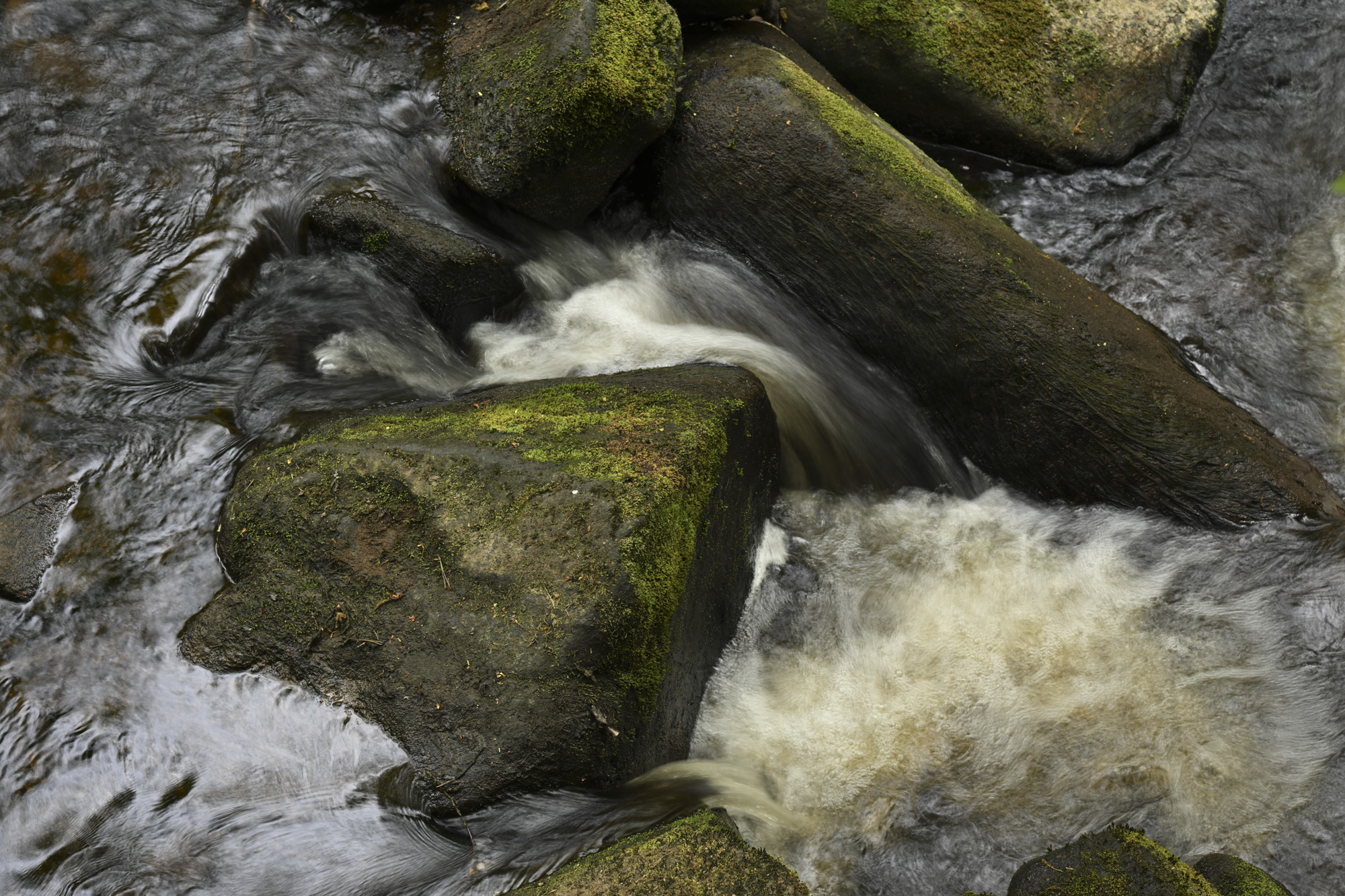
✅ You value power and portability: Offering the flagship performance and image quality of the Z9 with a smaller, more travel-friendly body, the Z8 makes more sense for most people.
✅ You shoot video, too: The Z8 has the video skills to match its stills, including a huge range of resolutions, frame rates and codecs, plus effective stabilization and autofocus.
❌ You want the highest resolution: 45MP will be more than enough for most people, but if you need the most pixels on the market, look at the 60MP Sony A7R V.
❌ You don’t want to carry extra cells: The Z8 saves space by reducing battery size versus the Z9, which means you get a fairly average 340 shots, unless you add the optional vertical grip.
The Nikon Z8 takes everything that made the Z9 our camera of the year 2022, and squeezes that powerful performance into a smaller and cheaper package. We think it's one of the most capable mirrorless cameras money can buy and, based on our time with it, the more sensible option of those two models. Like the Z9, the Z8 features the quickest-ever stacked sensor, and doesn't have a mechanical shutter. That means you get superb shooting speeds with no distortion of fast-moving subjects: 20fps burst shooting at full-quality or up to 120fps if you’re happy with 11MP output.
In testing, we found the Z8 to be a superb hybrid camera, producing pin-sharp 45.7MP stills and fantastic 8K video up to 60fps. It marries speed and quality perfectly. The 61MP Sony A7R V might have better detail, but it's twice as slow in general. We did find battery life a little limited in testing – that's where the larger Z9 battery shines – while in-body image stabilization is only OK. Otherwise, you'll struggle to find a more capable hybrid full-frame camera.
- Read our in-depth Nikon Z8 review
The best entry-level full-frame camera
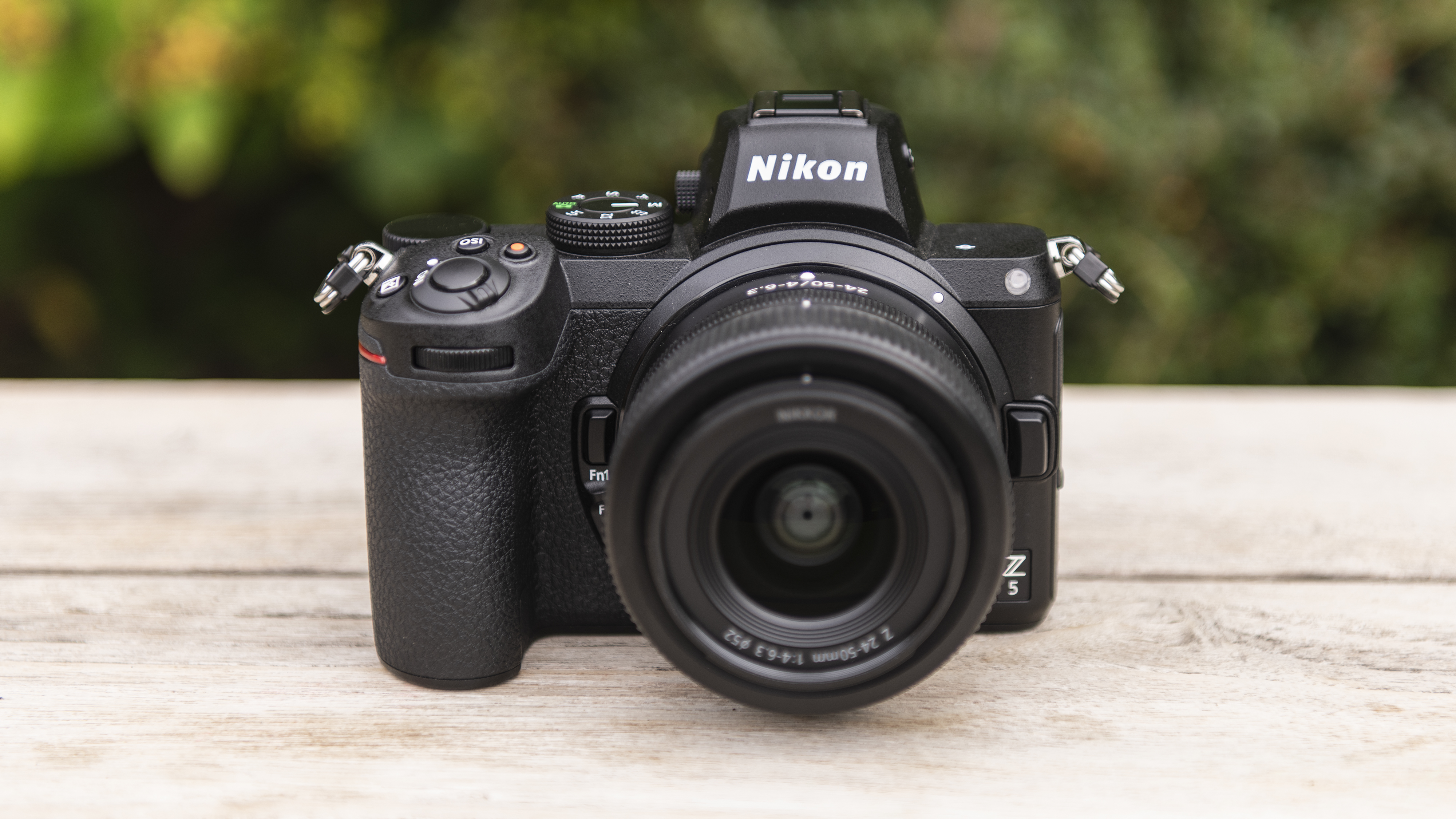
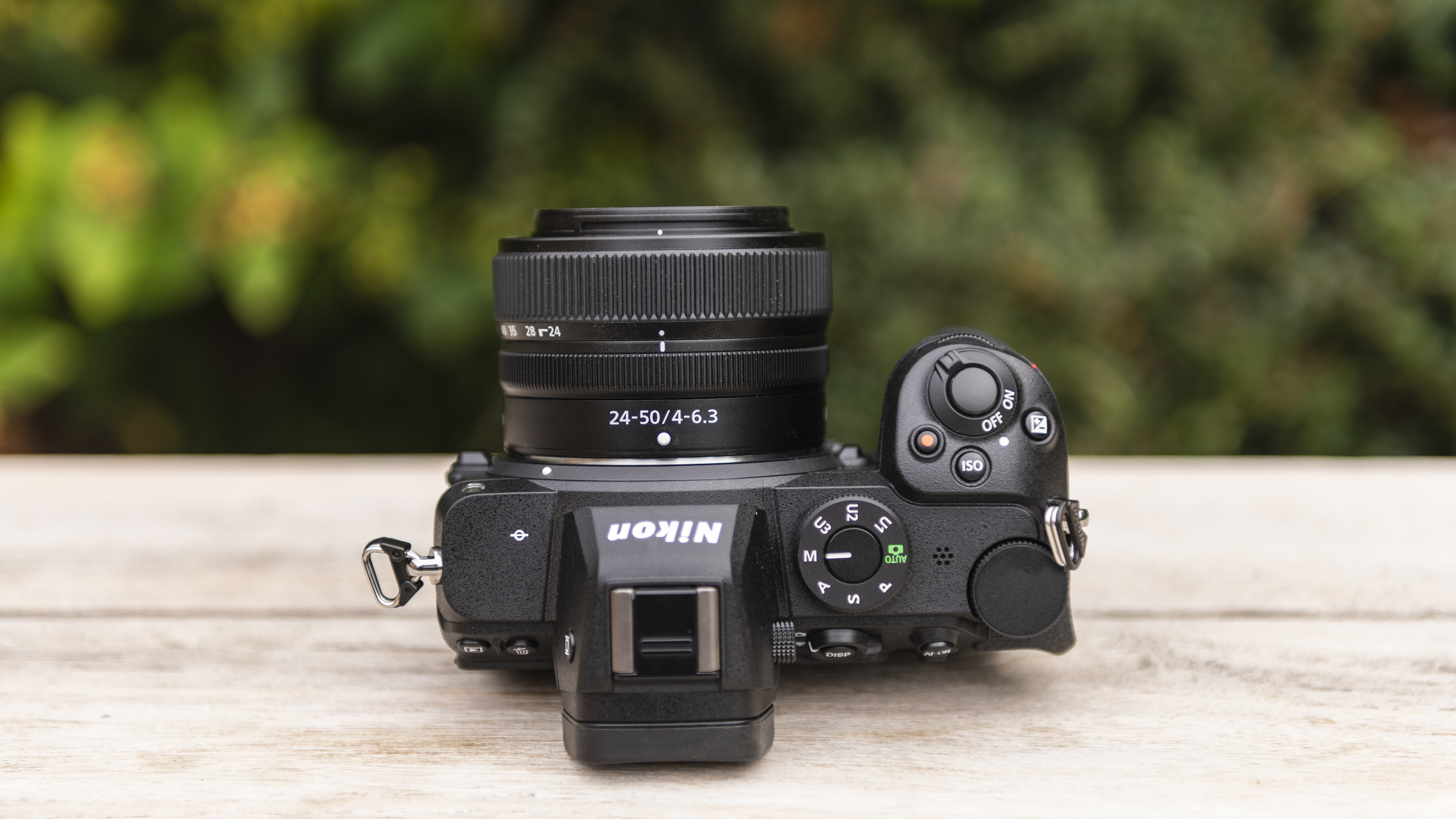
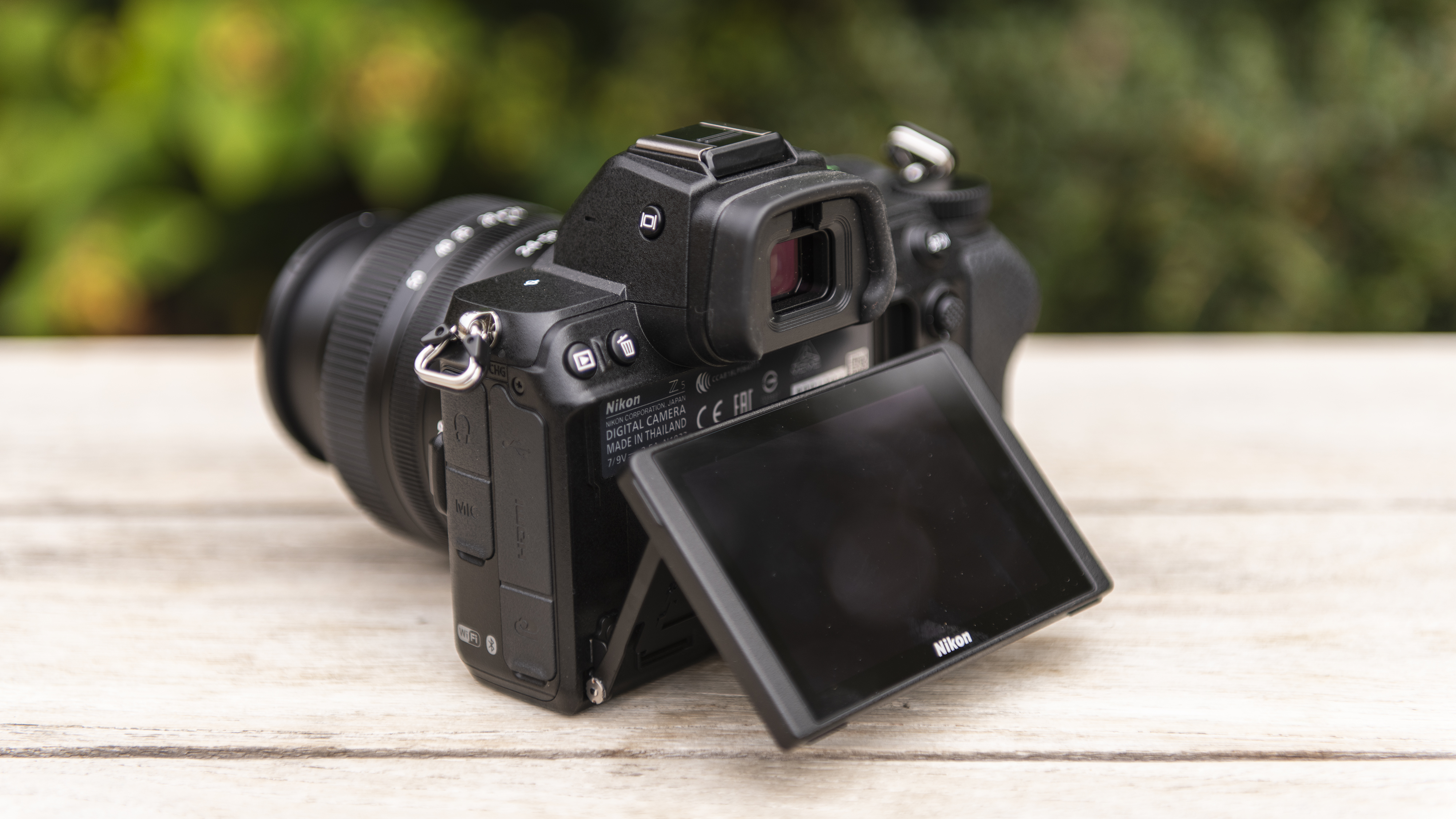

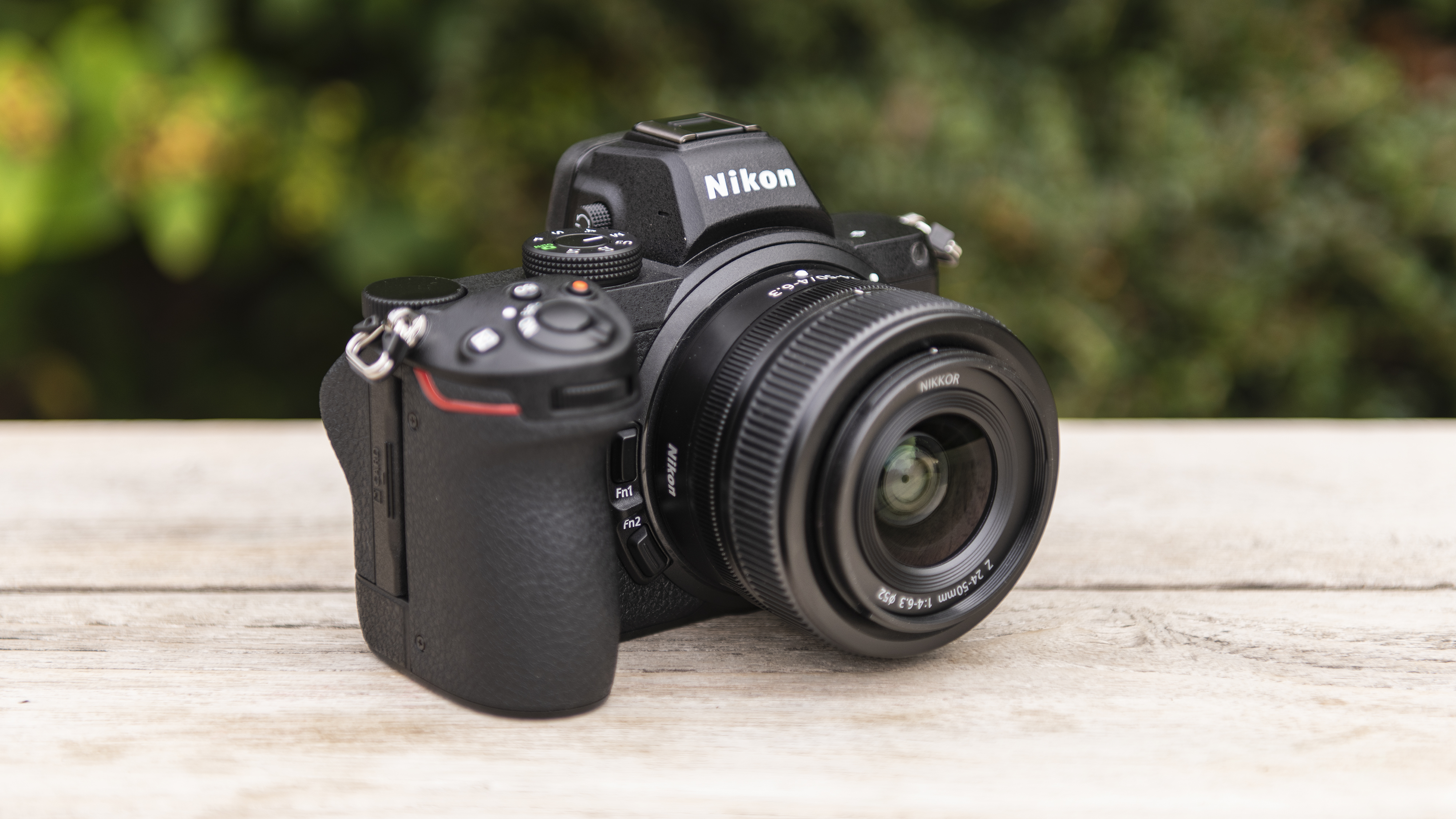
Specifications
Reasons to buy
Reasons to avoid
Nikon Z5 sample images
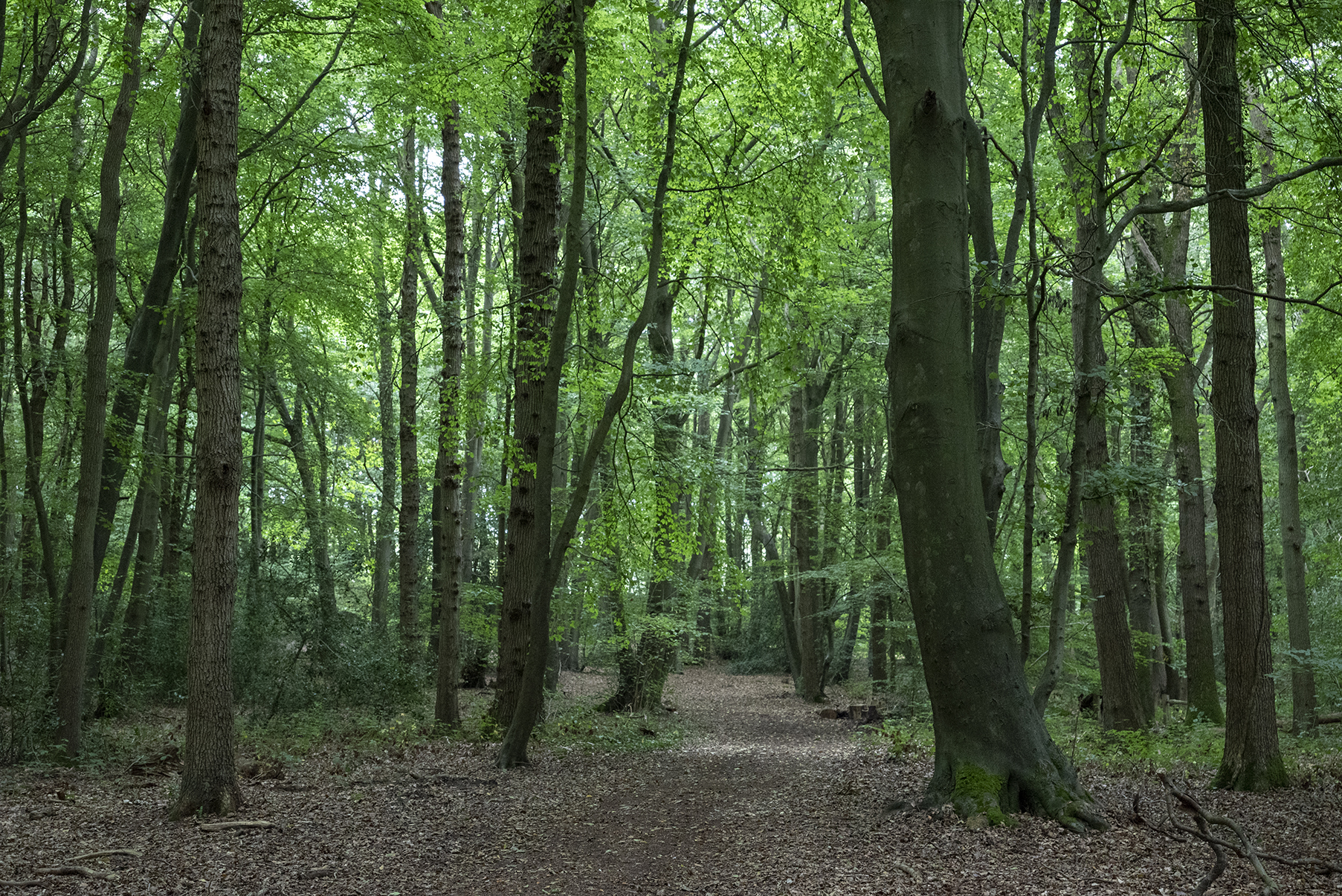
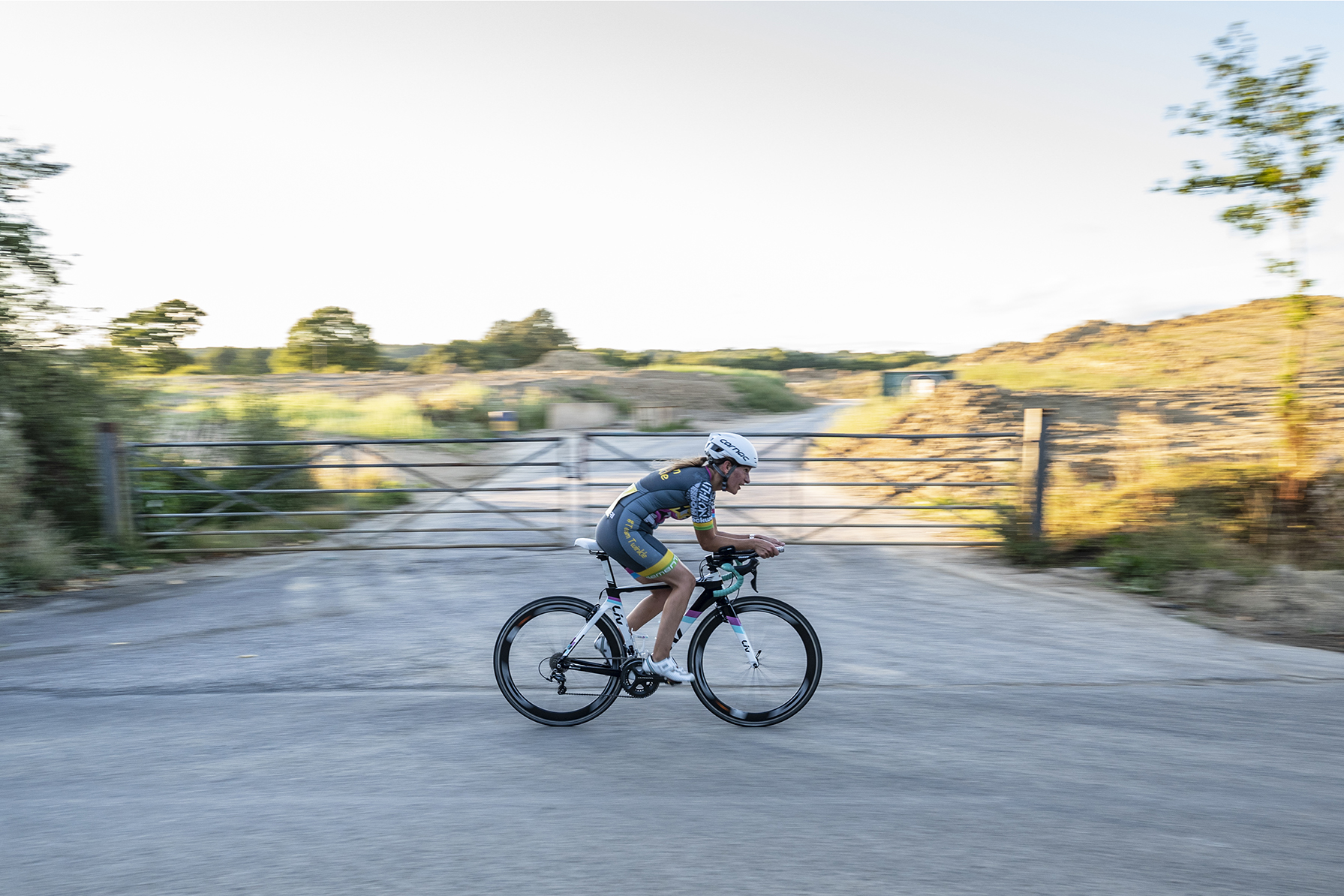
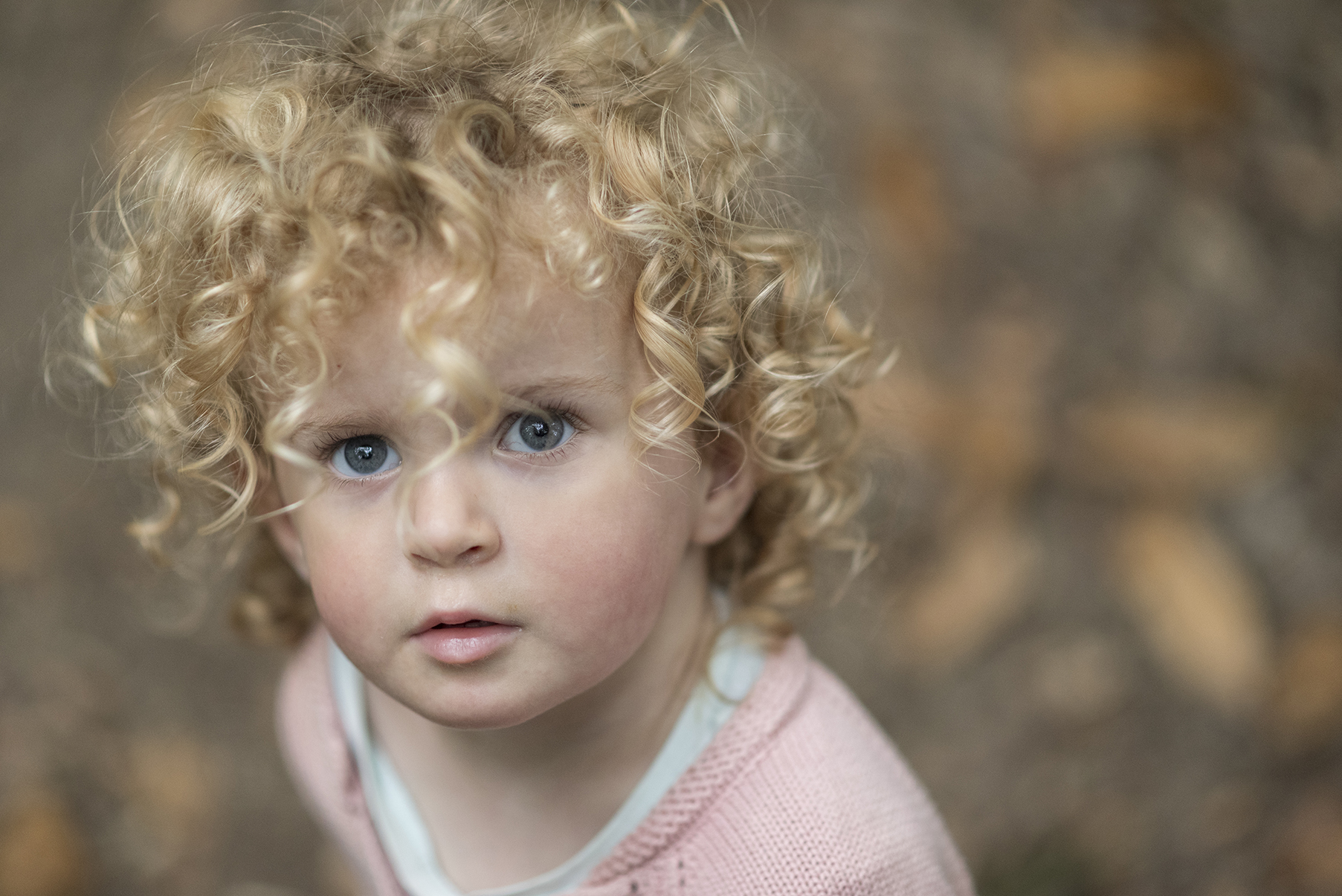
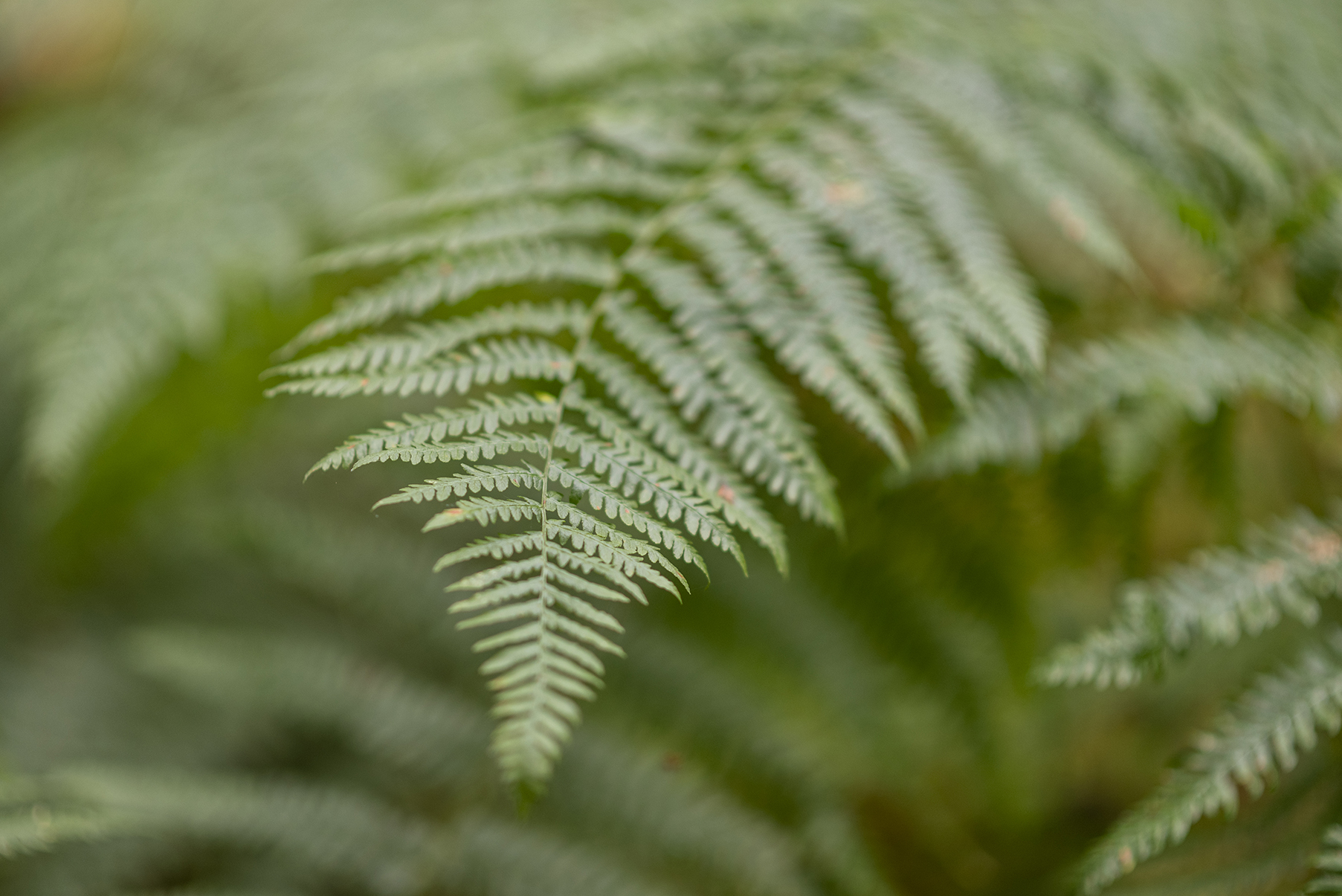
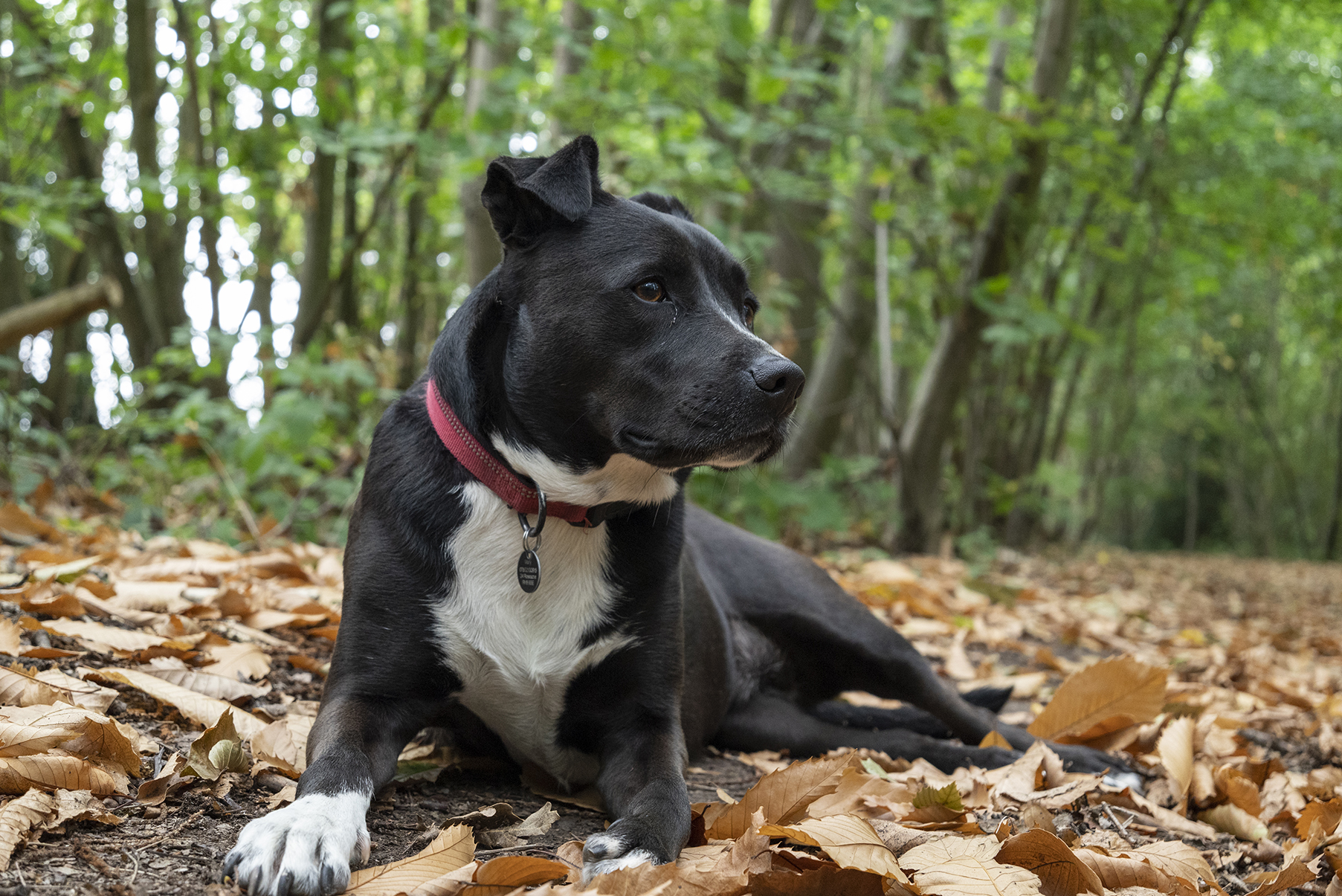
✅ You want an accessible full-frame camera: With the Z5, you get the capabilities and quality of a full-frame camera, with controls and handling that make it easy to pick up and shoot with.
✅ You want a lightweight travel camera: Pairing a full-frame sensor with compact proportions, the Z5 is a great option if you want to shoot high-quality images on the move.
❌ You shoot a lot of video: The Nikon Z5 can record 4K video at 30p, but there’s a 1.7x crop on footage, and there are relatively limited modes and settings to play with.
❌ You’re on a tight budget: While it’s pitched as an entry-level camera, the Z5’s full-frame sensor comes with a premium. You’ll find better value with an APS-C camera.
A dead-ringer for the Nikon Z6, Nikon’s latest large-sensor effort is the best entry-level full-frame mirrorless camera on the market. As a beginner’s option, it ticks a lot of boxes. Its weather-sealed body features a big, comfy grip and a neat control layout that’s accessible in the hand, with a 3-inch tilting touchscreen that makes menu navigation a cinch. The 24.2MP full-frame sensor inside serves up lovely images in a range of shooting scenarios, while the large, bright EVF is fantastic for framing shots. Autofocus is very impressive, too, with the 273-point hybrid system working well for both static and moving subjects.
There are some compromises, though: the 4.5fps burst speed is underwhelming, while a 1.7x crop on 4K footage is disappointing. And if you regularly shoot in low-light, the back-illuminated sensor of the Z6 performs better at higher ISOs. Still, the Z5 delivers plenty for those looking for their first full-frame camera – provided you have a healthy budget. It’s pricier than several rivals and, as the cost of the older but more capable Z6 continues to fall, buyers will have a tricky choice to make.
- Read our in-depth Nikon Z5 review
The best full-frame camera for photography
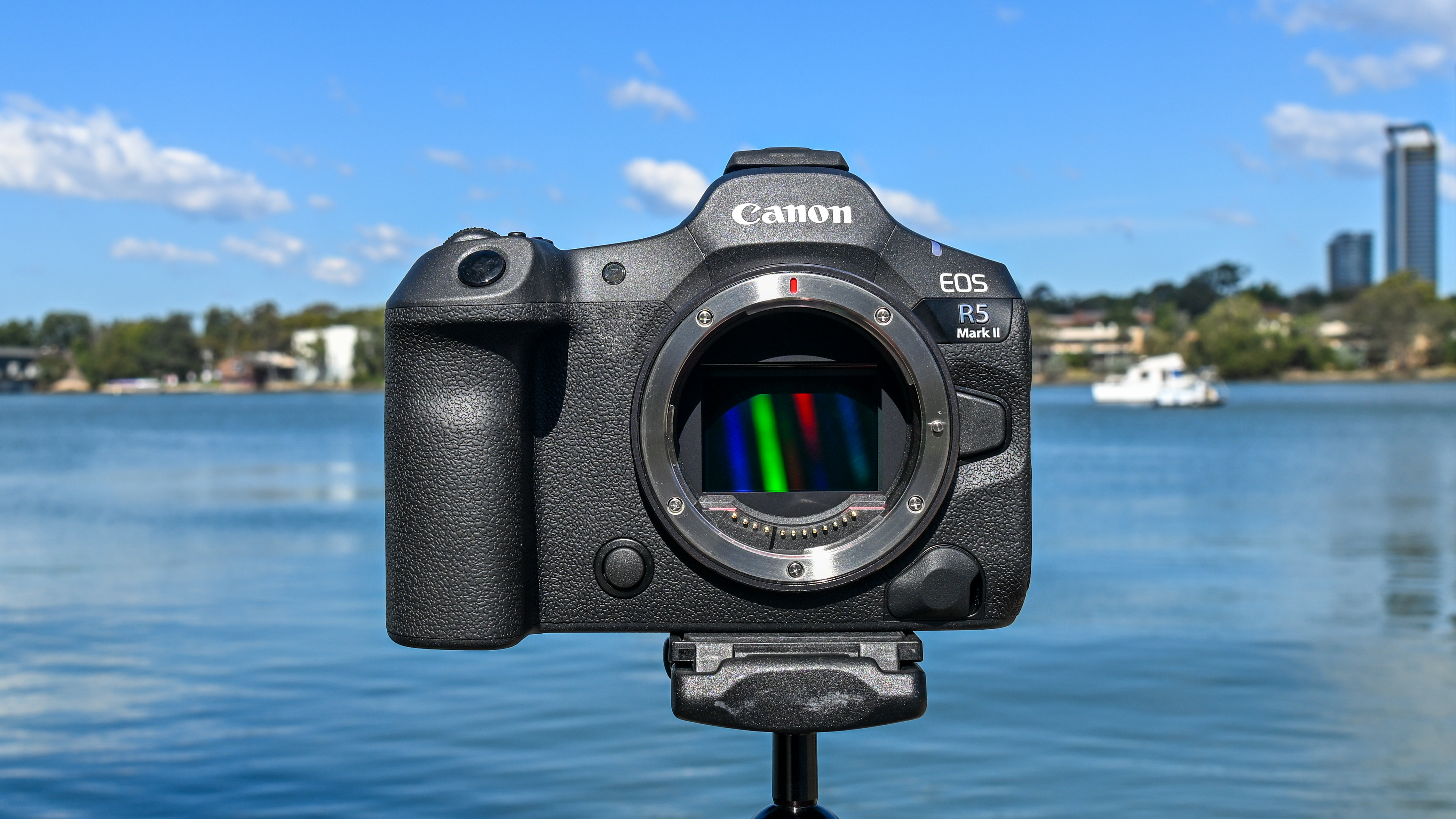
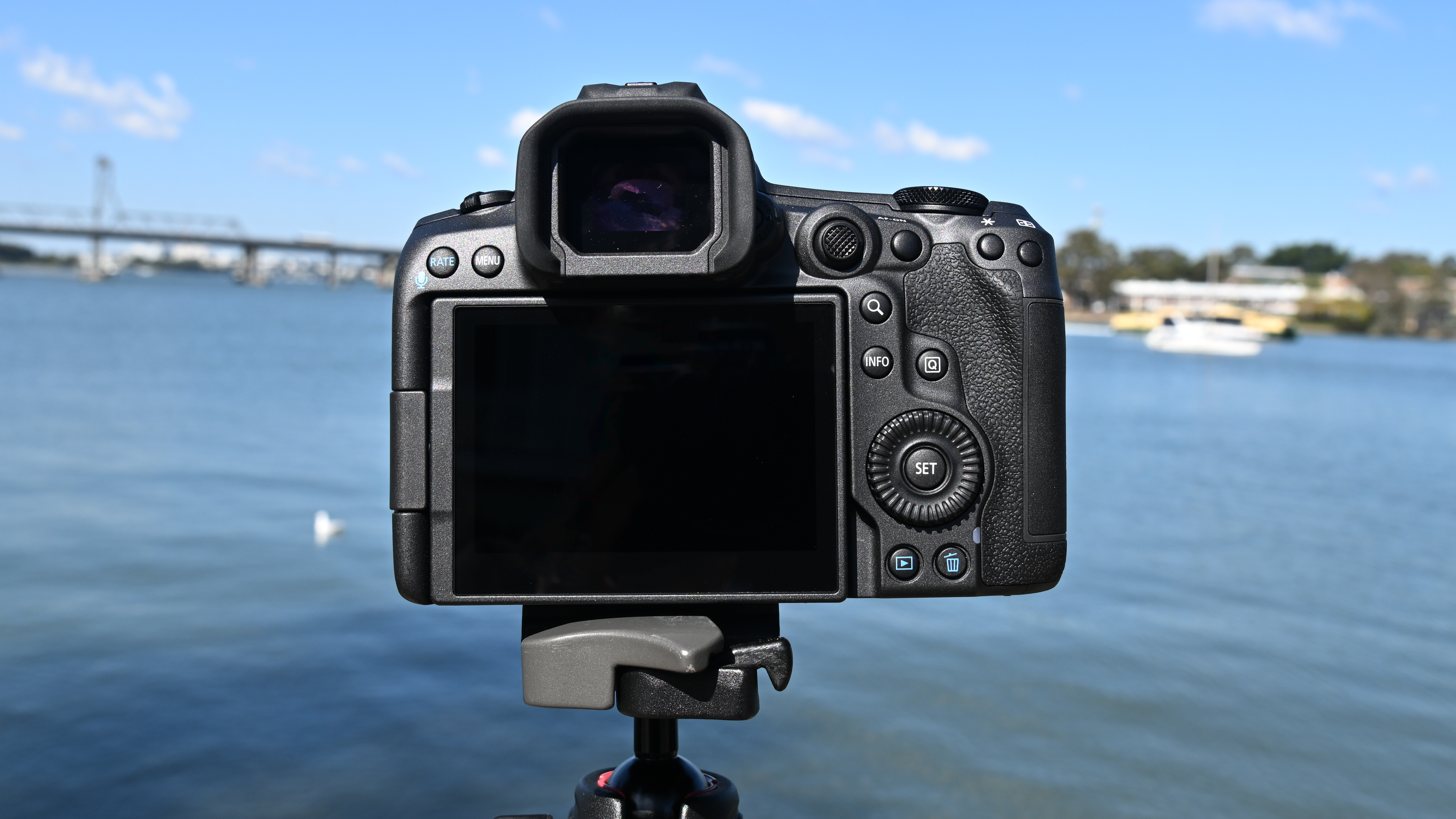
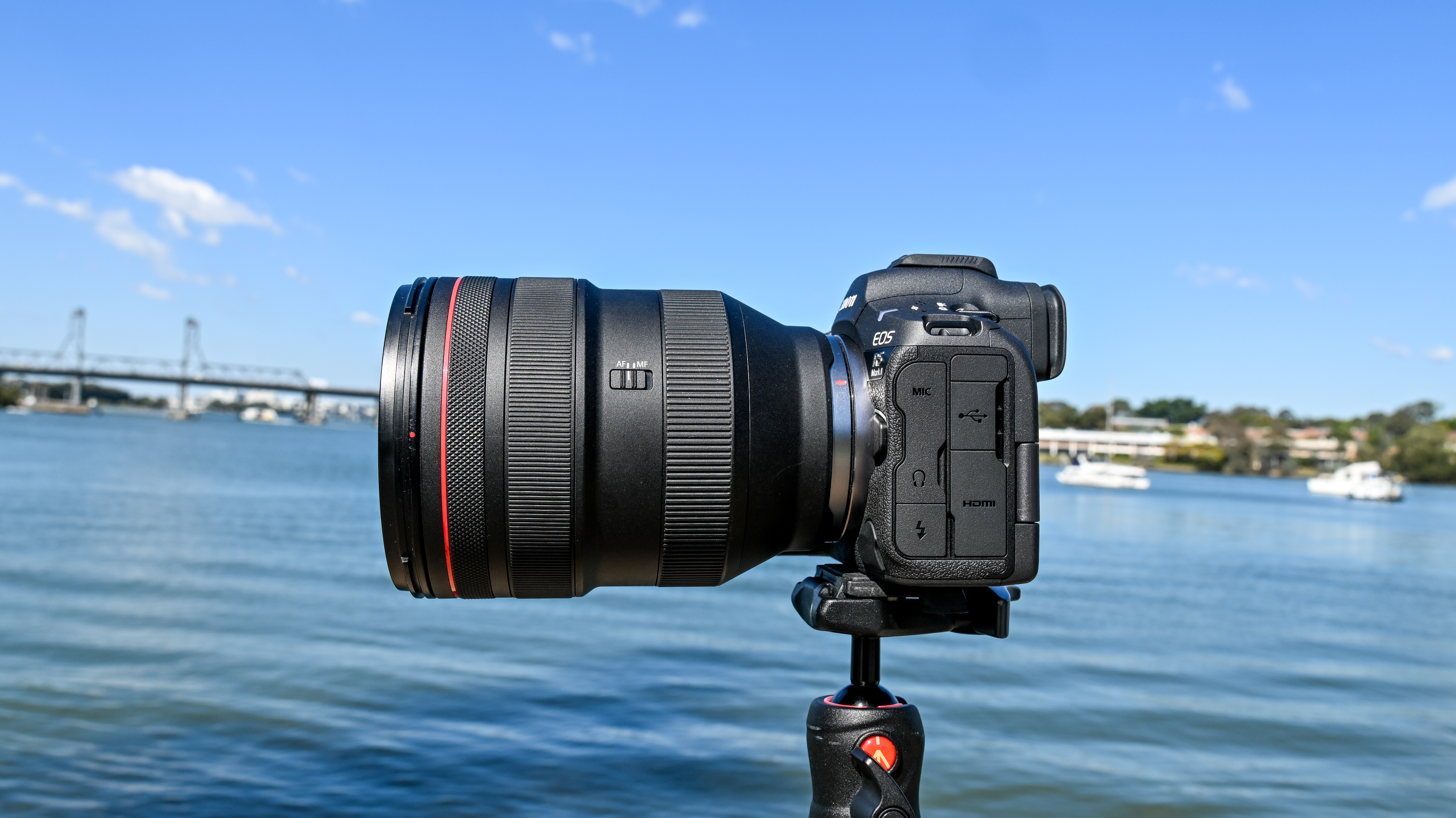
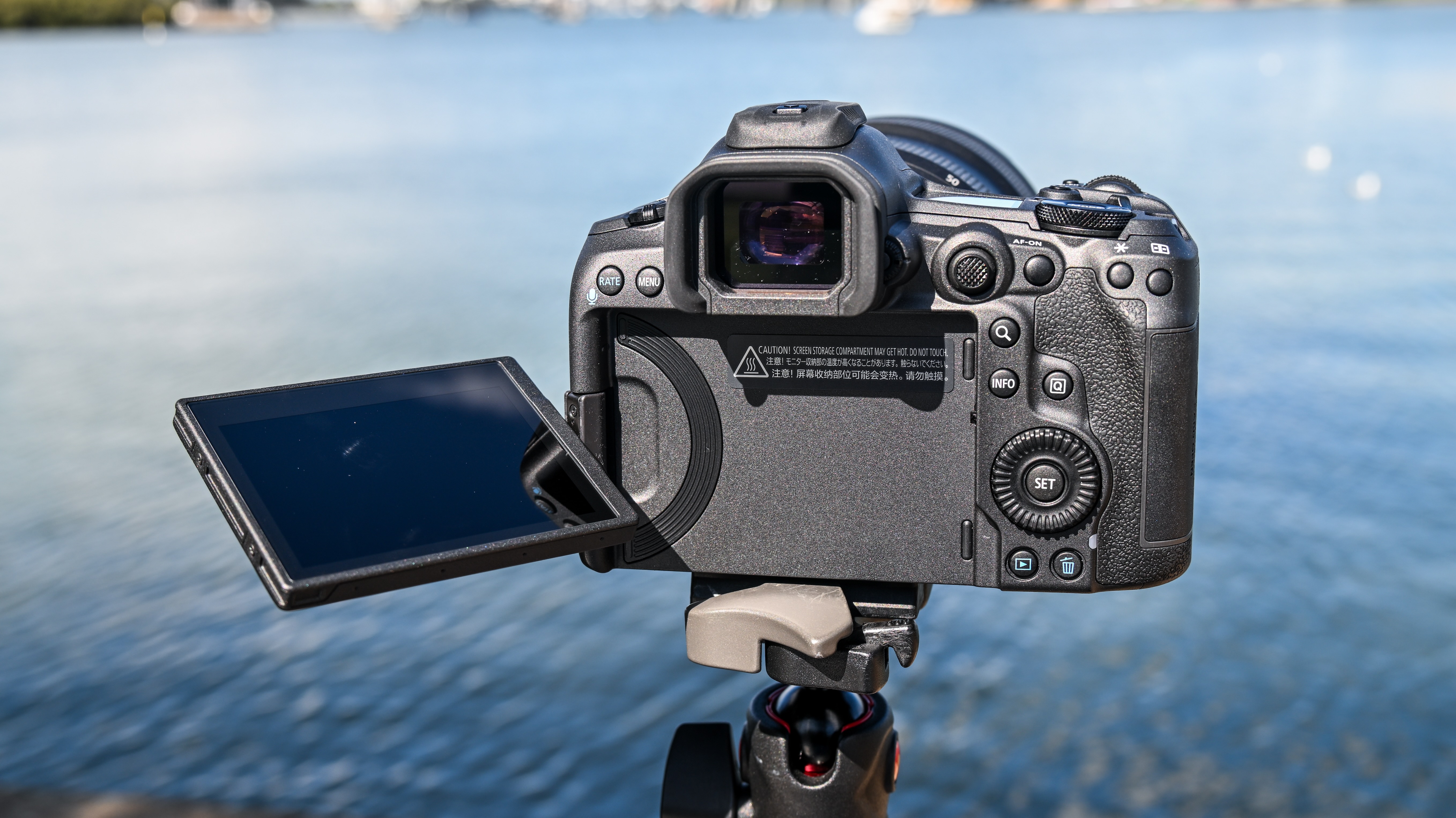
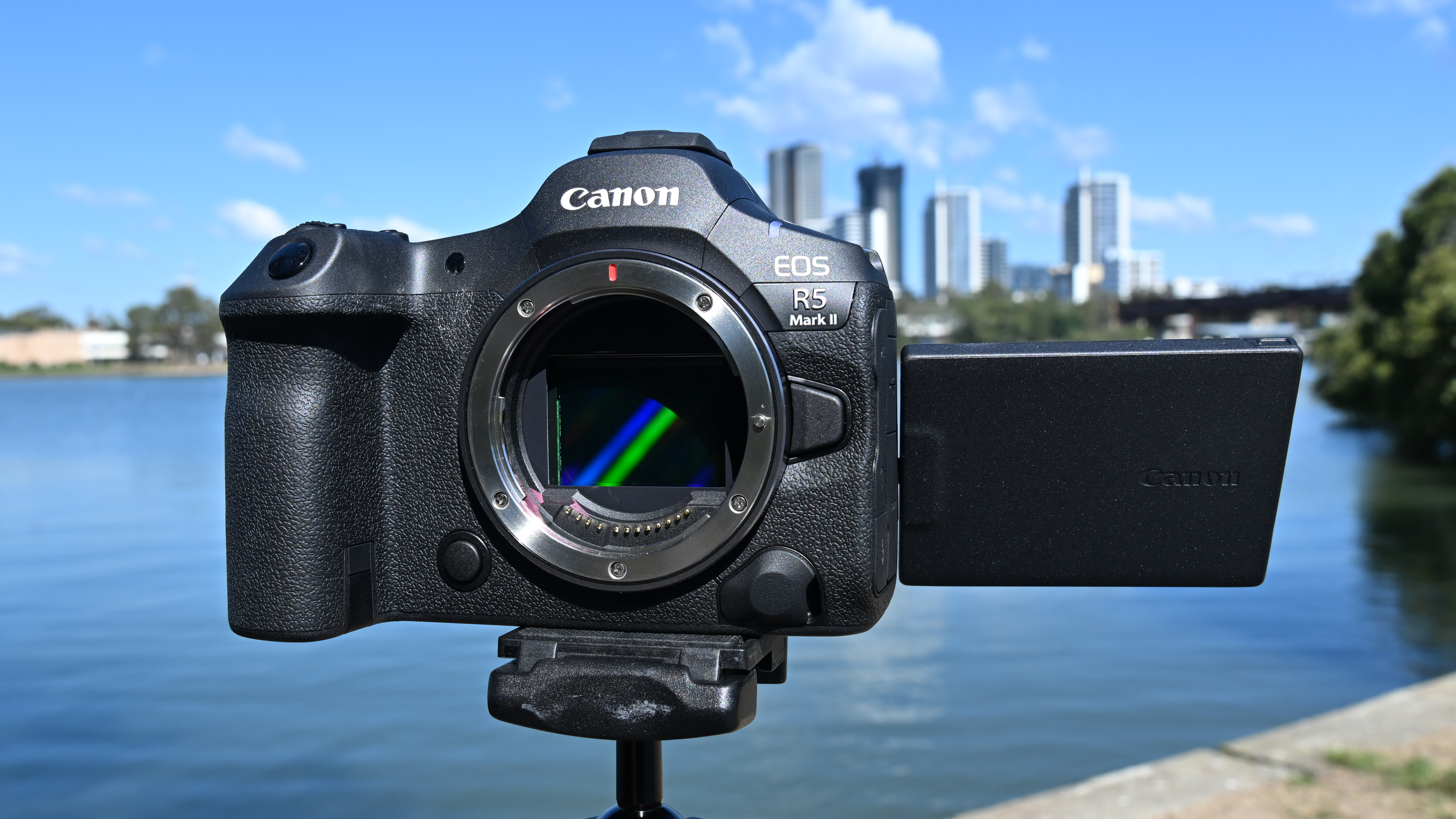
Specifications
Reasons to buy
Reasons to avoid
Canon EOS R5 Mark II sample images
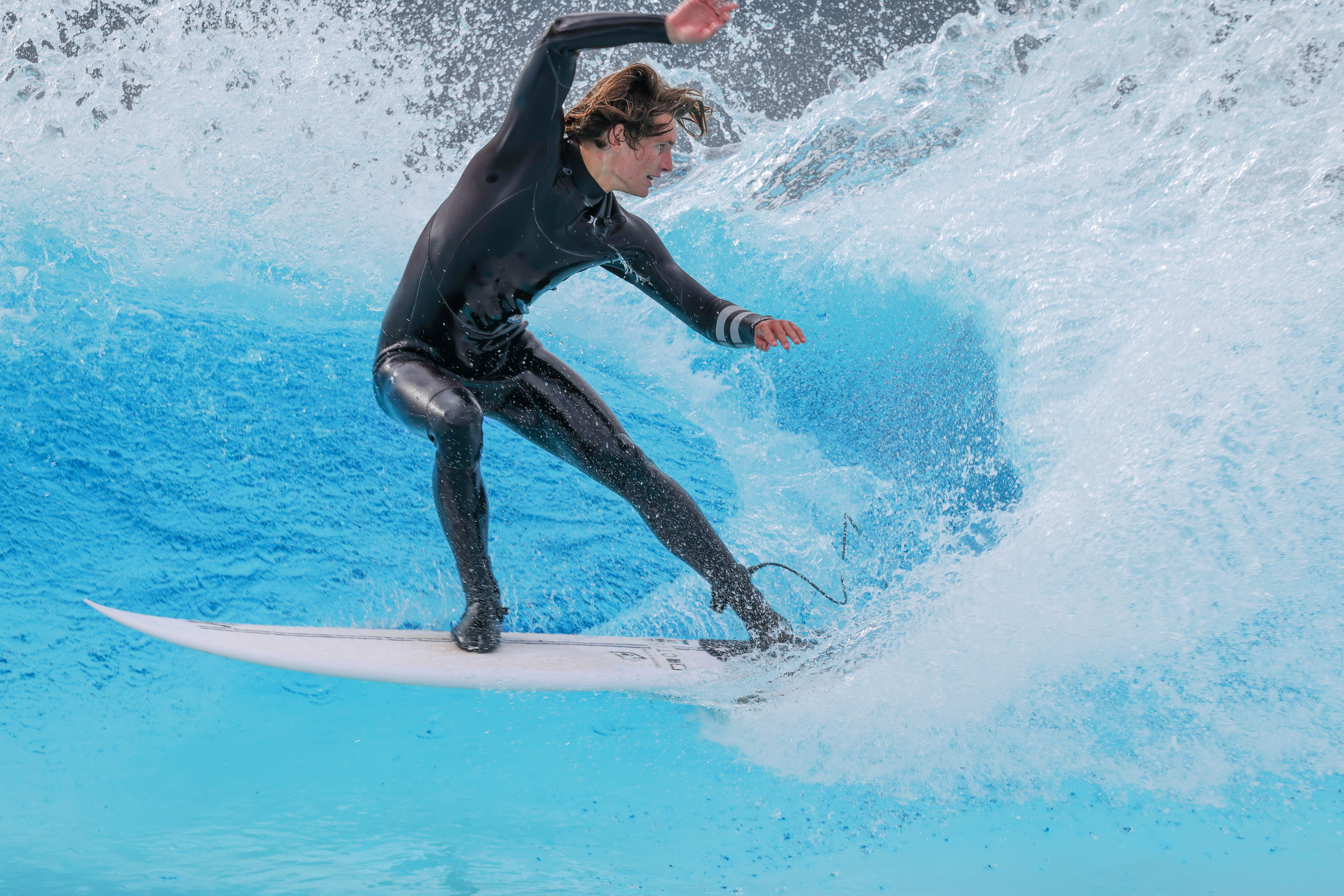
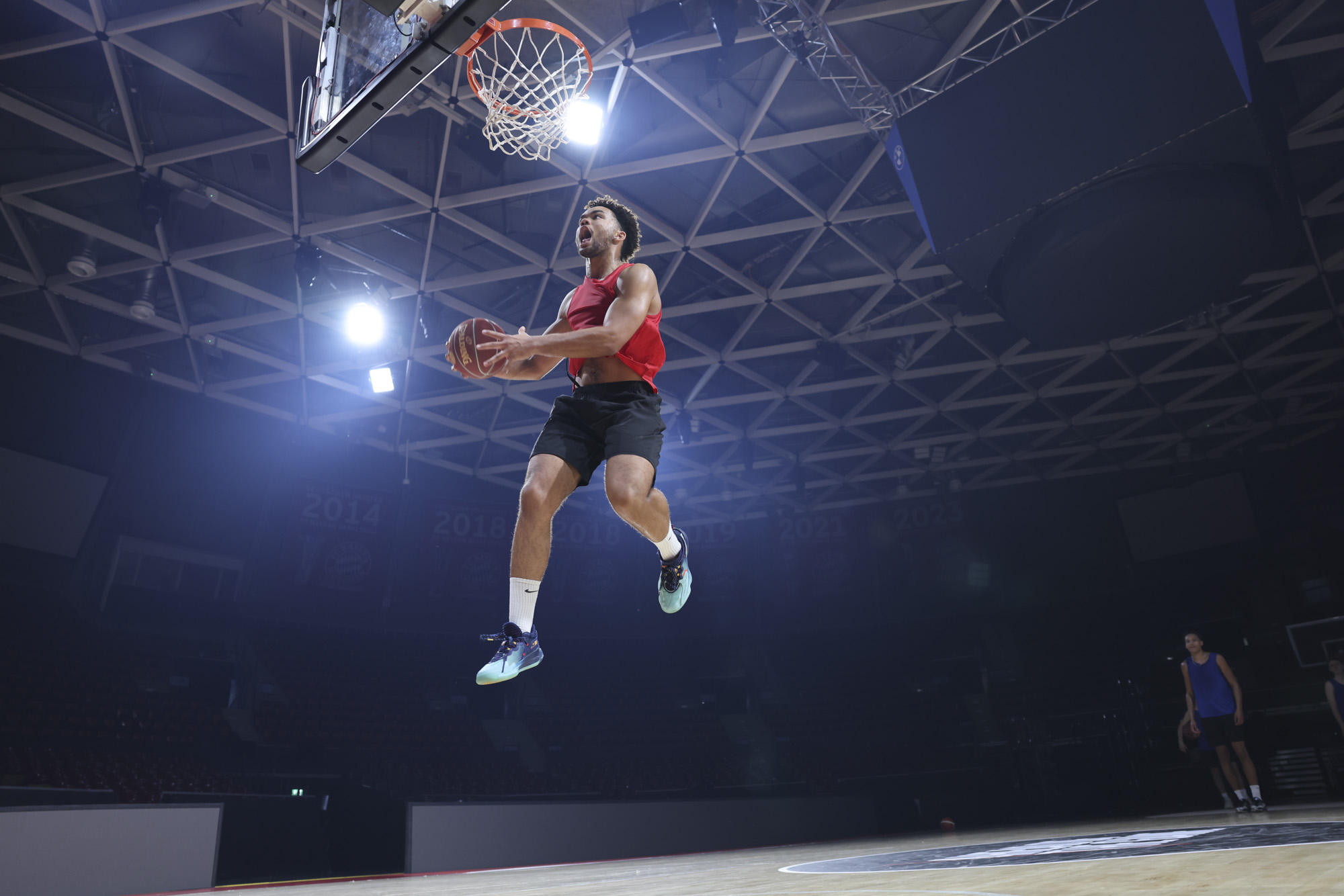
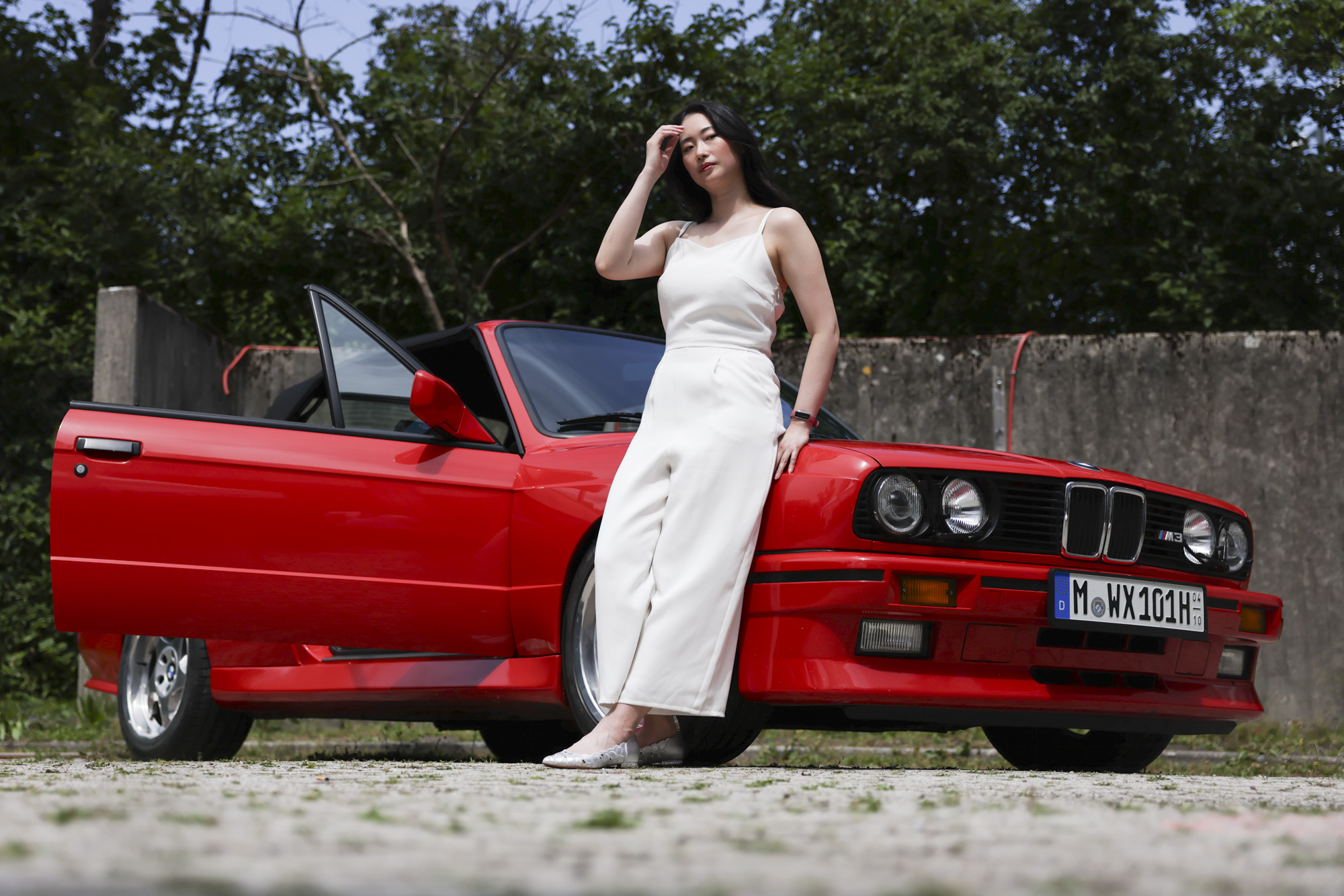

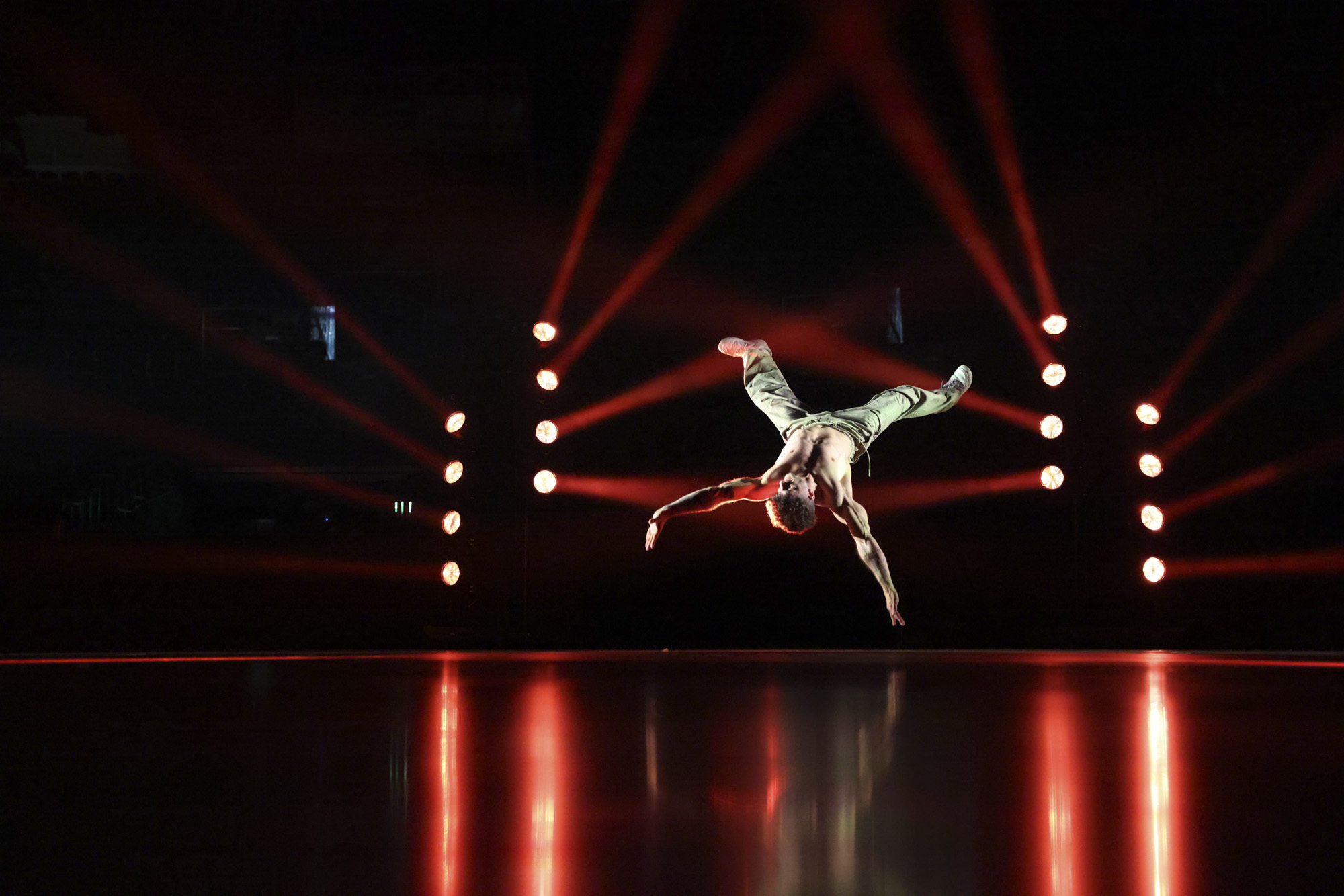
✅ You want a user-friendly pro camera: Despite its pro performance, the EOS R5 Mark II has intuitive physical controls and a simplified menu system, making it an accessible option.
✅ You want a camera for every situation: Packed with features and performance, the EOS R5 Mark II has the capabilities to cover landscapes, sports and everything in between.
❌ You’re serious about video: The EOS R5 Mark II has respectable video skills, but if filmmaking is your main priority, you’d be better served by a full-frame camera specifically for video.
❌ You want an affordable camera: It’s well-priced in relative terms, but the EOS R5 Mark II is by no means cheap. You’ll get better value by dropping down to an APS-C sensor.
We called the original EOS R5 Canon’s “best ever stills camera.” The Mark II improves on it in almost every way. While the resolution remains 45MP, the second-generation R5 uses a stacked sensor for faster readouts. The result in practise is a slight loss in dynamic range, but a reduction in rolling shutter. It also deploys a second processor to increase burst speeds to an action-ready 30fps. Paired with near-perfect autofocus, which includes an Action Priority feature that uses algorithms to pre-empt events, the EOS R5 Mark II barely missed a shot in testing.
We found its weather-sealed chassis robust in the hand, with intuitive physical controls matched by an equally navigable menu system. There are several new in-camera editing tools, too, although their usefulness will depend on how you shoot. Upscaling only works for images shot as JPEG/HEIF, while the Neural Network Noise Reduction feature can denoise stills, as long as they’re RAW files. We think the only caveat of note is that Eye Control AF is tricky for some users to calibrate. In pretty much every other respect, the EOS R5 Mark II is arguably Canon’s most versatile pro camera to date.
- Read our in-depth Canon EOS R5 Mark II review
The best full-frame camera for video
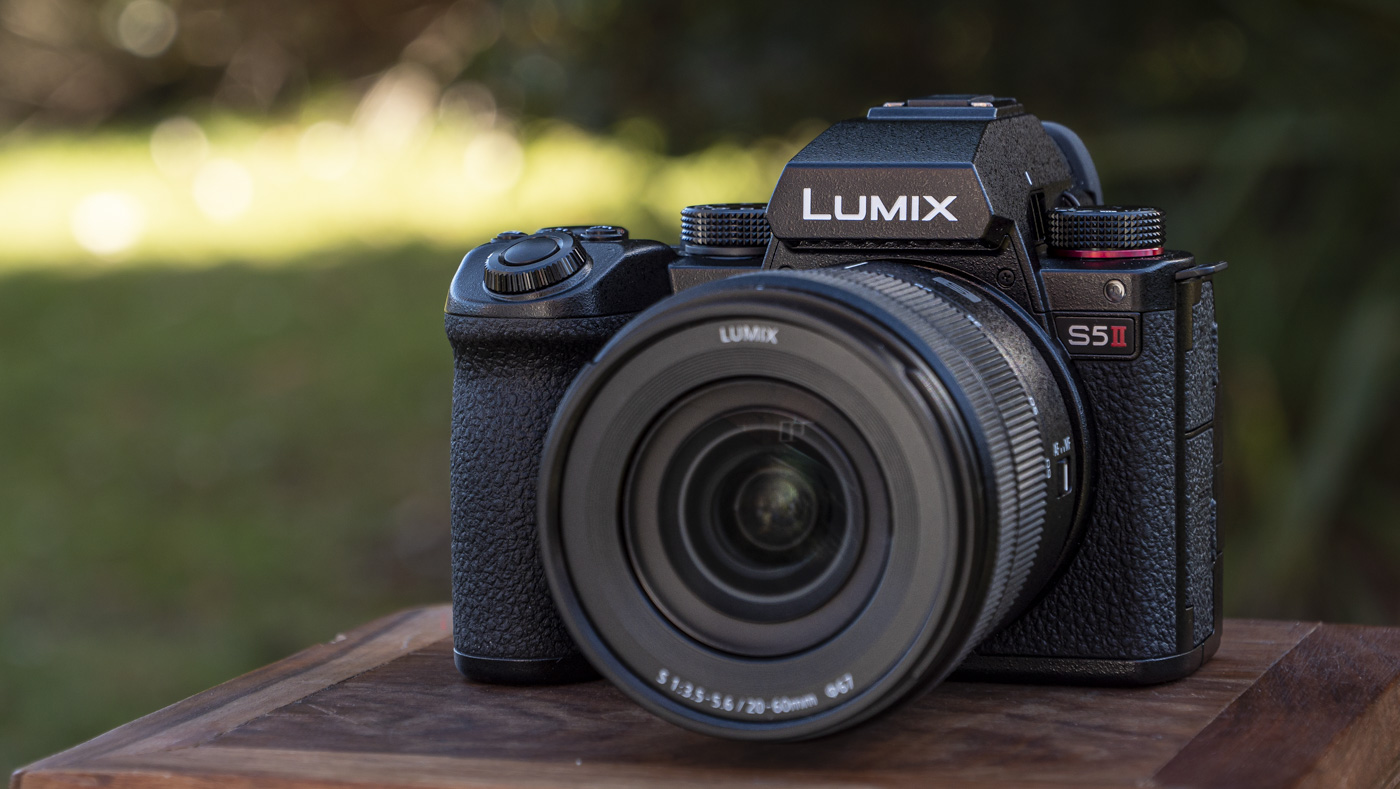
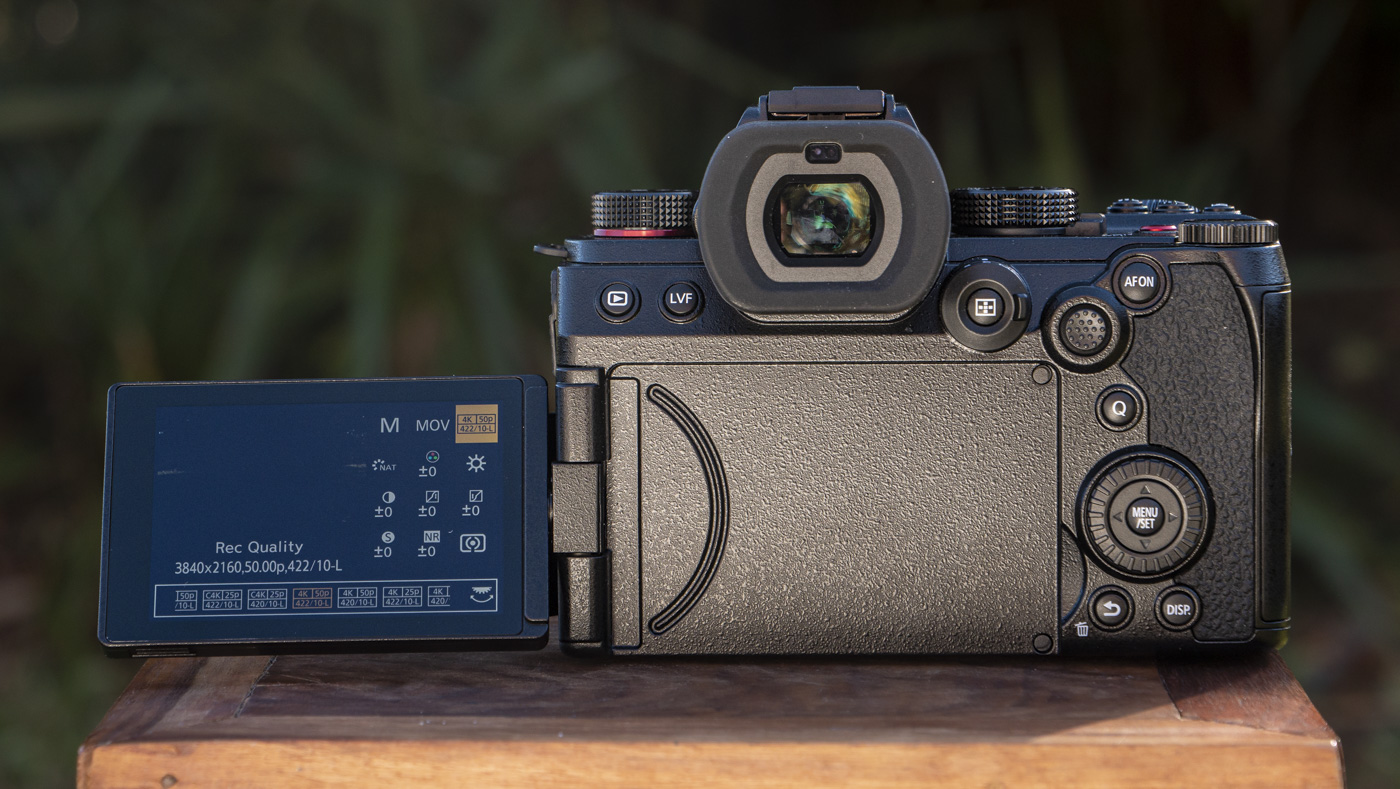
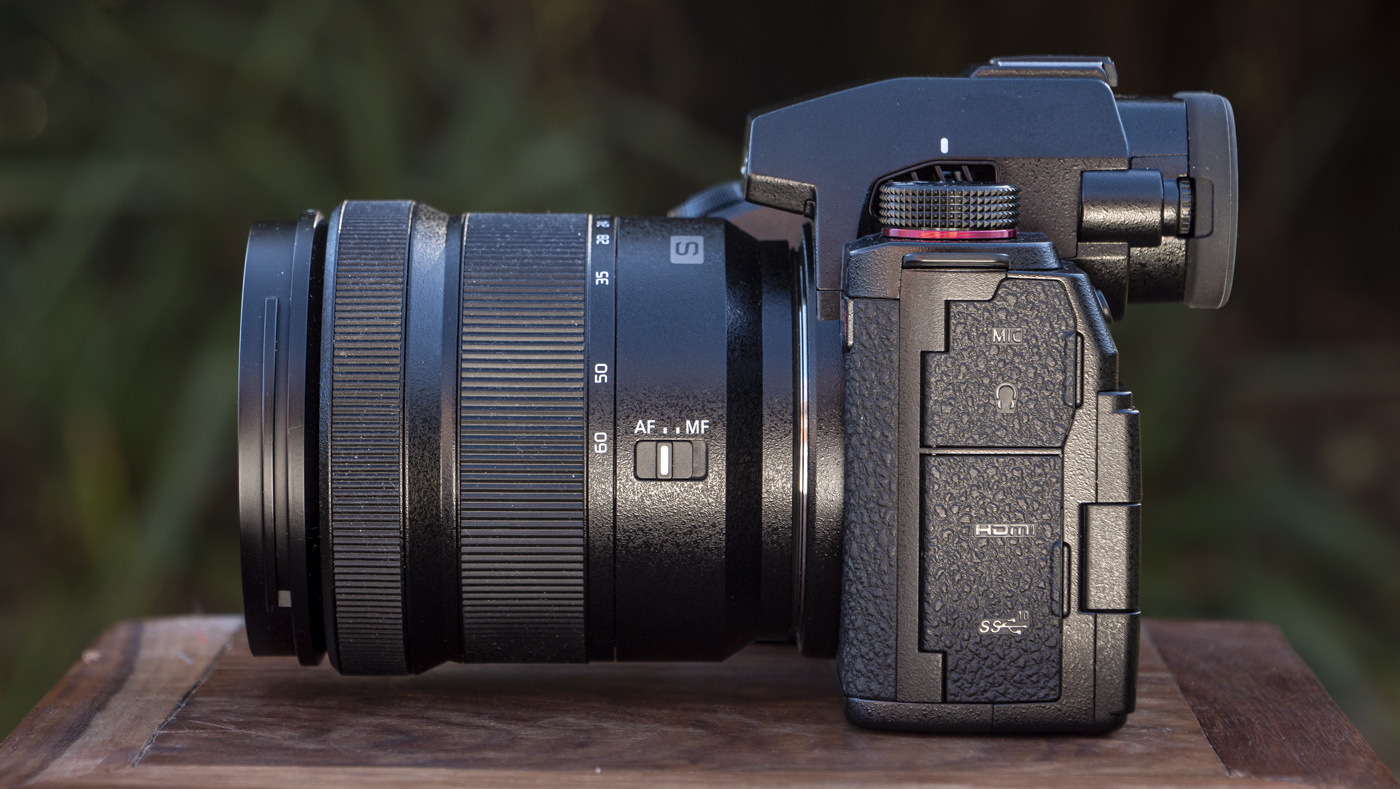
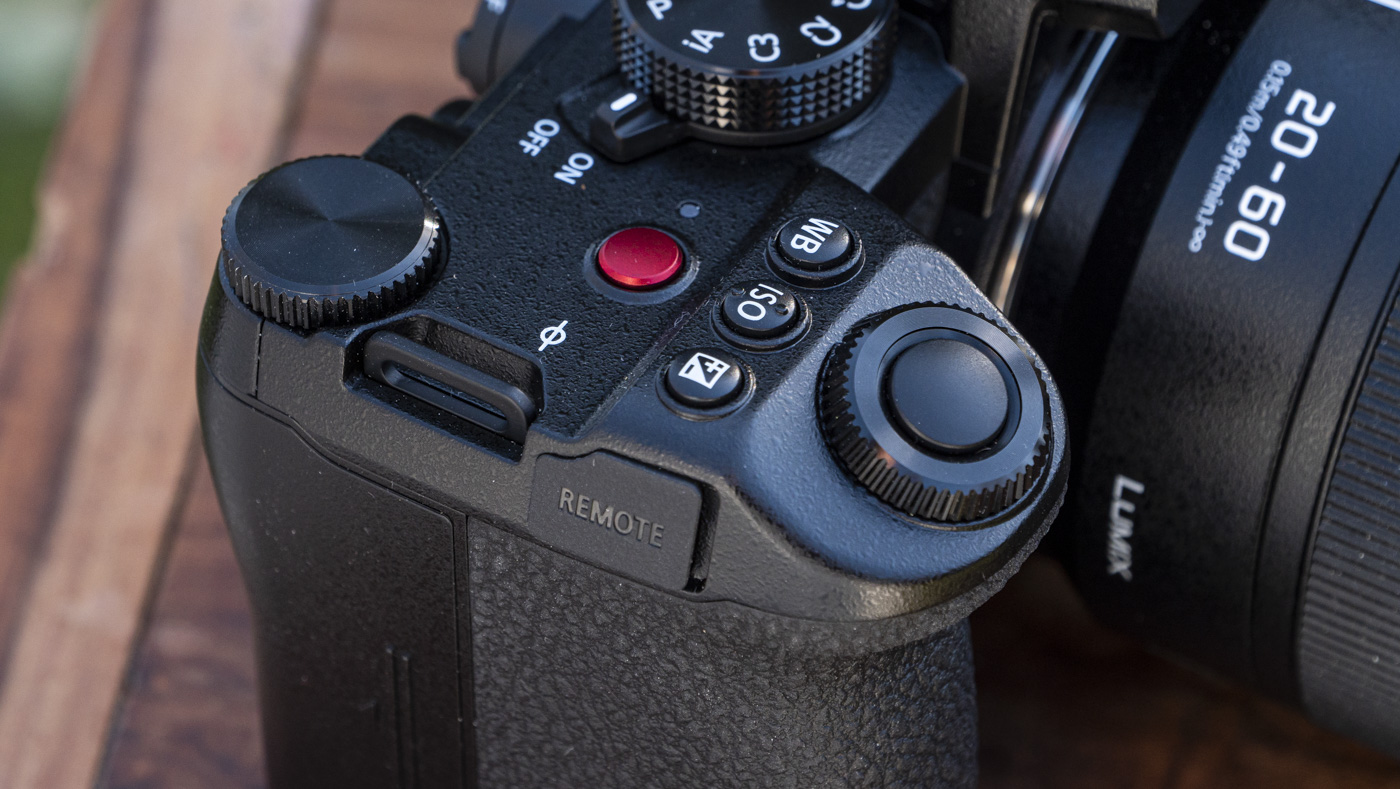
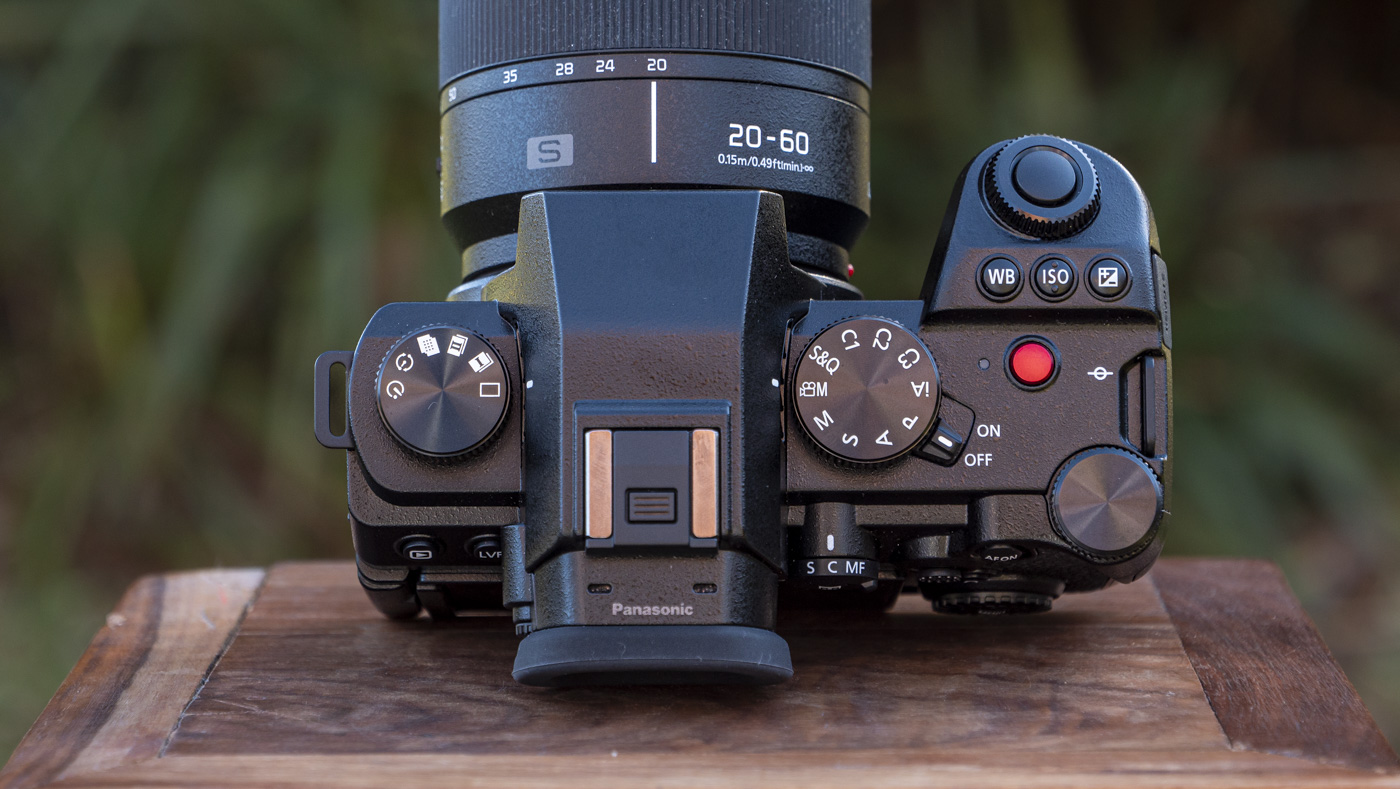
Specifications
Reasons to buy
Reasons to avoid
Panasonic Lumix S5 II sample images
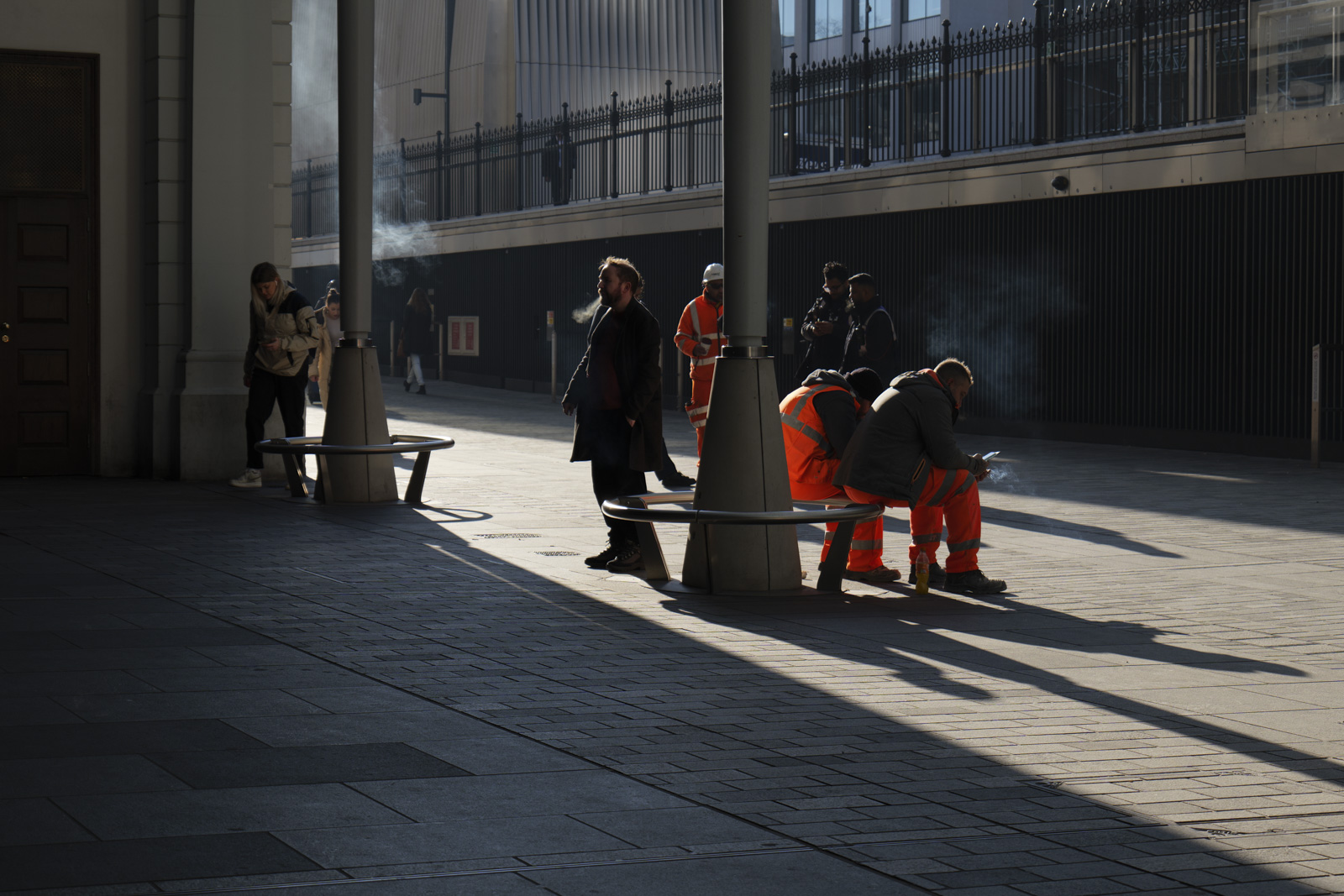
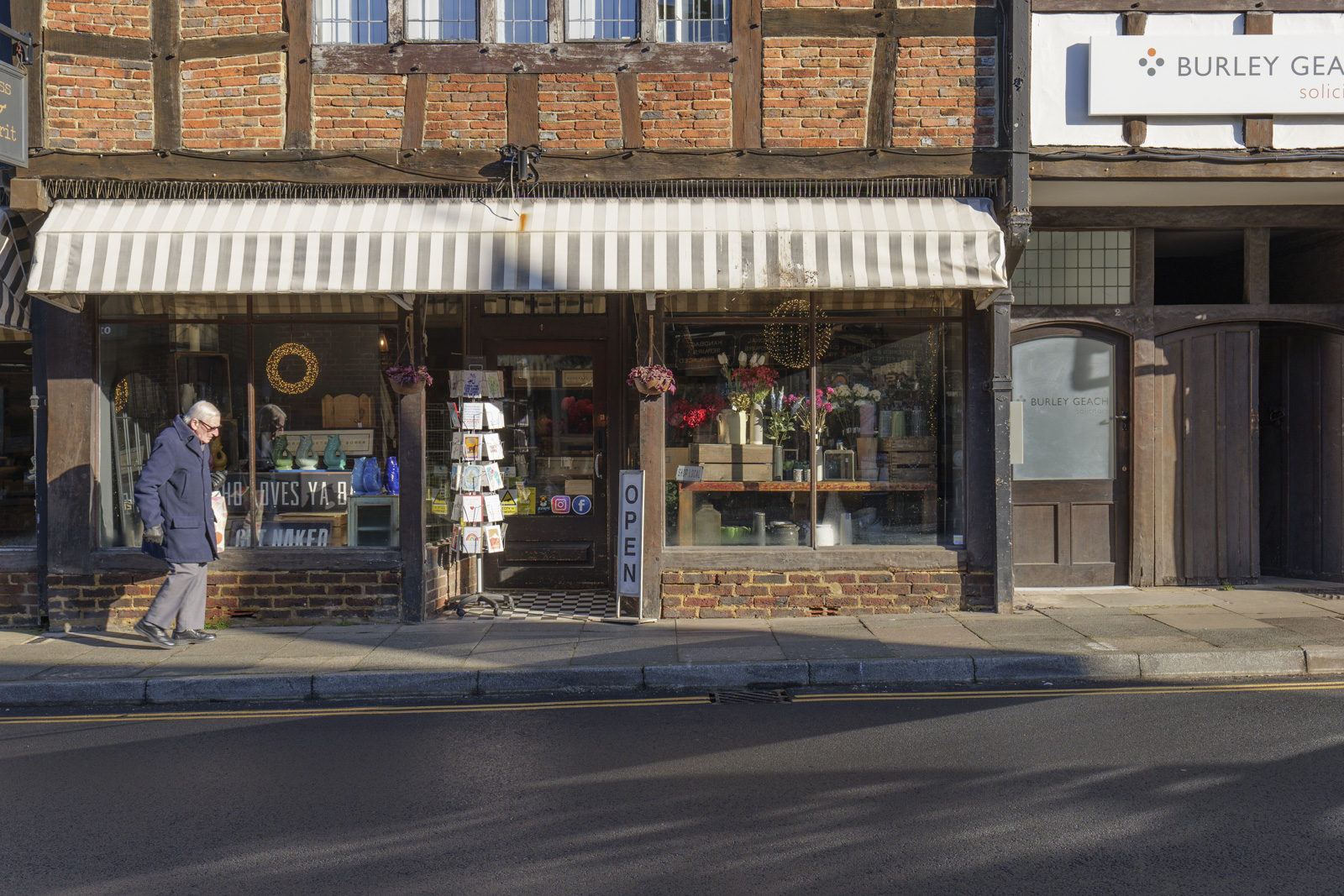
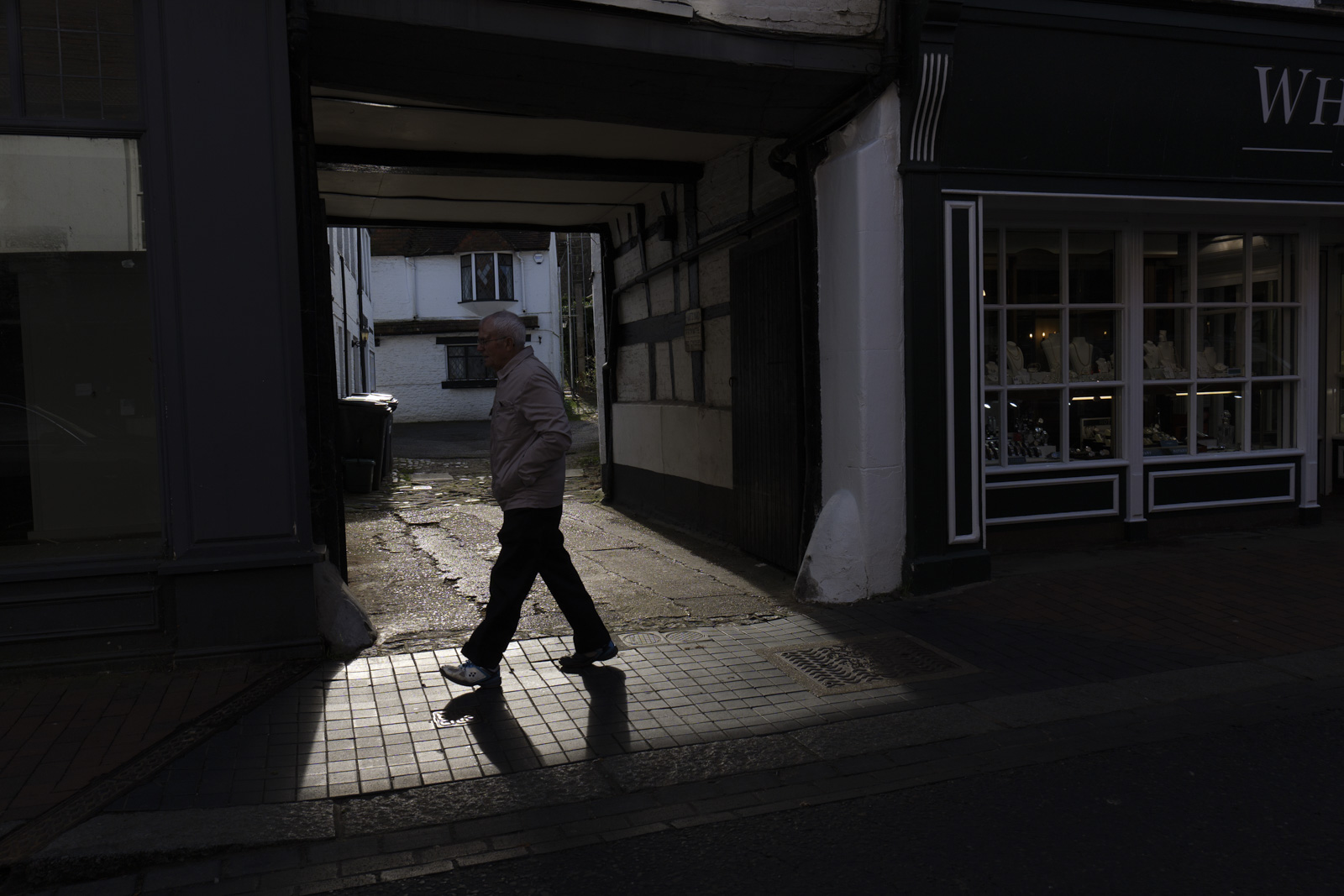
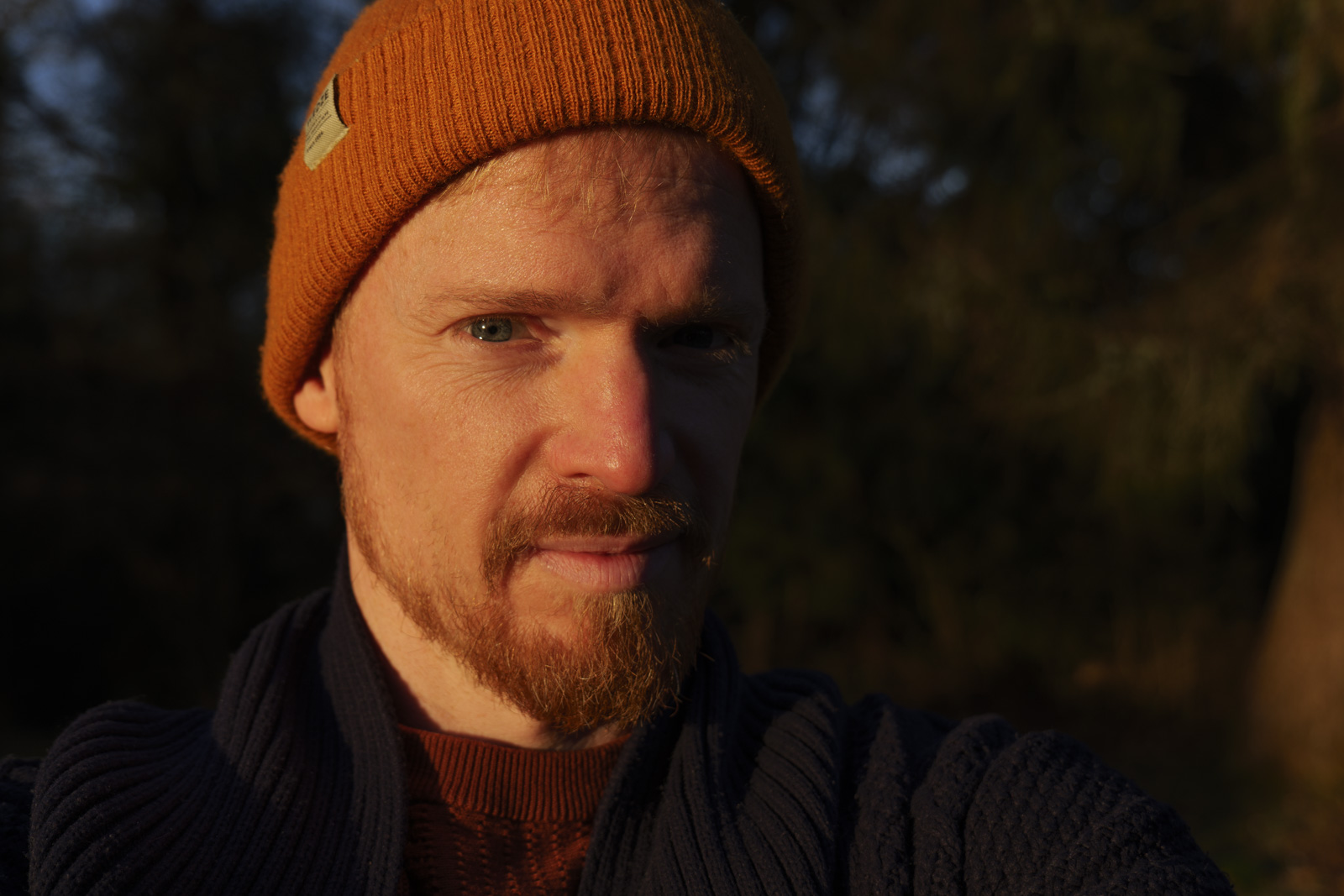
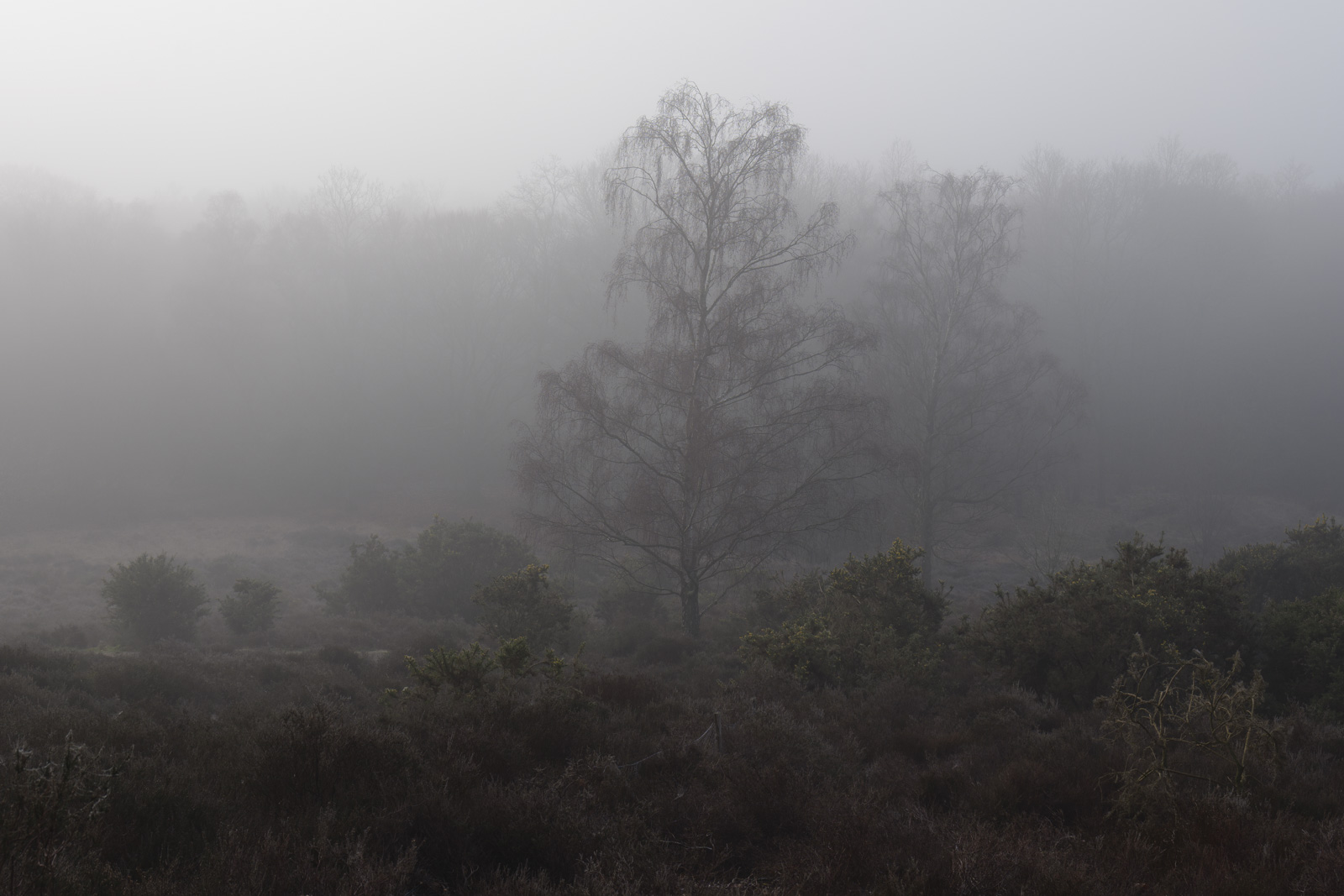
✅ You mainly shoot video: The S5 II is a hybrid, but video is where it excels, shooting uncropped 6K 30p footage with support for an arsenal of frame rates and settings.
✅ You’re a run and gun filmmaker: Equipped with excellent image stabilization and phase-detection autofocus, the Lumix S5 II is a good choice for recording on the move.
❌ You don’t shoot video: Much of the S5 II’s value comes from its video specs. If stills are your focus, you can get better value or more useful features from other options.
❌ You appreciate aesthetics: With a boxy, unexciting body, the S5 II doesn’t do much to win any design awards. There are option full-frame options with more attractive packaging.
We rate the Panasonic Lumix S5 II as the best full-frame video camera for most people. During our tests, it delivered rich and detailed 6K/30p footage with wide dynamic range, courtesy of its various color profiles. Standouts include real time luts and 10-bit recording across almost all resolutions. The cherry on the cake is recording from the full width and height of the sensor: also known as 'open gate', this means you keep more detail when cropping to vertical formats for social, compared to cameras like the Nikon Z8 which shoot at 16:9 or wider.
The rugged S5 II is also Panasonic’s first ever mirrorless camera with phase detection AF for video, addressing the previous downside to the system. You get staggeringly good image stabilization which we found smooths out shakes effectively for run-and-gun video, but there is a 1.5x crop on 4K/60p video which is a shame. There's also a costlier Lumix S5 IIX version to consider which has a few extra video-centric features. Panasonic has been adding useful new features via firmware updates, too, such as proxy recording.
- Read our in-depth Panasonic Lumix S5 II review
The best high-resolution full-frame camera
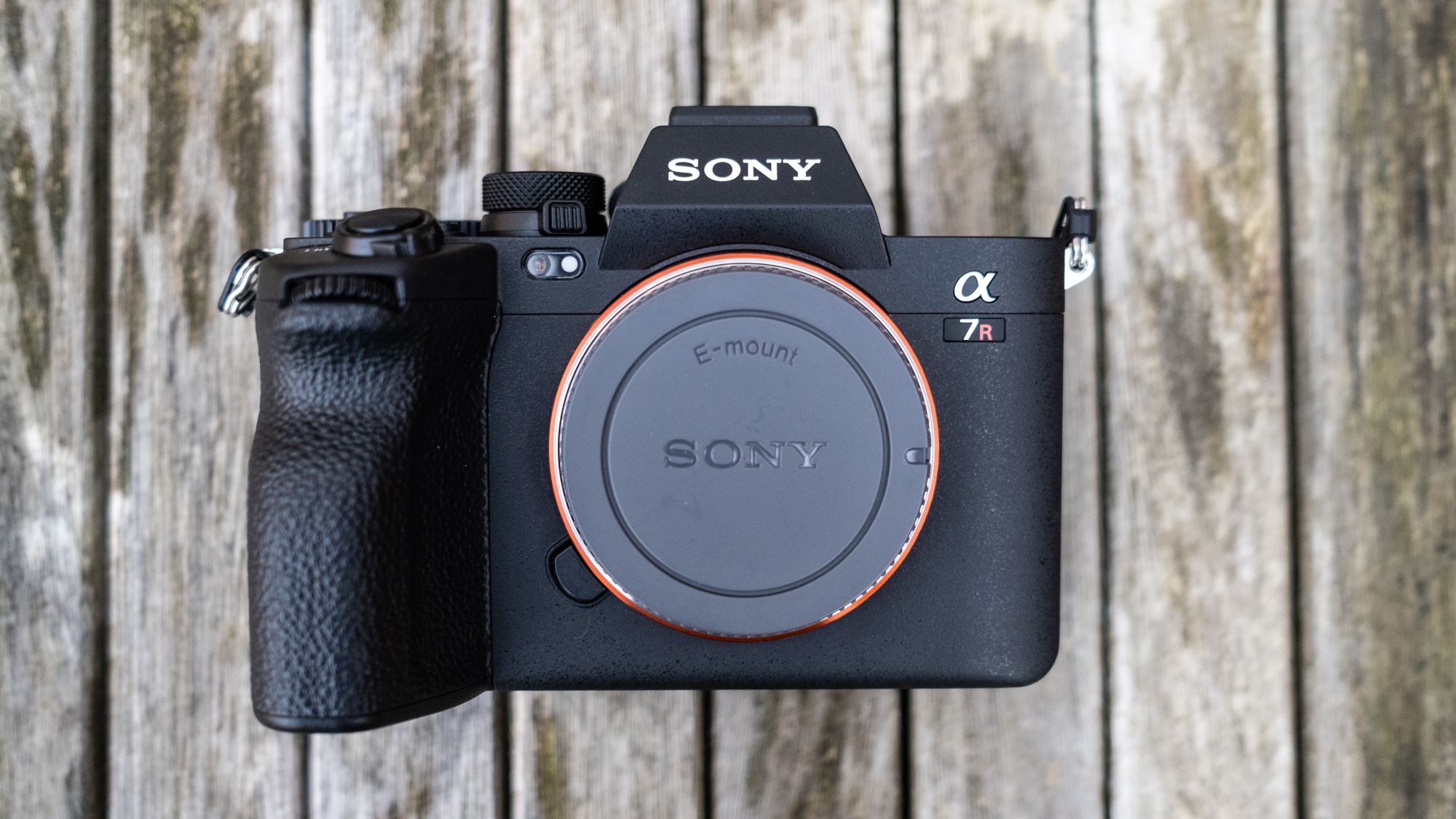

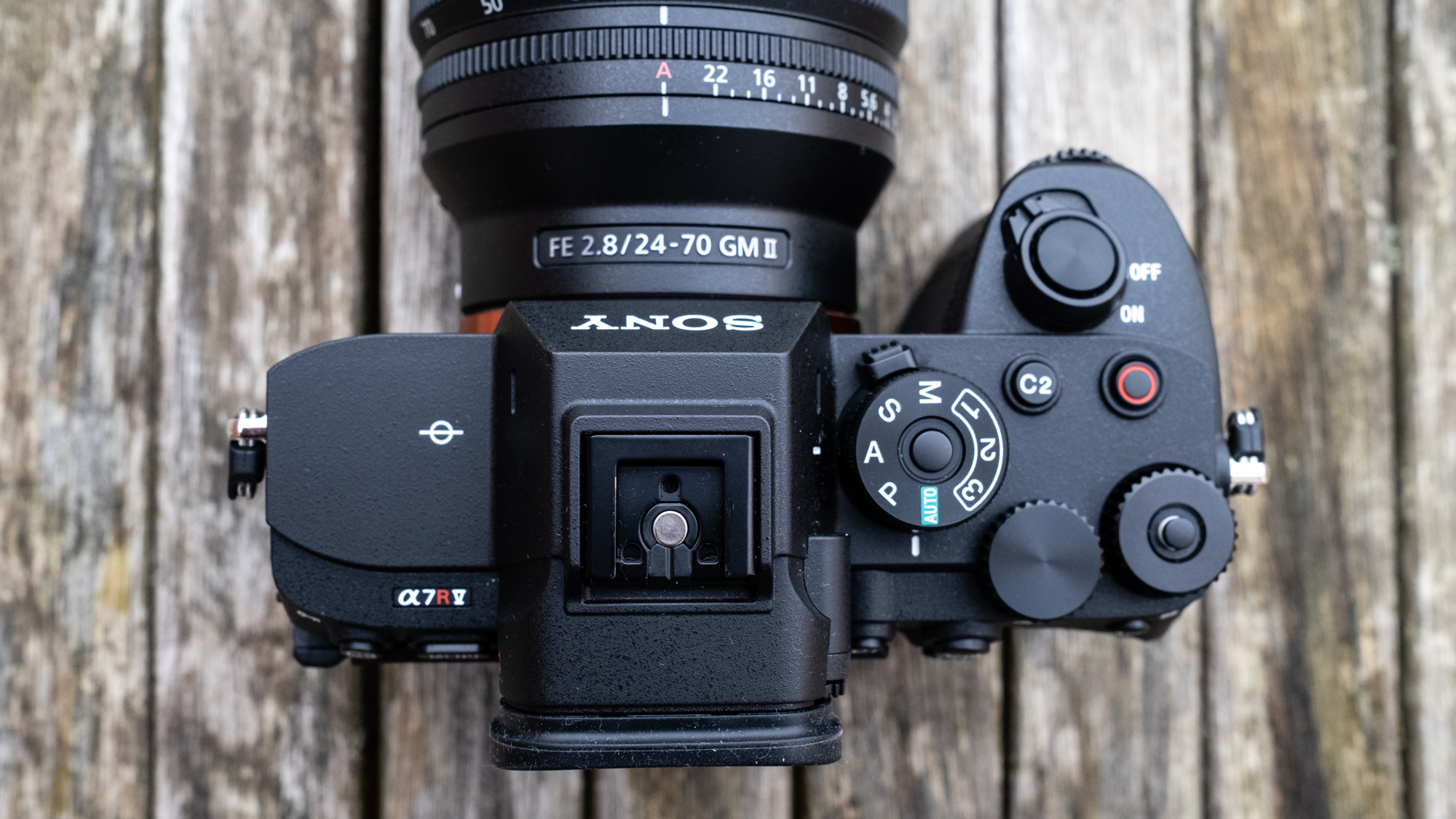
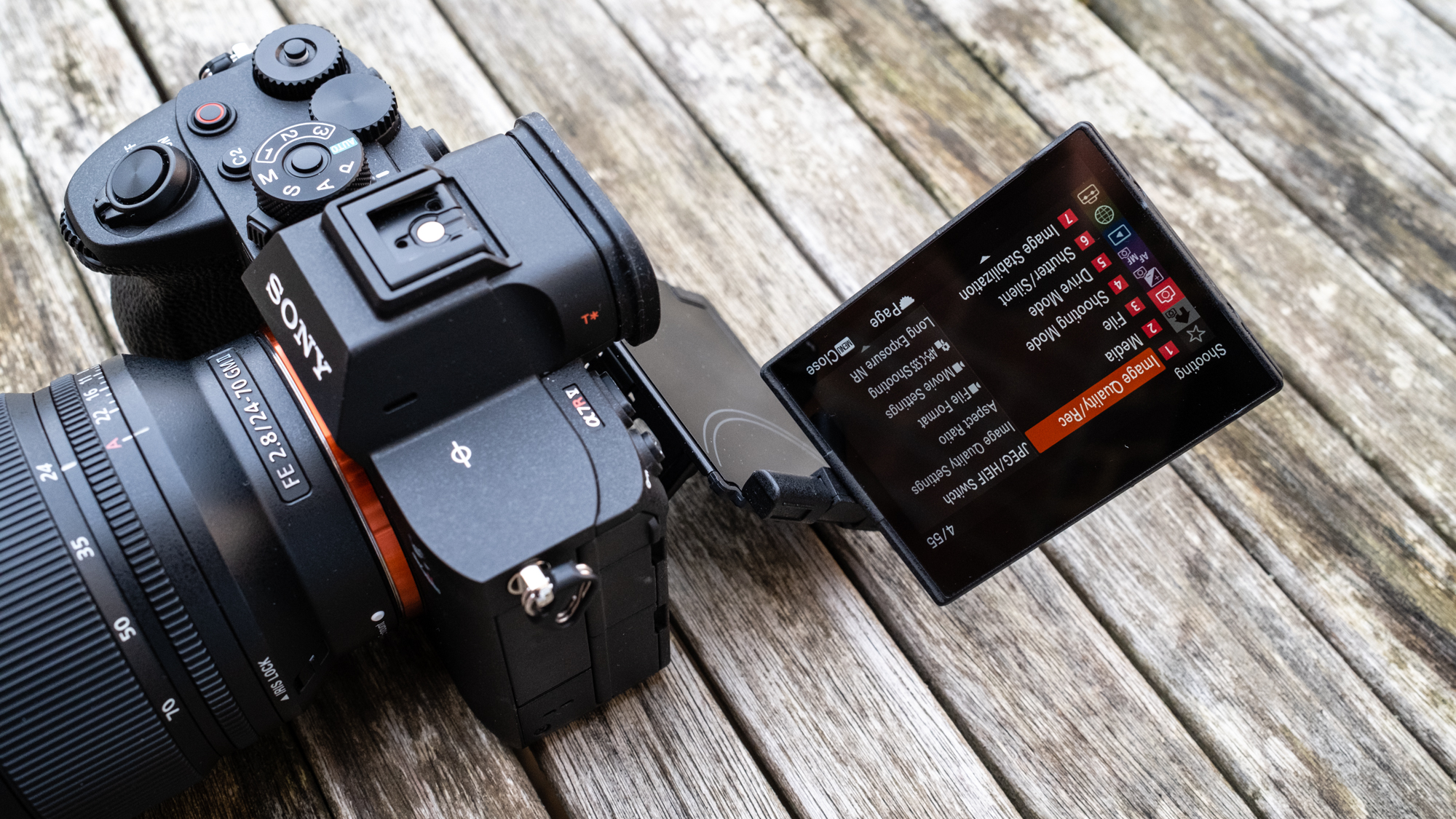
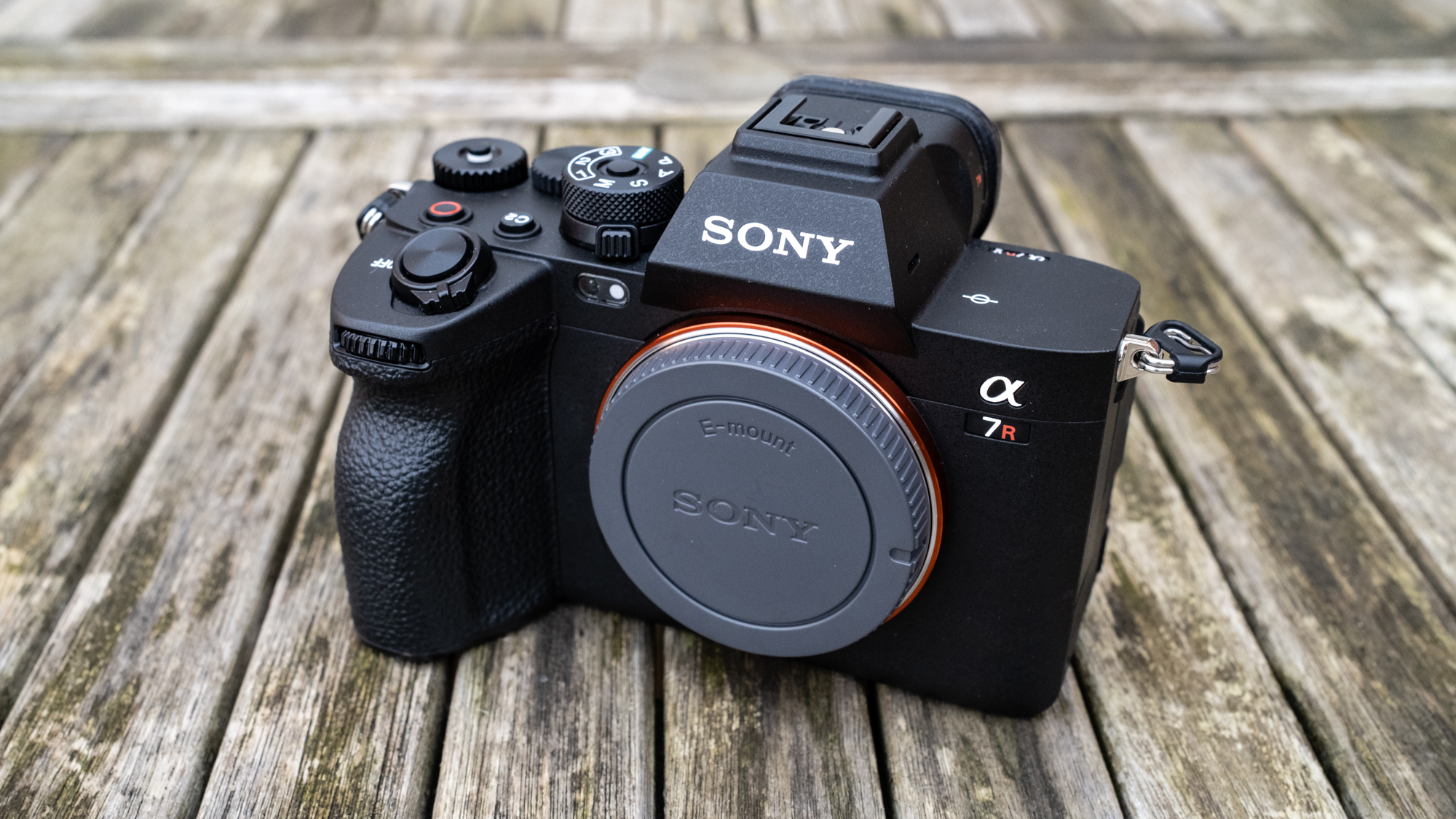
Specifications
Reasons to buy
Reasons to avoid
Sony A7R V sample images
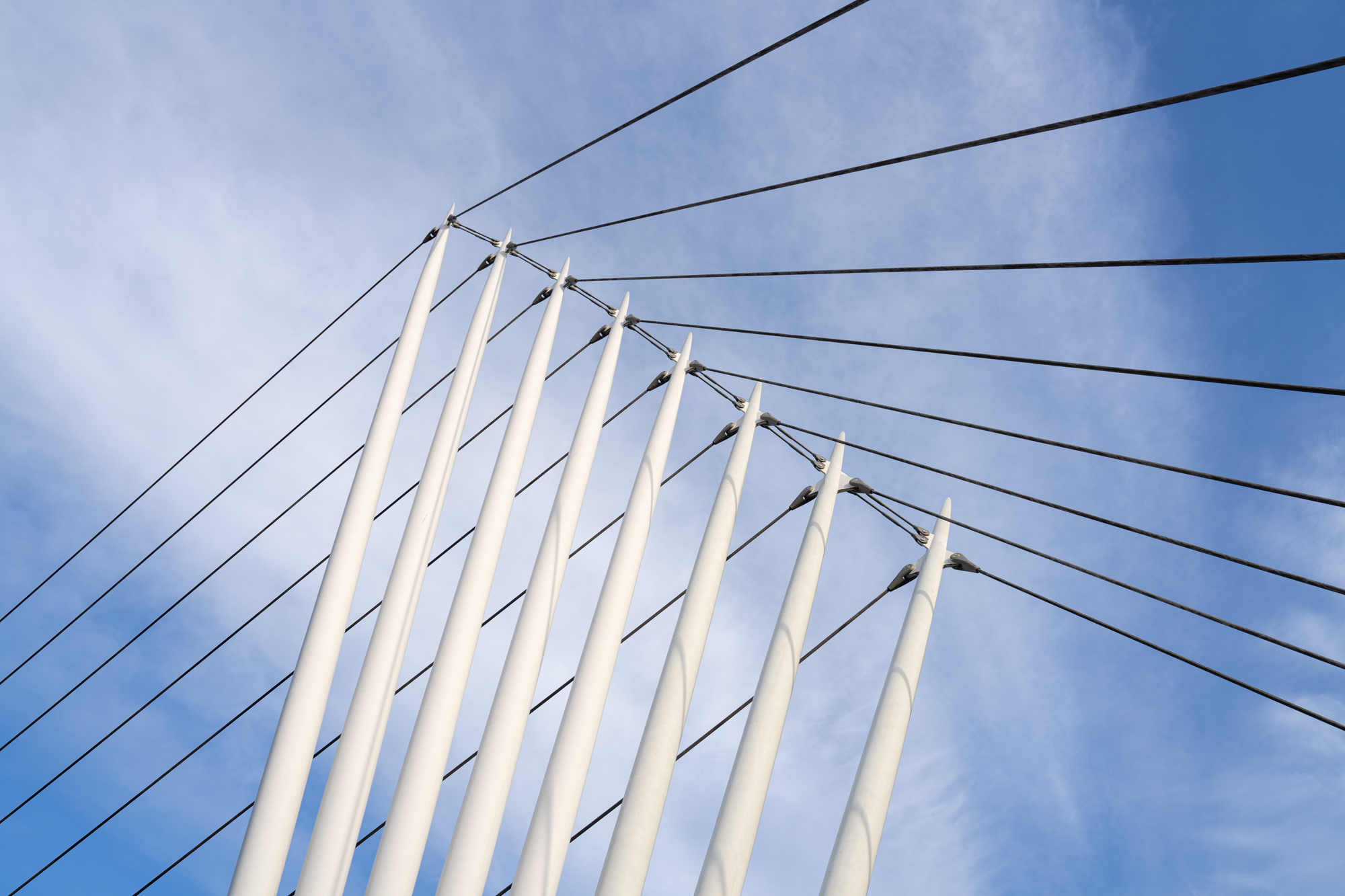
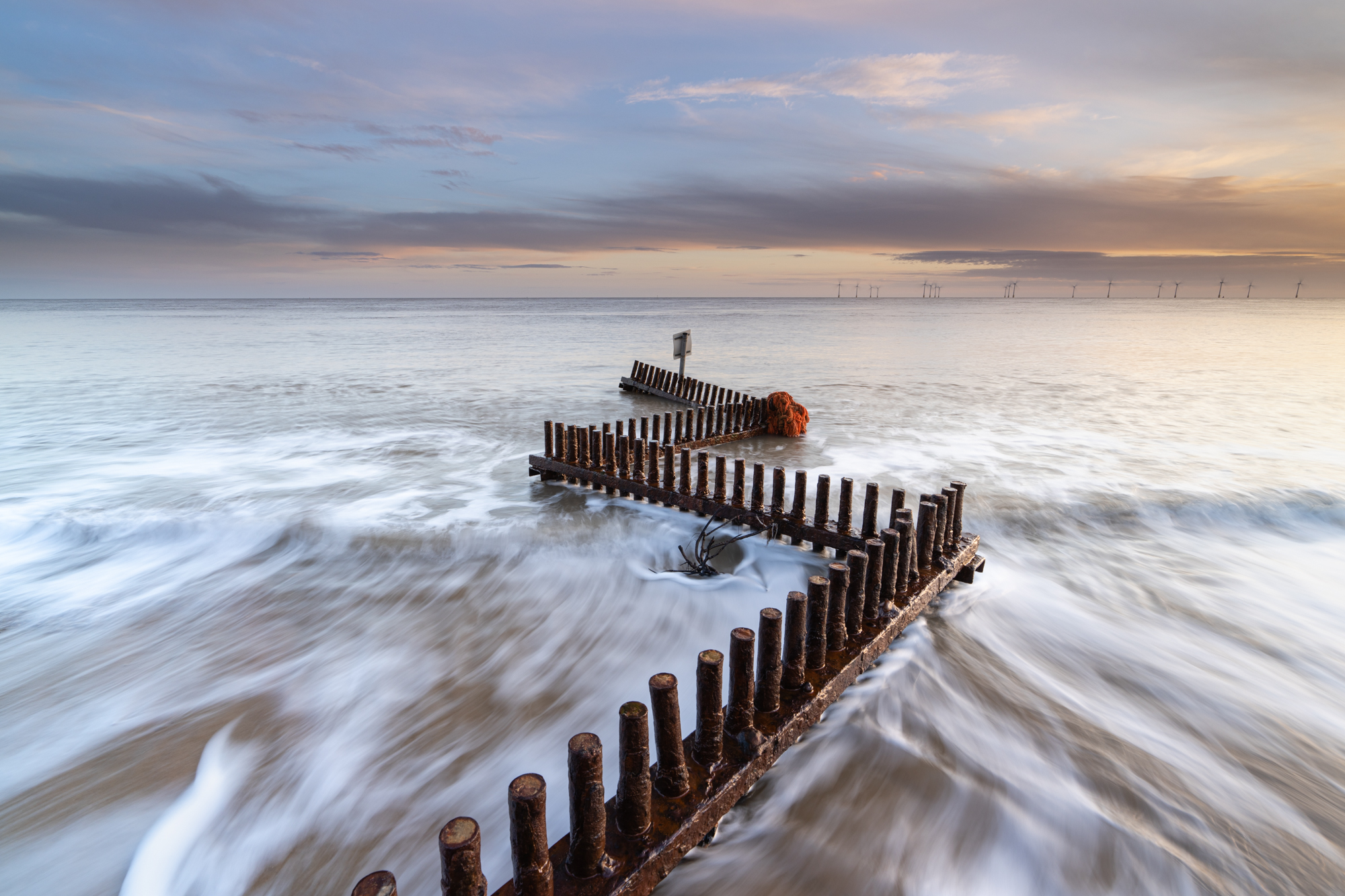
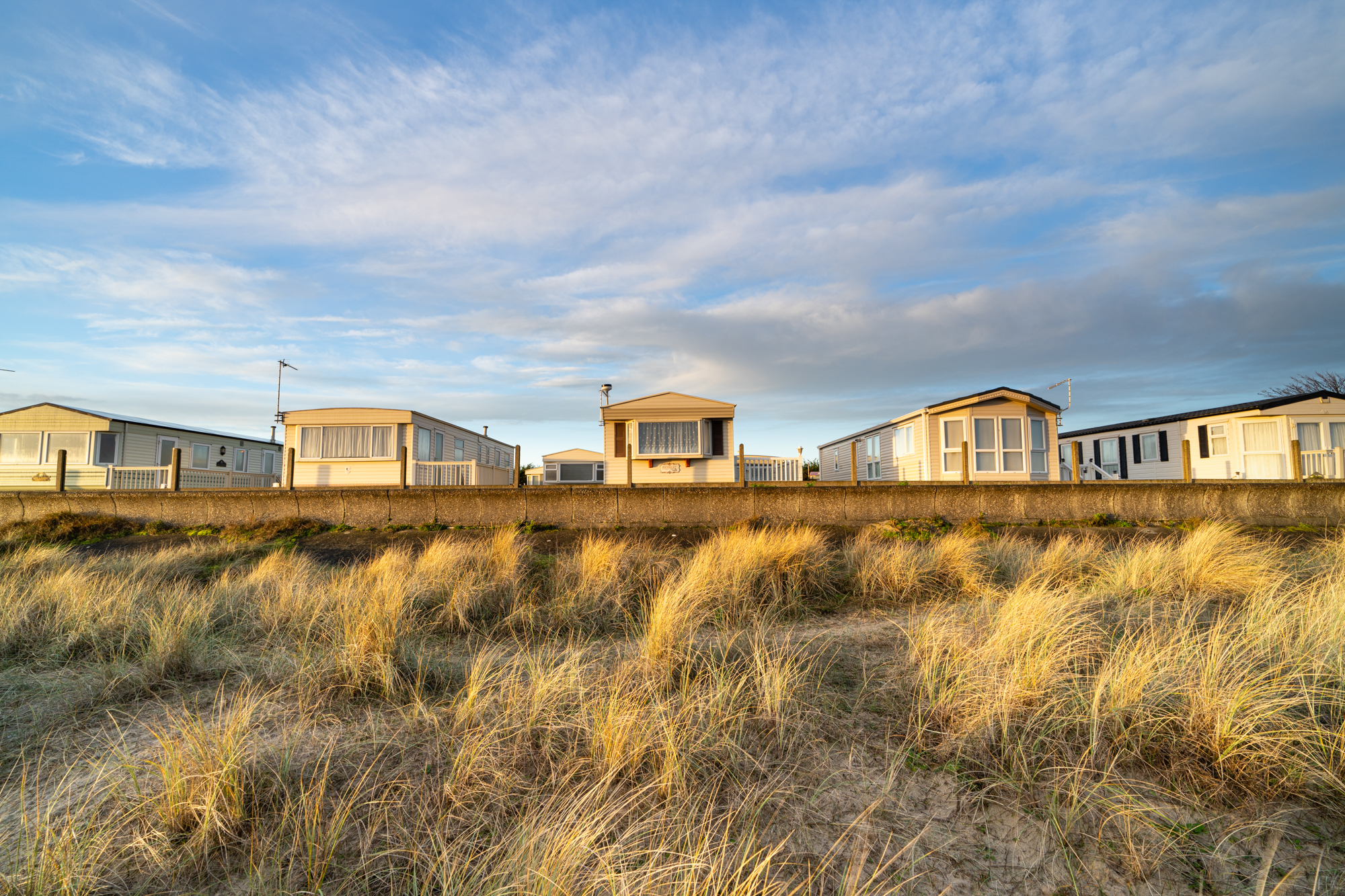
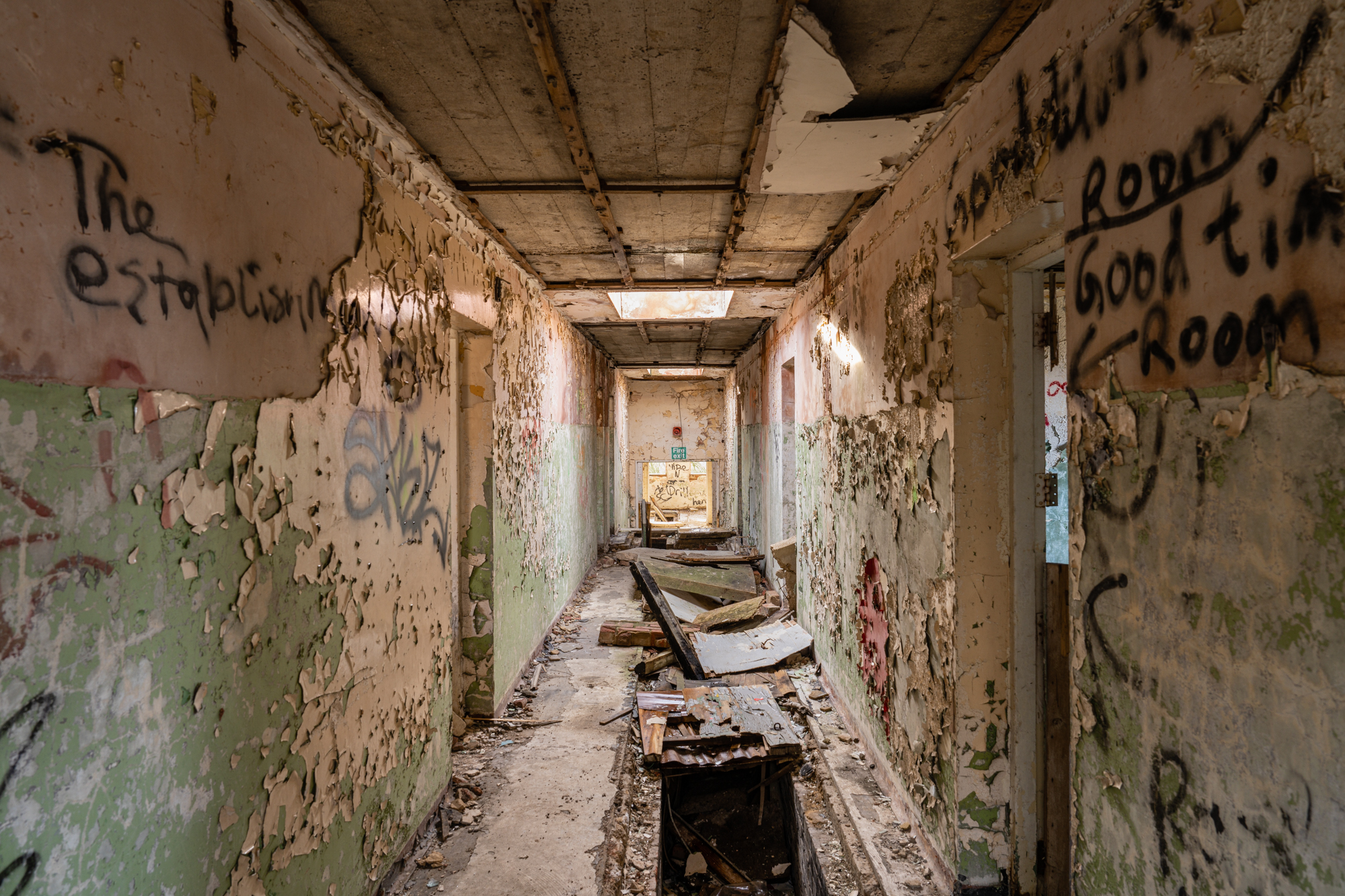
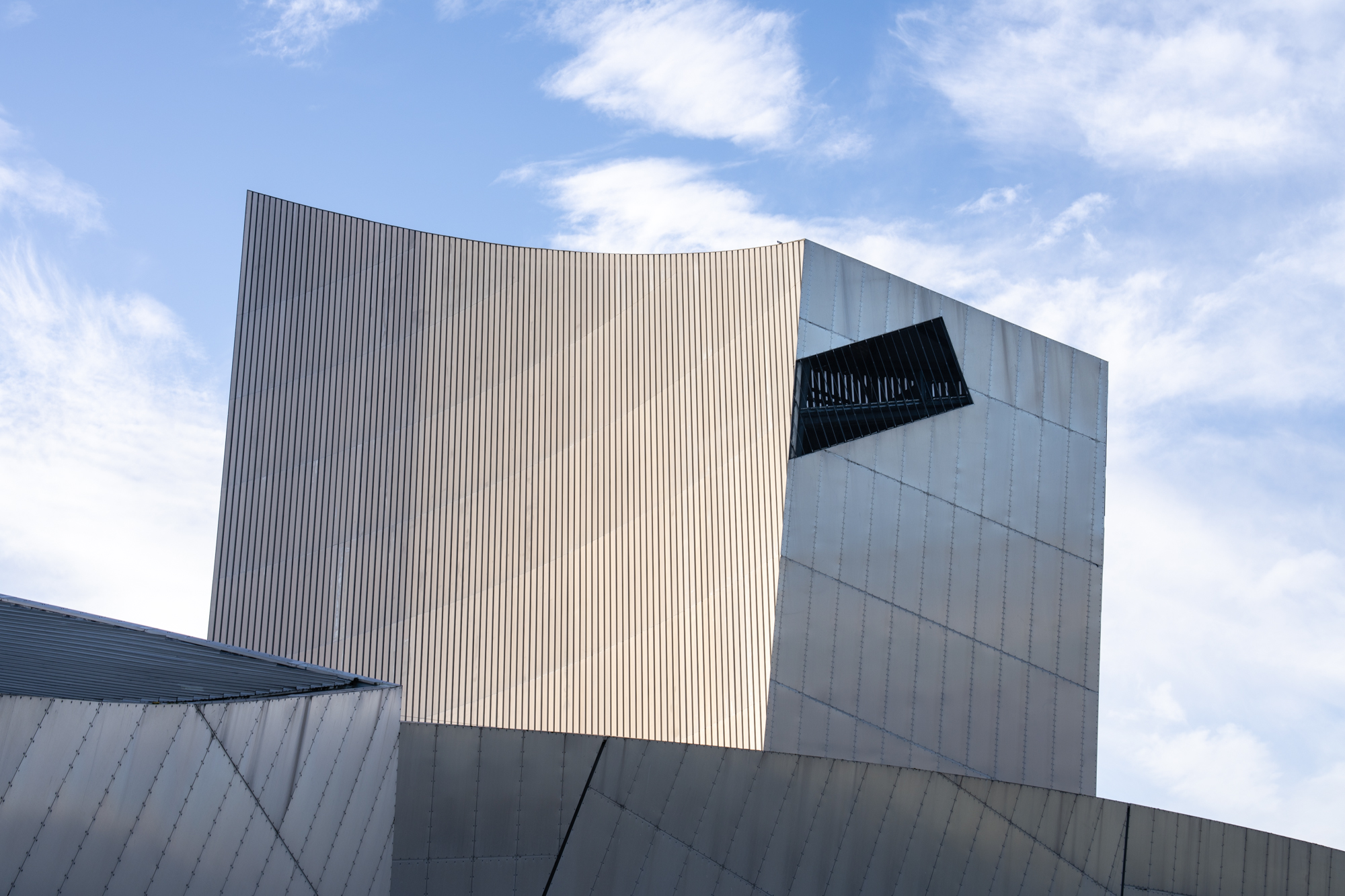
✅ You need high-resolution stills: With a 61MP sensor at its disposal, few full-frame cameras can rival the A7R V for outright detail, whether you’re shooting in the studio or on location.
✅ You want reliable subject detection: Powered by AI, the A7R V is blessed with reliable subject recognition autofocus that can effectively detect and track people.
❌ You can’t afford the best glass: This is a high-end camera that needs to be matched with professional glass to get the best results, which means further outlay.
❌ You don’t need the resolution: Most enthusiasts will find that a 40MP full-frame sensor will offer more than enough detail for their needs, at a more accessible price.
Like the A7R IV, the Sony A7R V shoots stills at a resolution of 61MP. In testing, we found that the combination of its Exmor R sensor and Bionz XR processor captures class-leading detail, paired with impressive ISO handling. The A7R V also benefits from a number of upgrades which make it a better full-frame camera overall. One is the 4-axis articulating touchscreen, which is a useful addition for framing, whether you’re shooting stills or video.
While the huge pixel count means the A7R V is a fantastic choice for studio or landscape work, up to eight stops of image stabilization also make it a viable option for shooting handheld. AI-powered subject detection AF performed well in our review, proving reliable and effective at tracking targets. 4K video tops out at 60fps, while 10fps burst speeds are bettered by rivals. But if it’s detail that matters, you won’t get more elsewhere – though it’s worth noting that the A7R V needs to be paired with top-tier glass to deliver its best.
- Read our in-depth Sony Alpha A7R V review
The best full-frame camera for sports
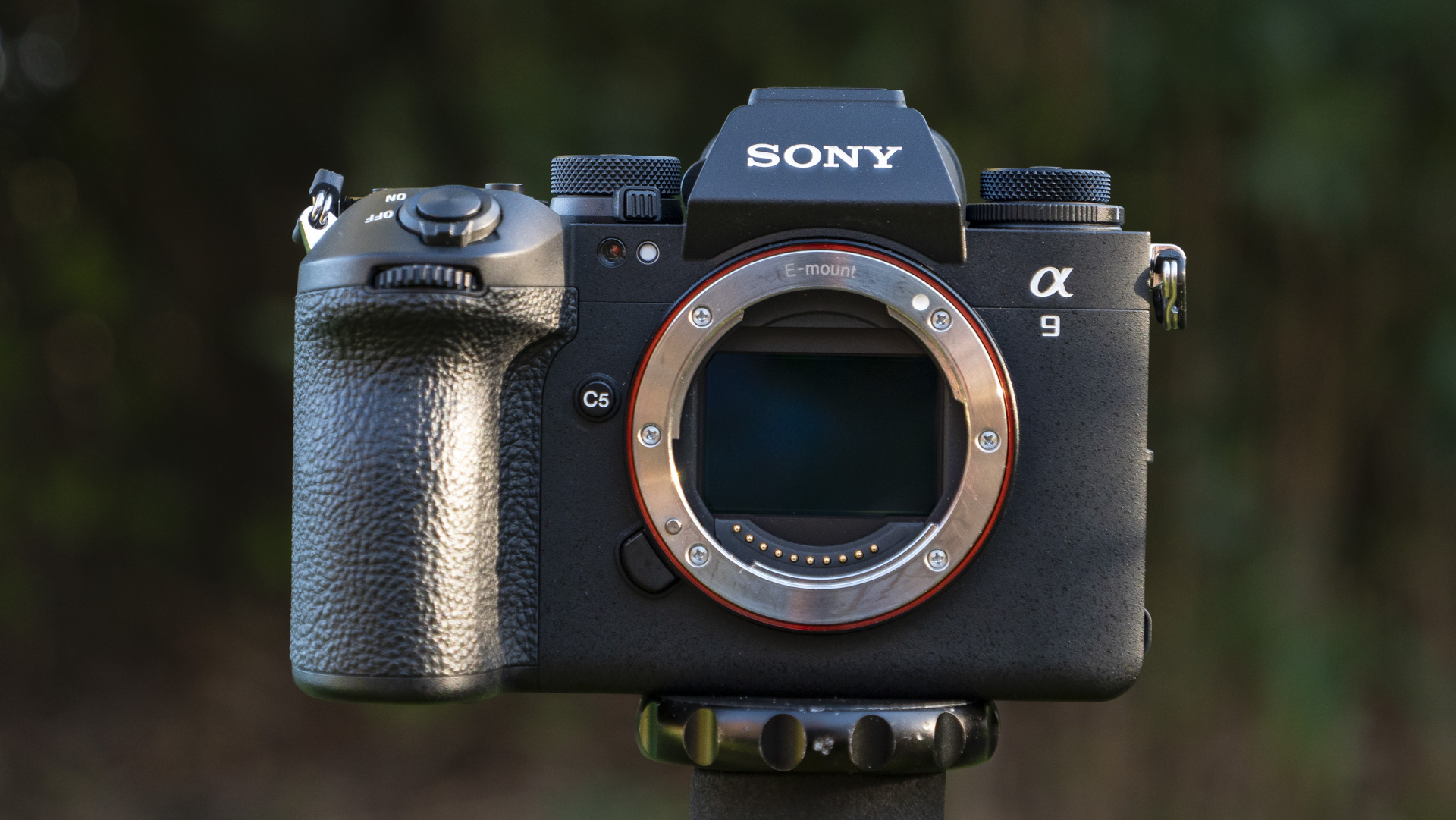
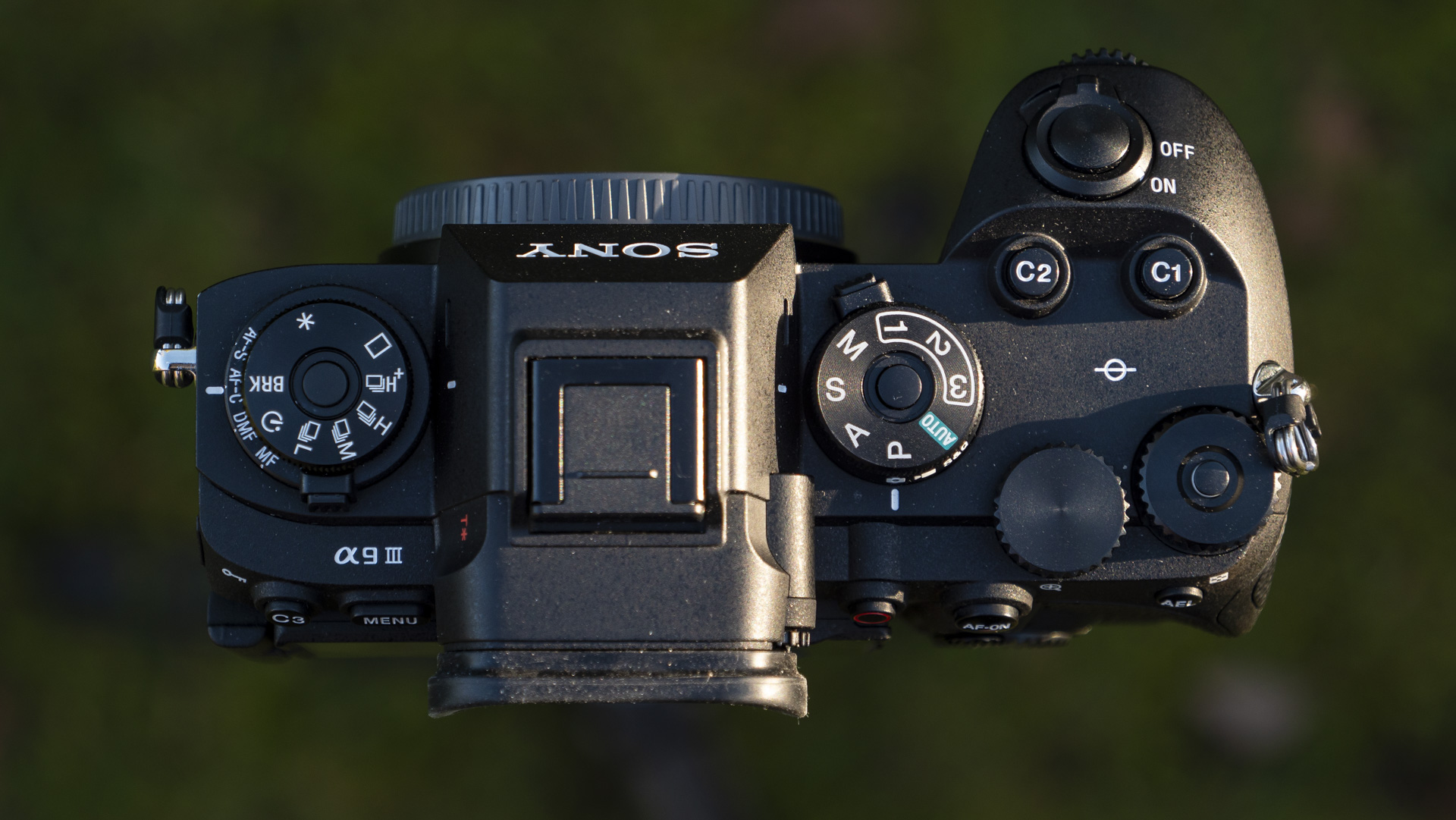
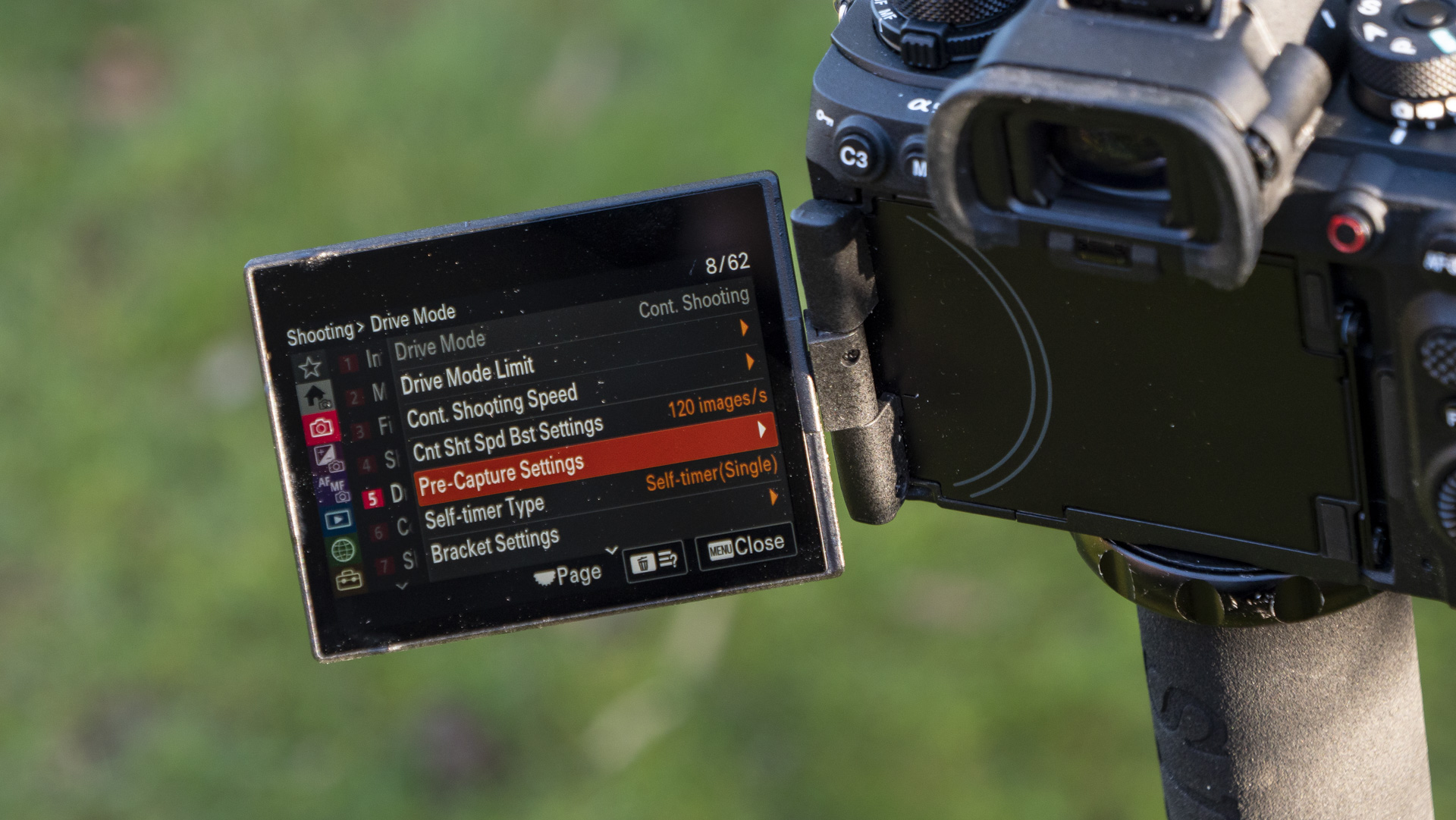
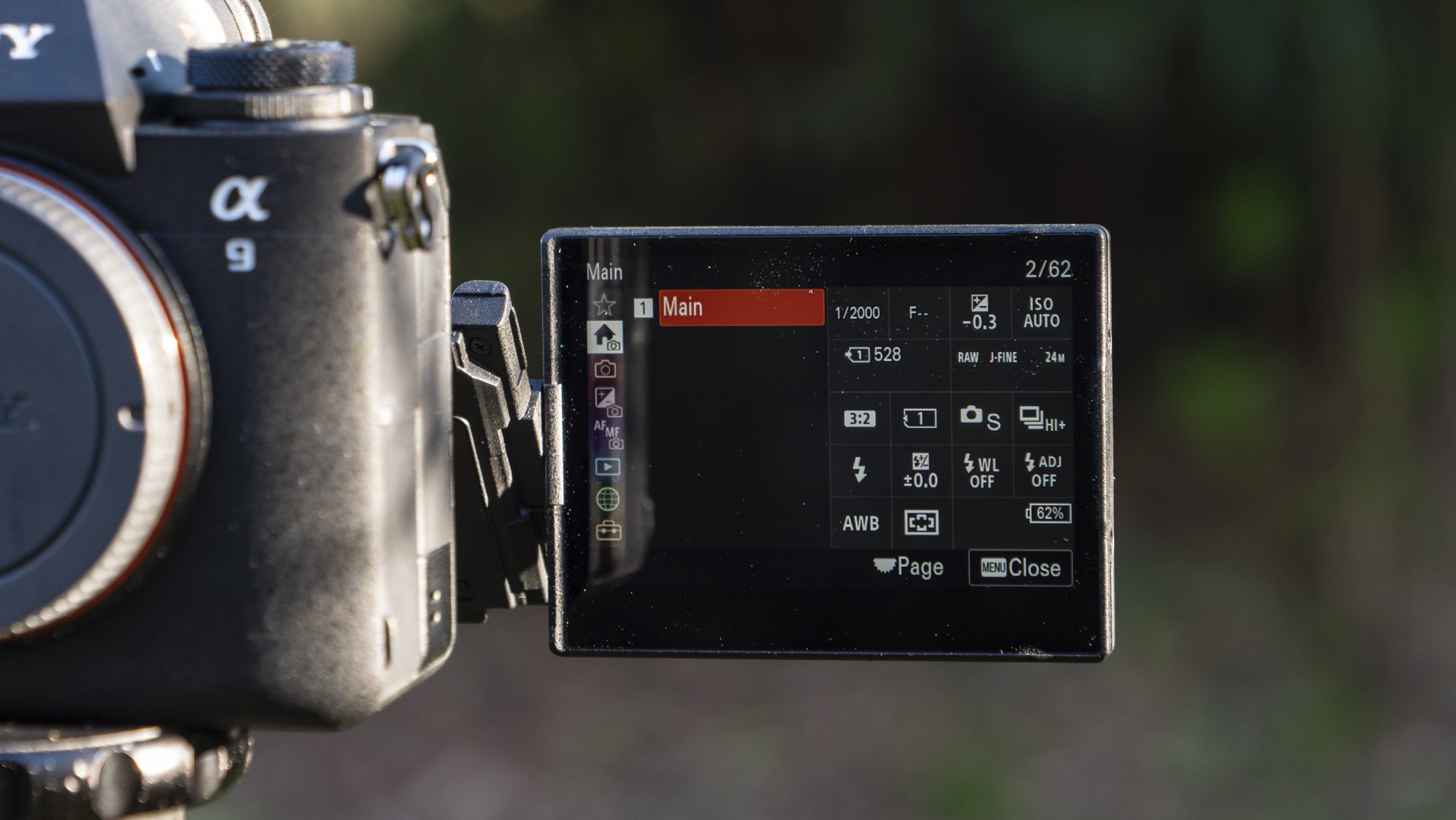
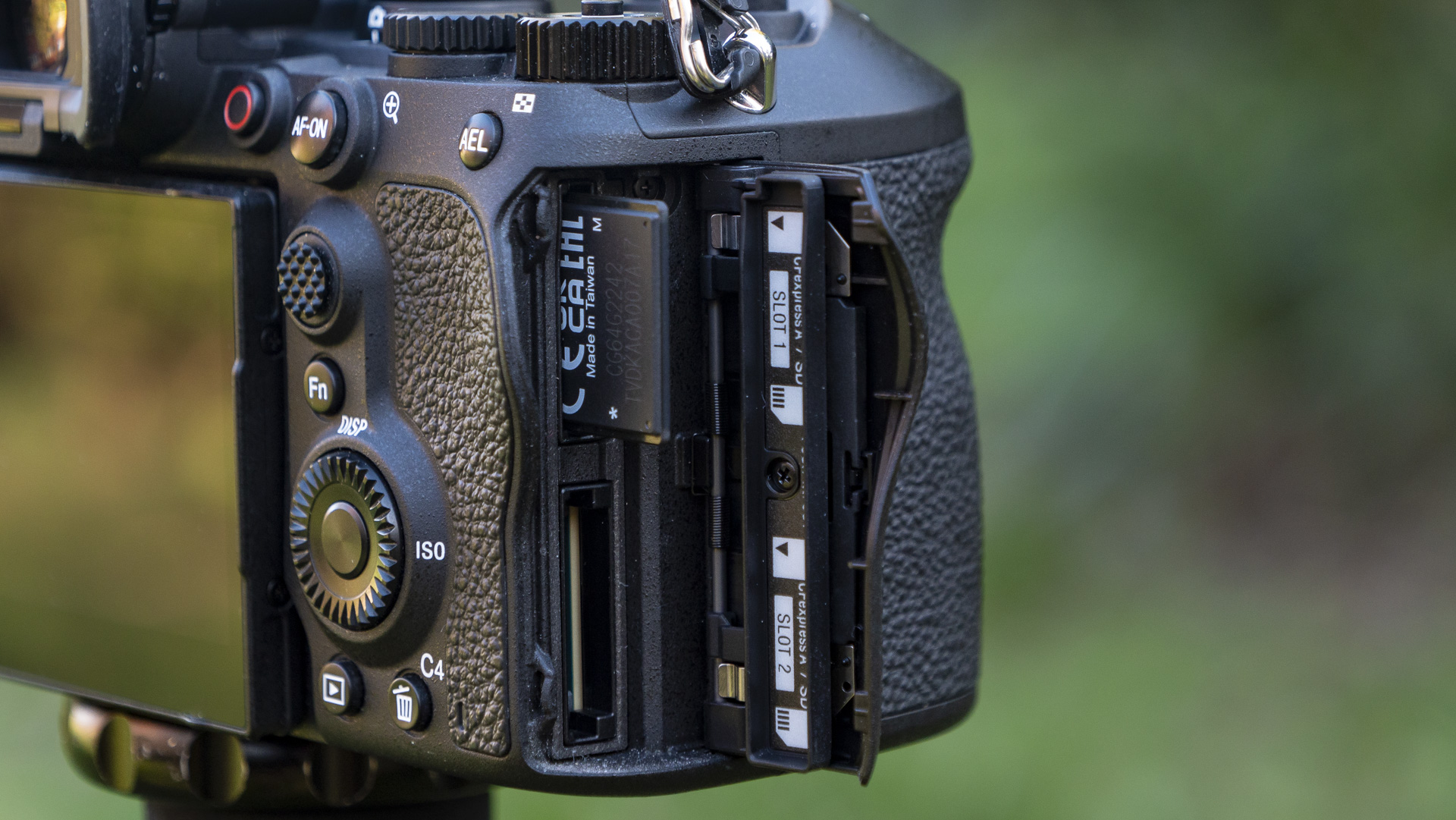
Specifications
Reasons to buy
Reasons to avoid
Sony A9 III sample images
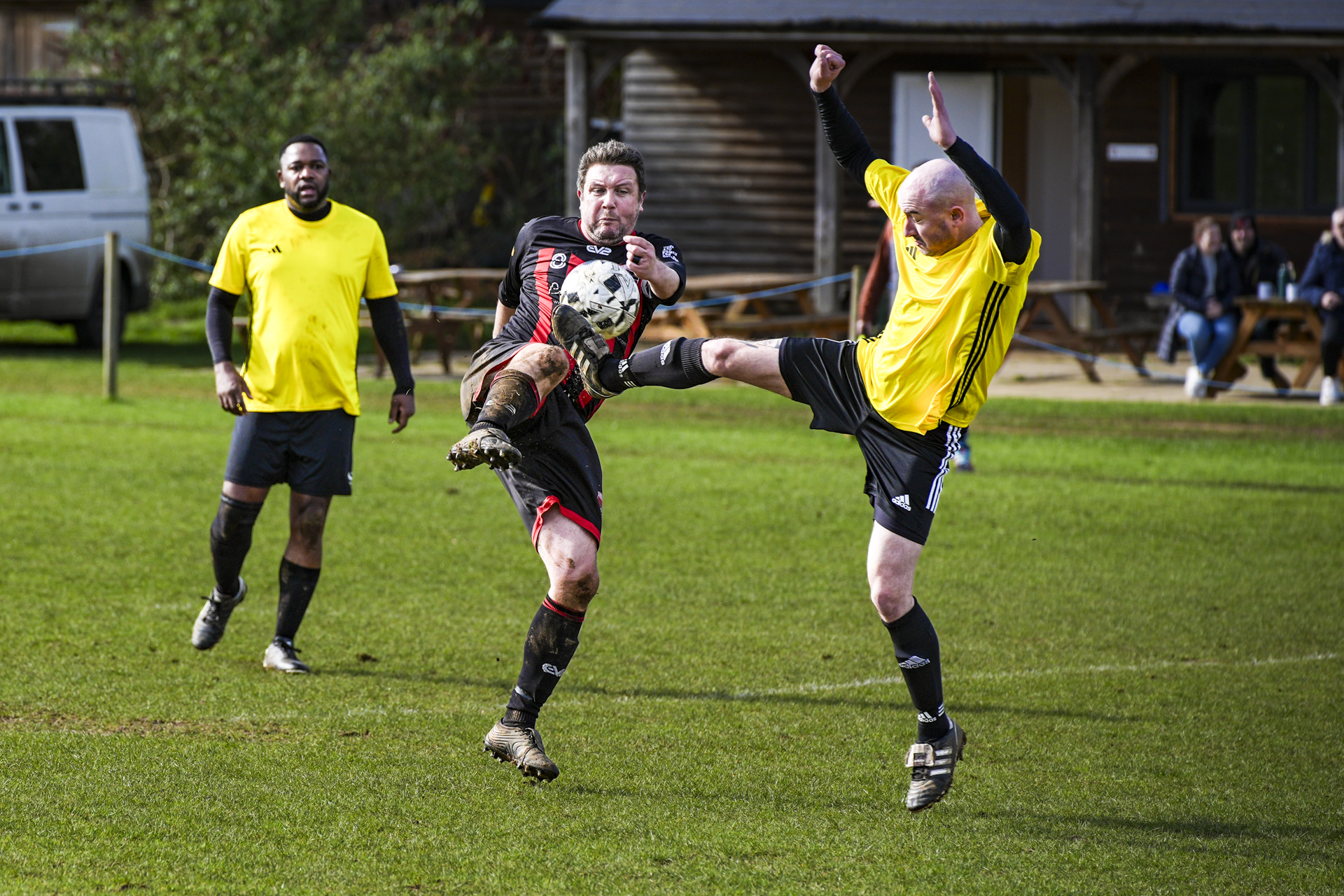
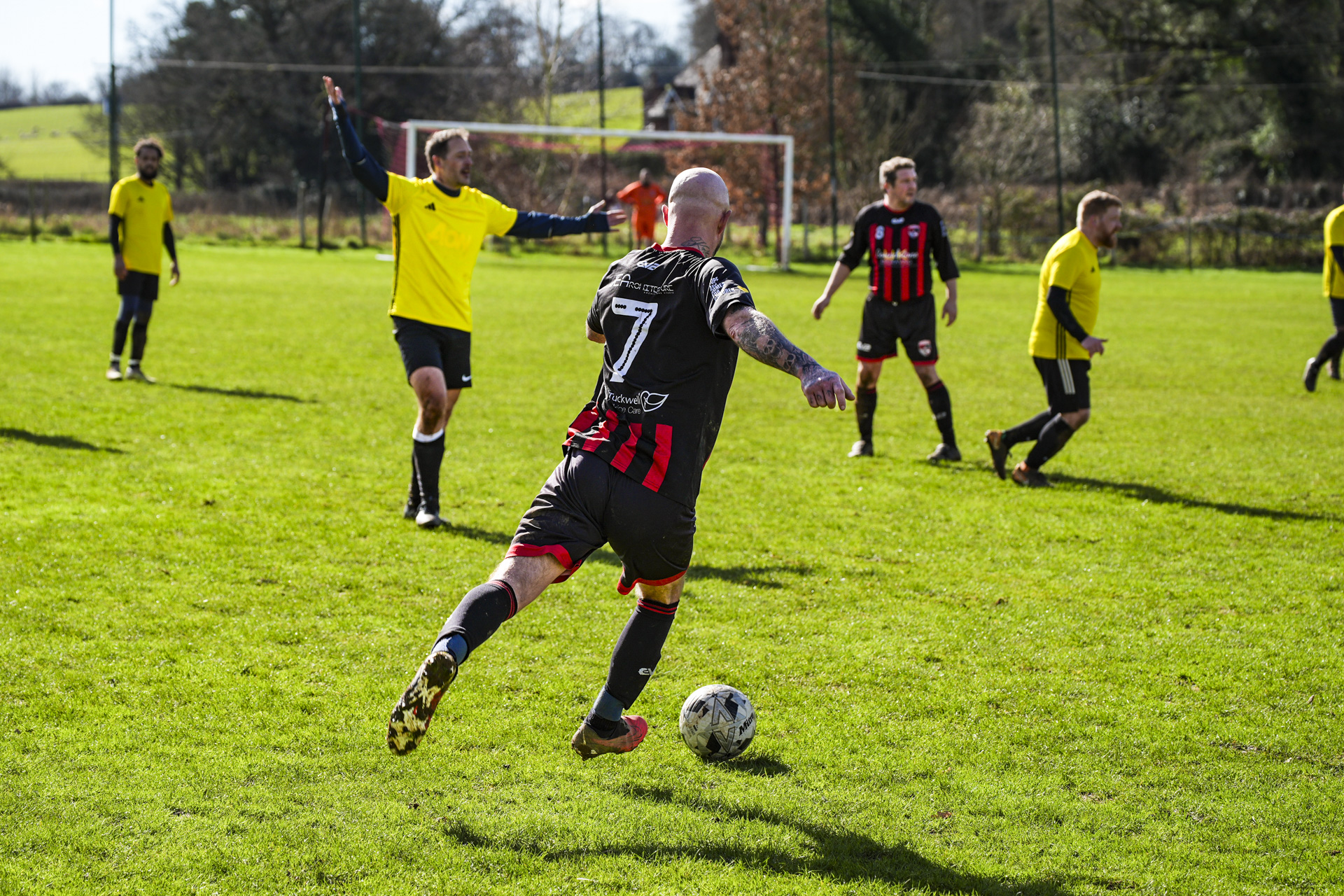
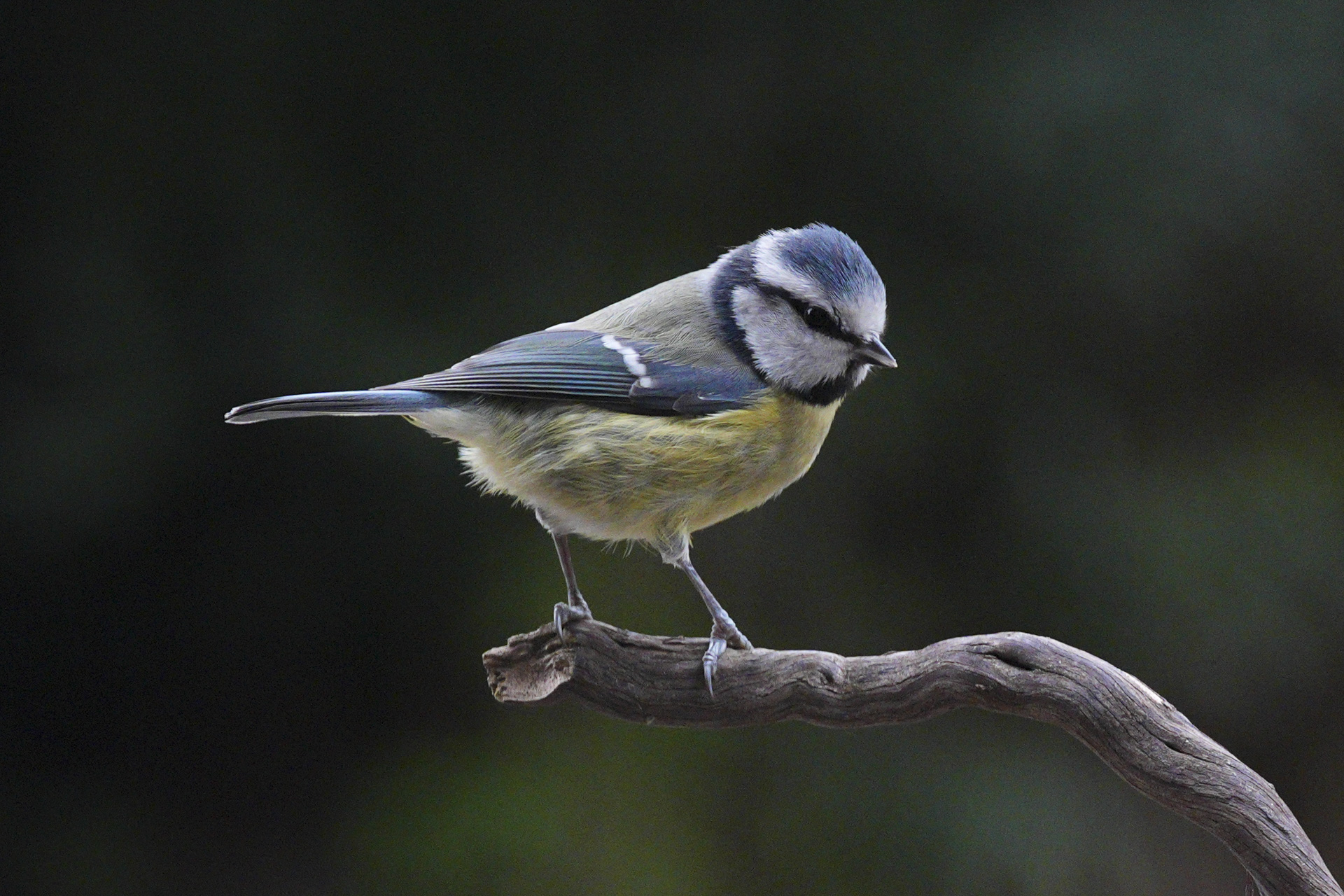
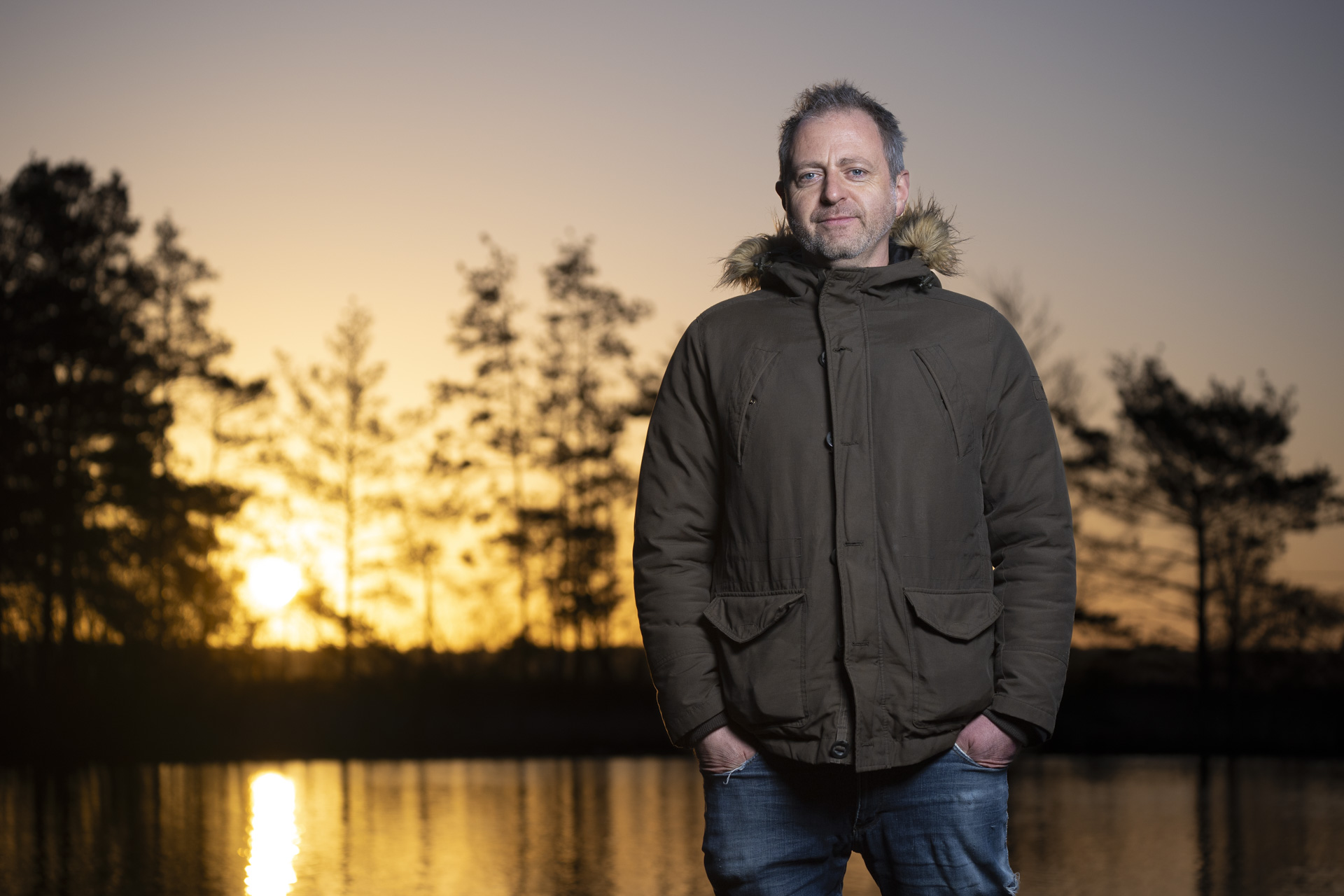
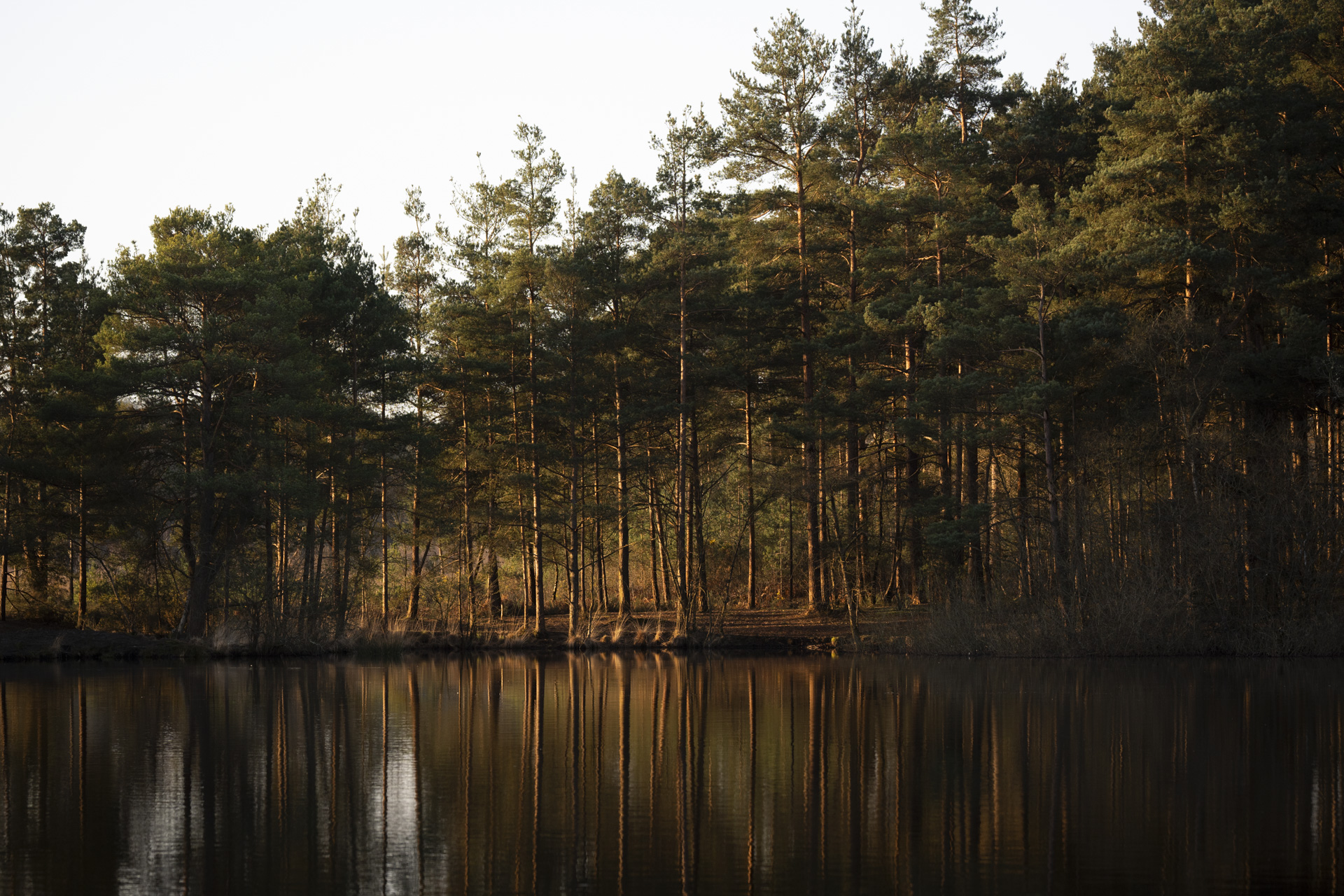
✅ You want the pinnacle of speed: With an innovative global shutter, the A9 III sets a new benchmark for speed, with 120fps burst shooting and Sony’s best-ever autofocus
✅ You want modular flexibility: The A9 III has a compact body that can be expanded using a vertical grip, giving you the flexibility to shoot small or boost battery life.
❌ You want low-light quality: The A9 III sacrifices outright dynamic range and noise performance in favor of speed, which means you’ll get better low-light results from other cameras.
❌ You’re happy with 30fps: Rivals can shoot at 30fps with full autofocus and auto exposure. If your work doesn’t demand the performance of the A9 III, those will offer better value.
One of the more exciting mirrorless camera developments of recent years can be found in the Sony A9 III, which comes equipped with a global shutter. You can learn more about this tech in our in-depth review, but the result is fastest-ever burst shooting up to 120fps in full-quality, zero distortion in fast-moving subjects, and flash sync at any shutter speed. From our hours spent with it, the performance can only be described as next-generation.
There is a slight image quality trade-off in using a global shutter which means the A9 III isn't for everyone – especially if you don't need its industry-leading performance – but it's undoubtedly the best mirrorless camera for high-speed action and flash photography, backed up with the most reliable autofocus we've ever used. We also think the A9 III is Sony’s best-designed mirrorless camera yet, although the use of slower CFexpress type A cards is a bottleneck preventing the best possible performance. Still, the A9 III is one of the most fascinating cameras around right now.
- Read our in-depth Sony Alpha A9 III review
The best full-frame Leica camera
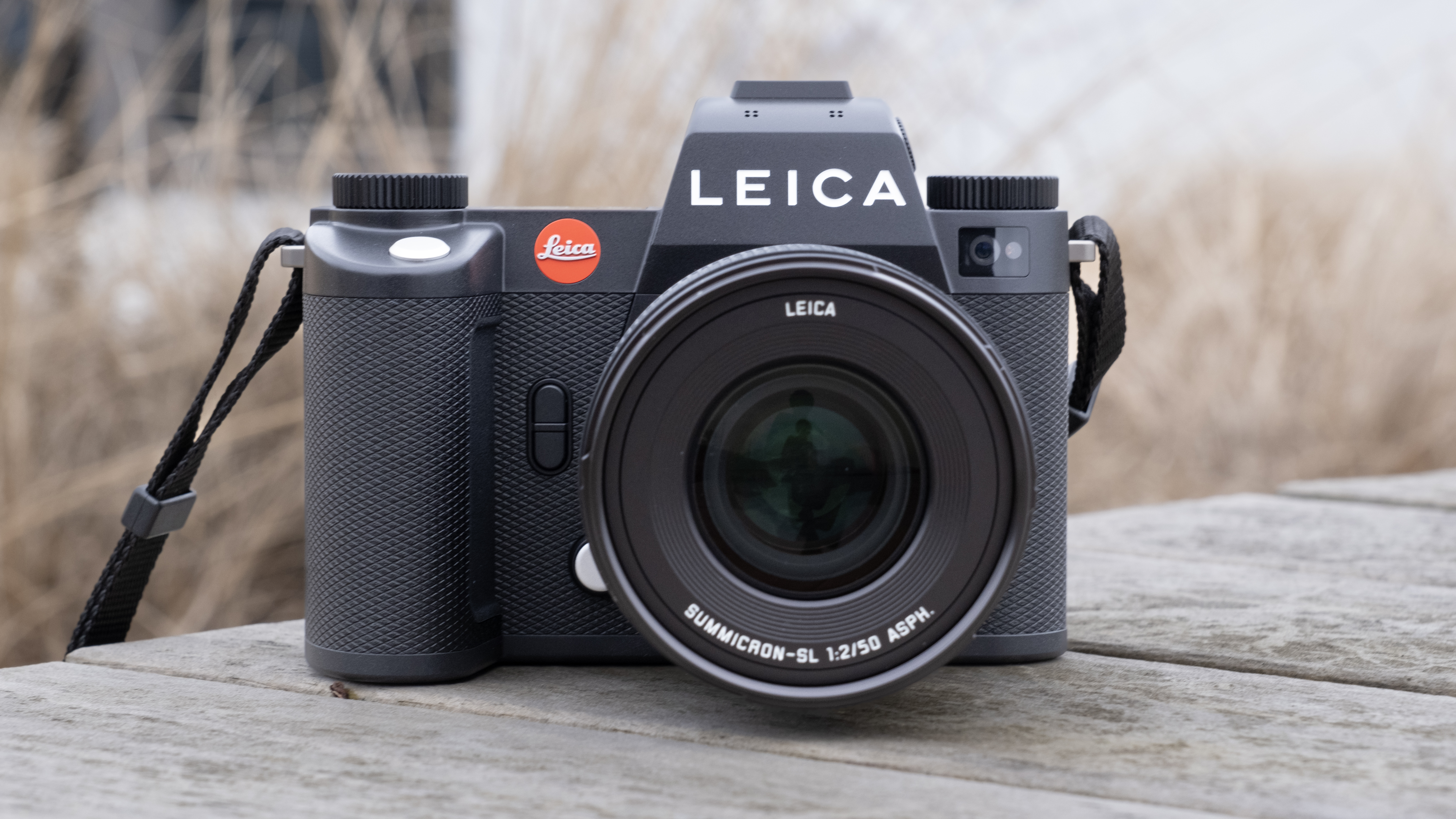
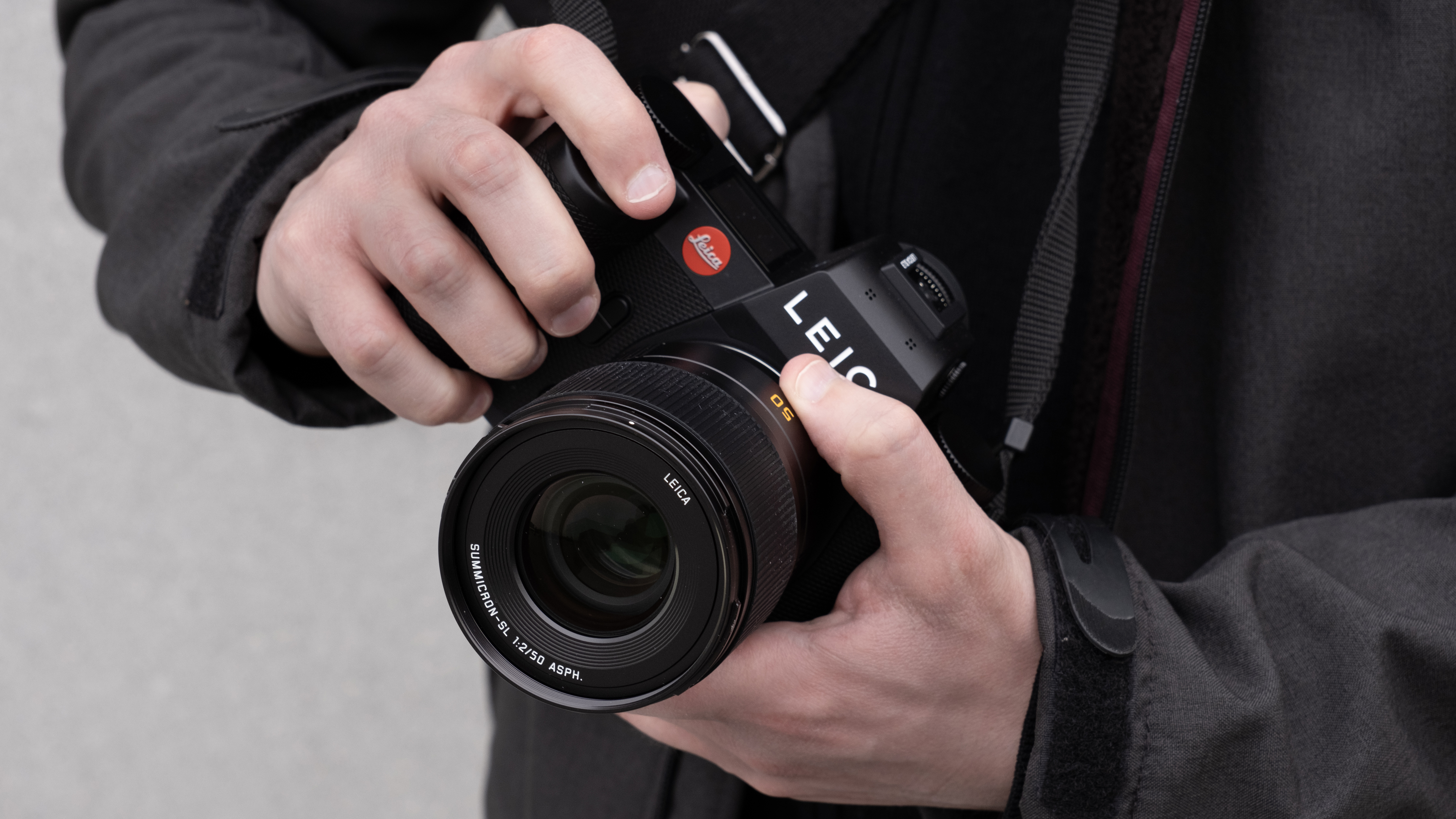
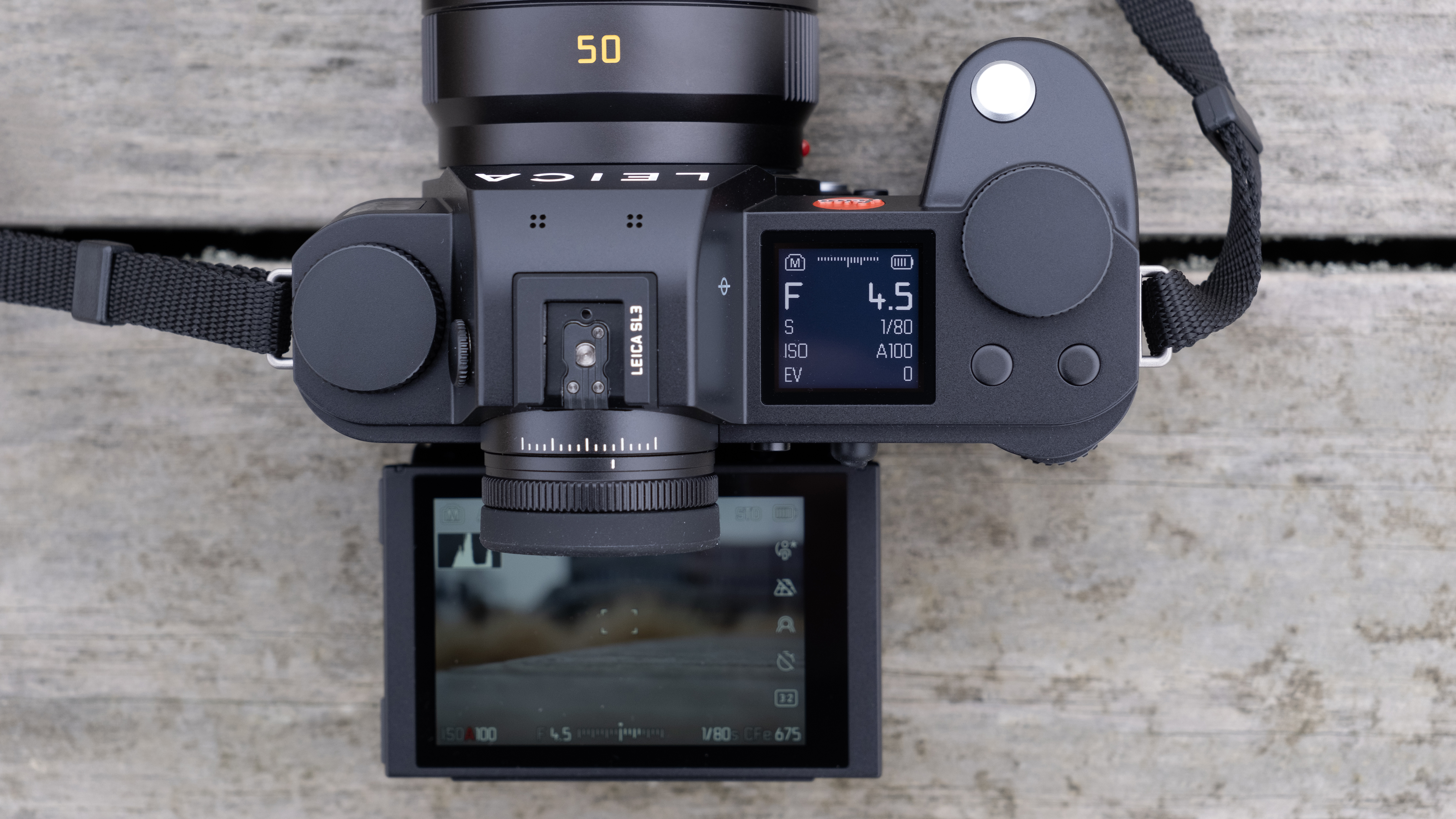
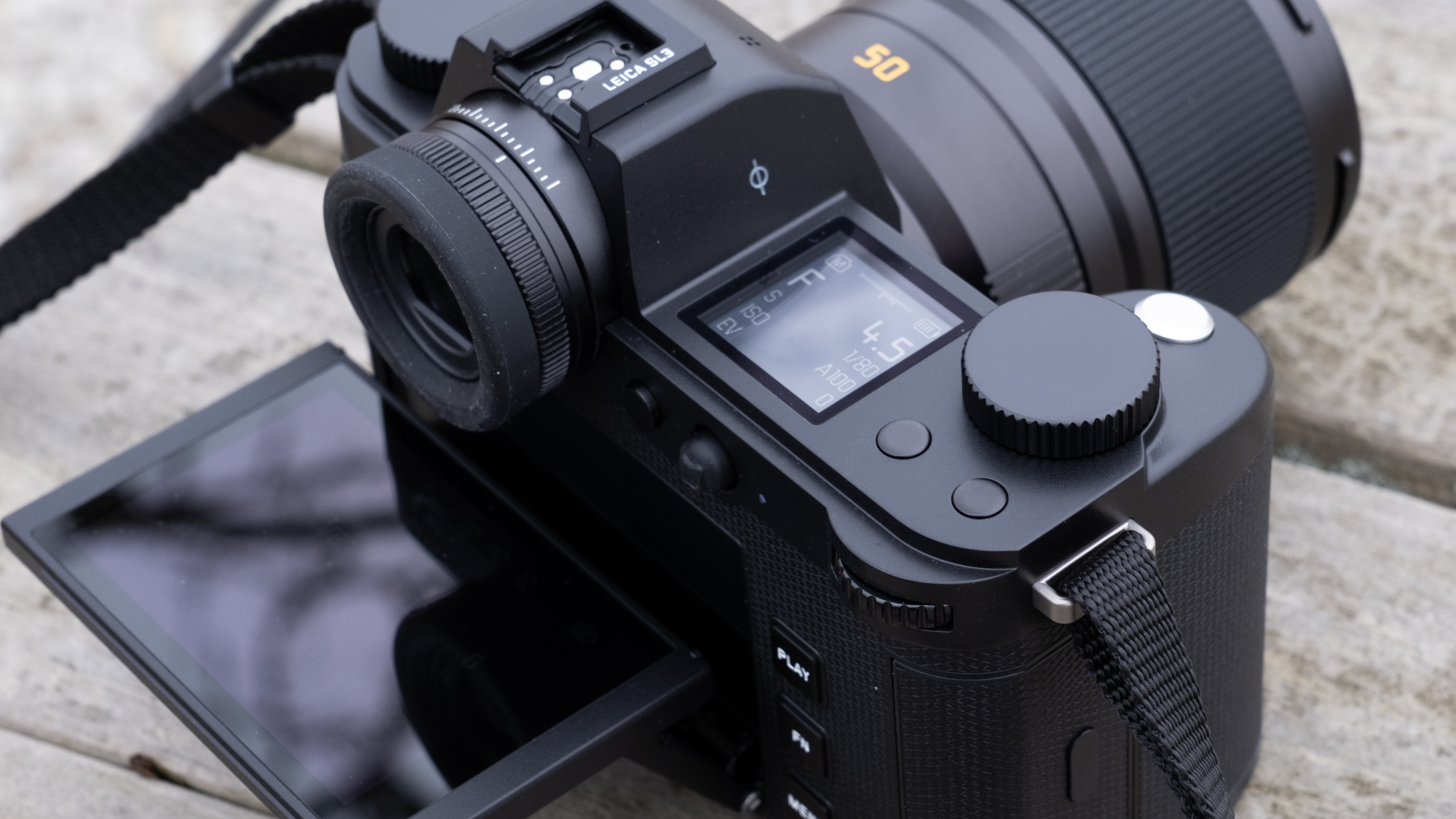
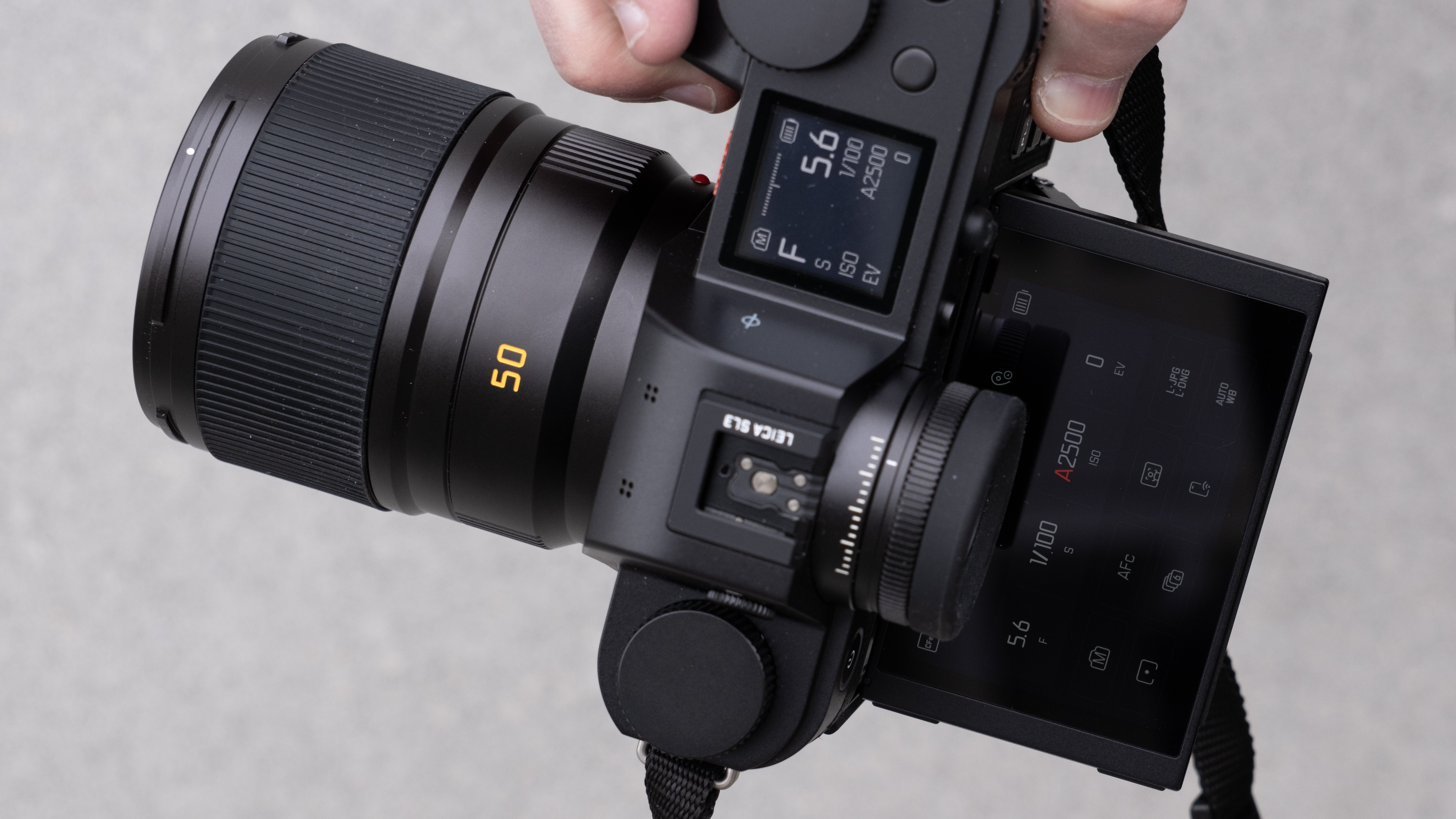
Specifications
Reasons to buy
Reasons to avoid
Leica SL3 sample images
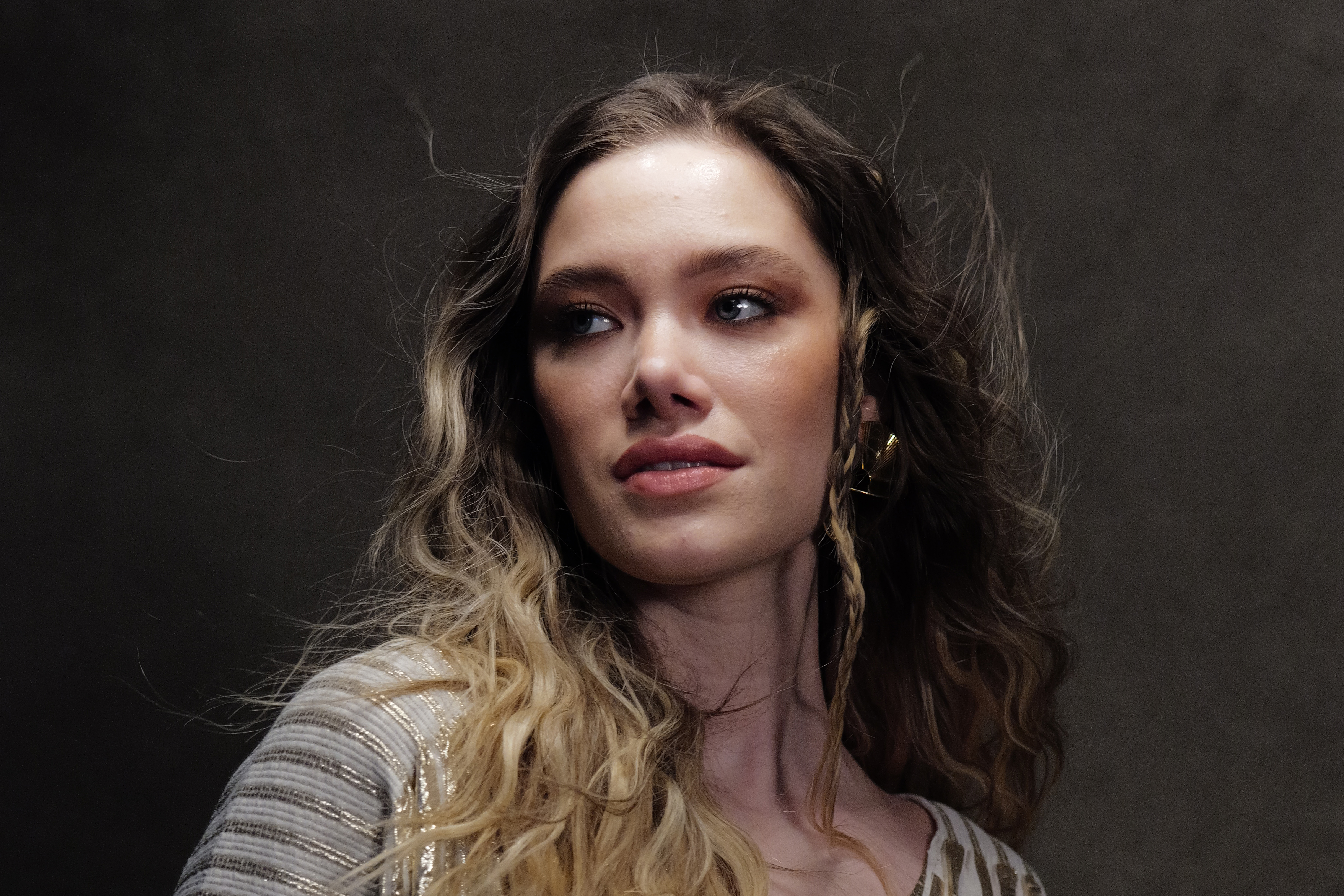
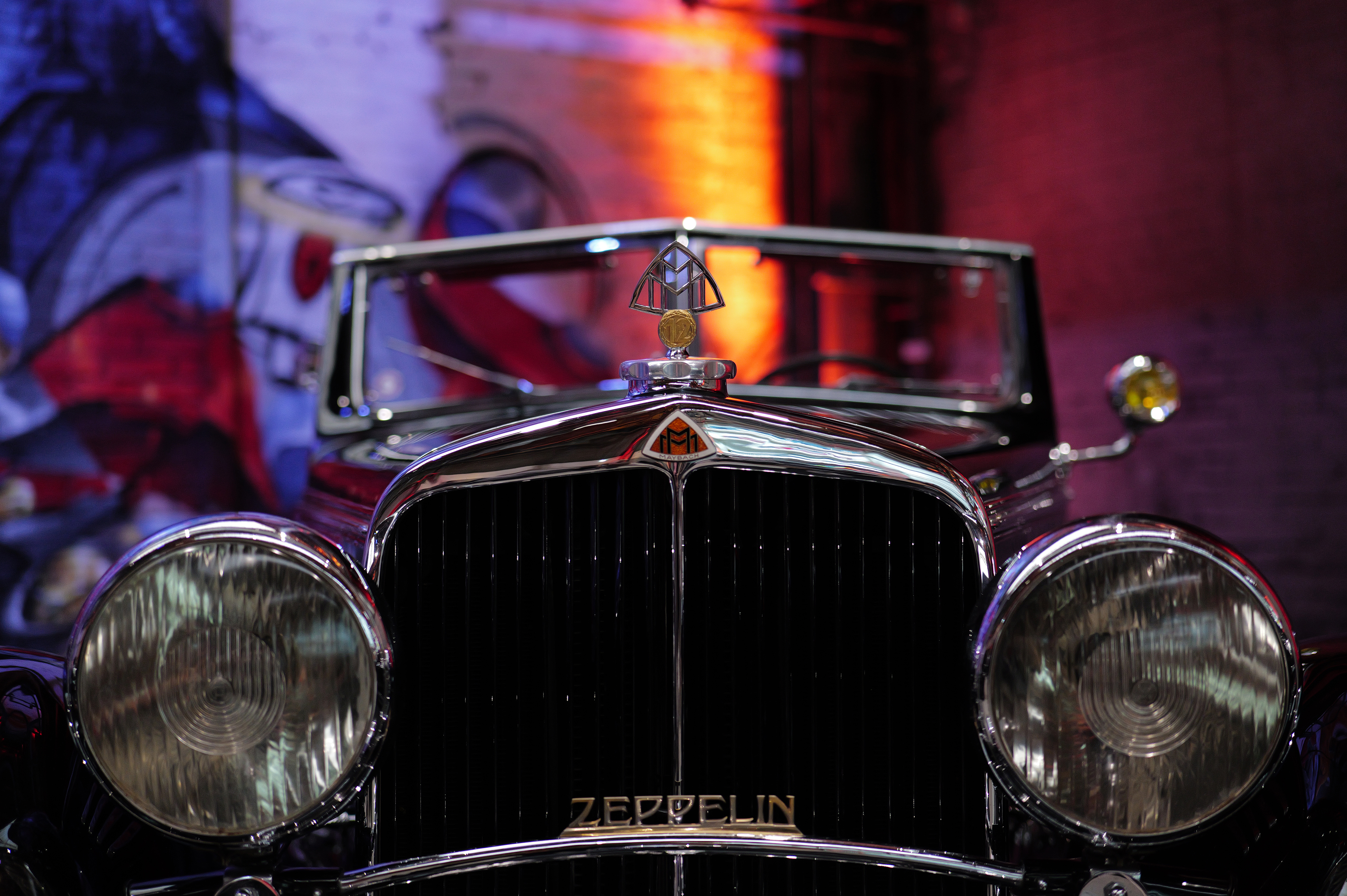
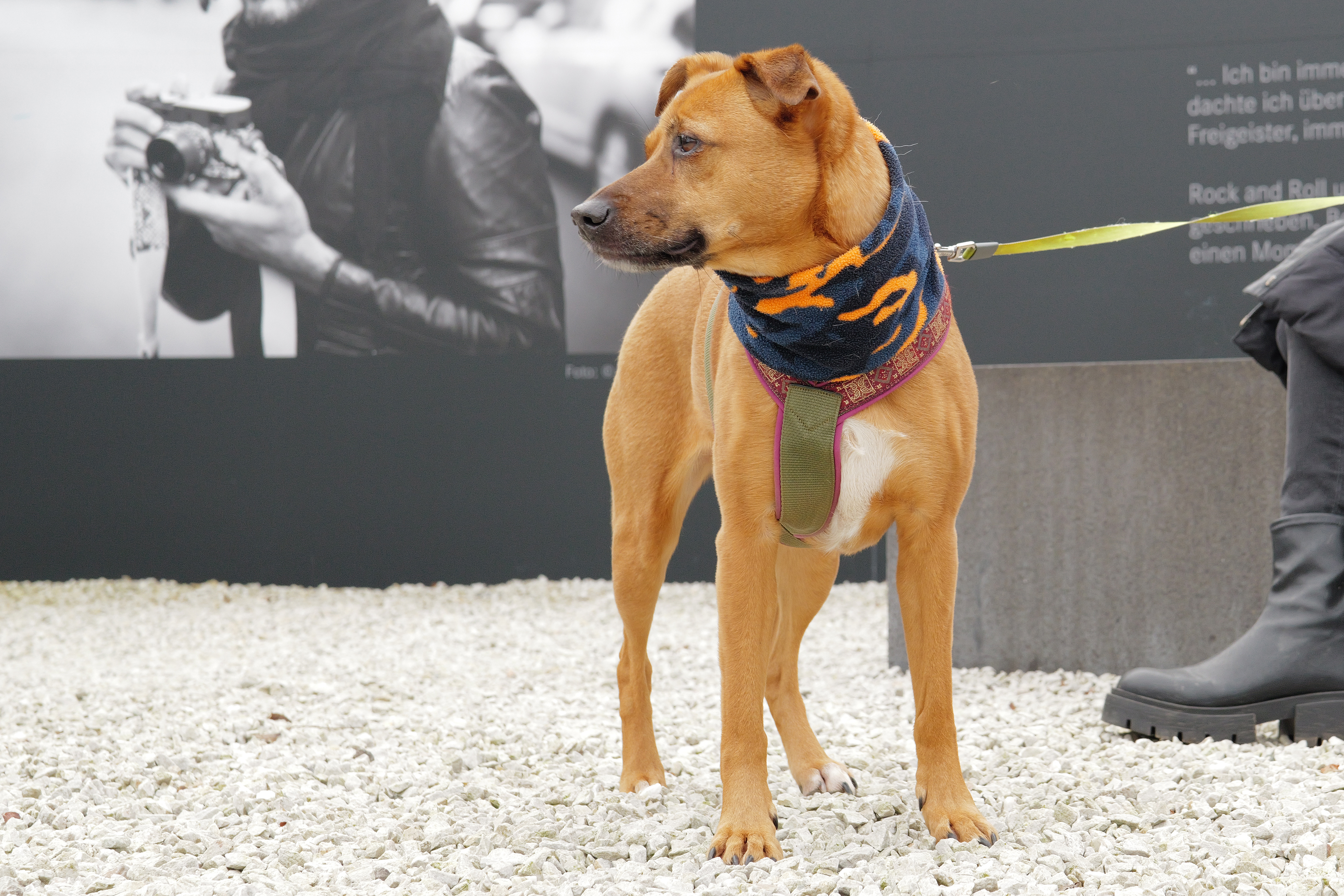
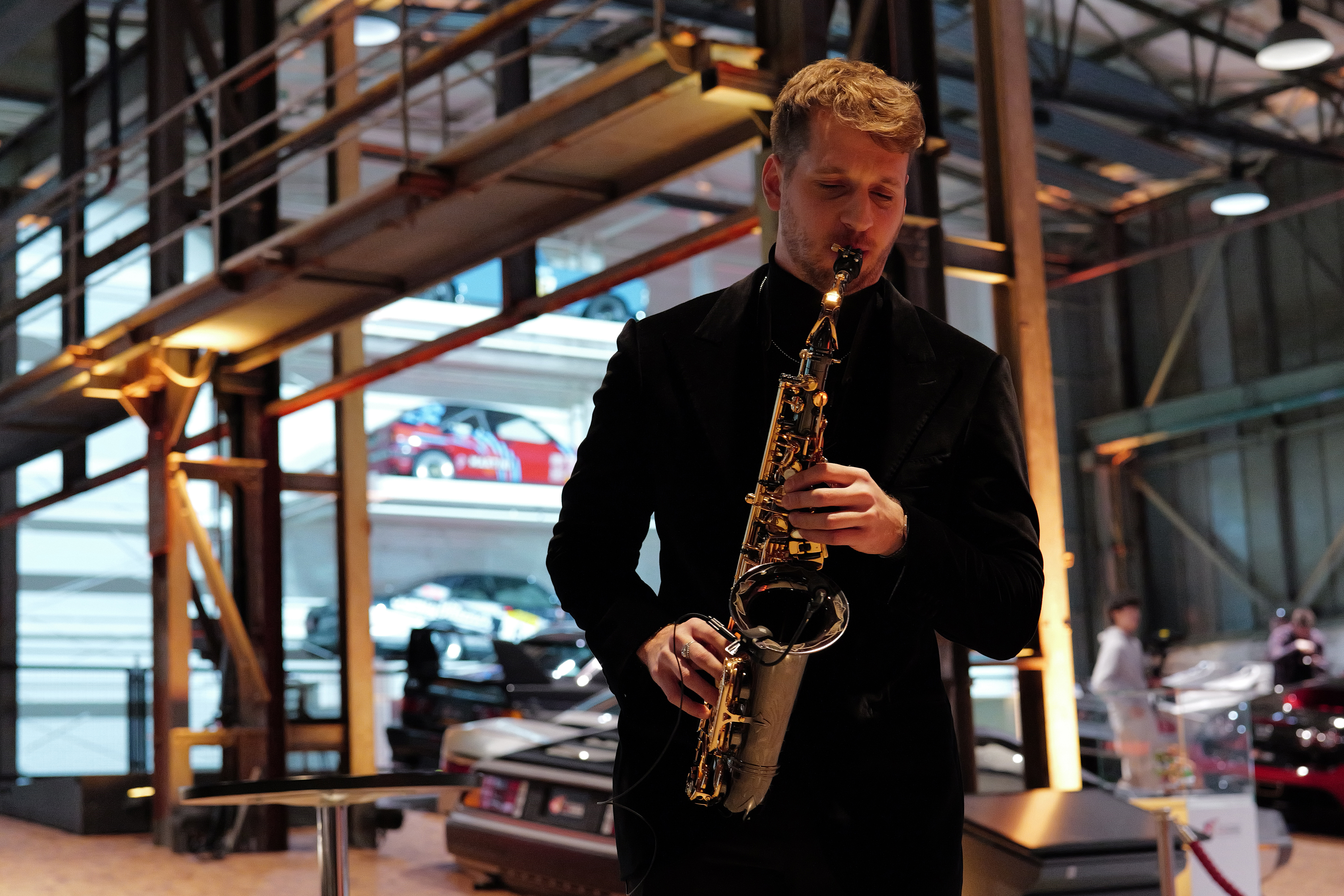
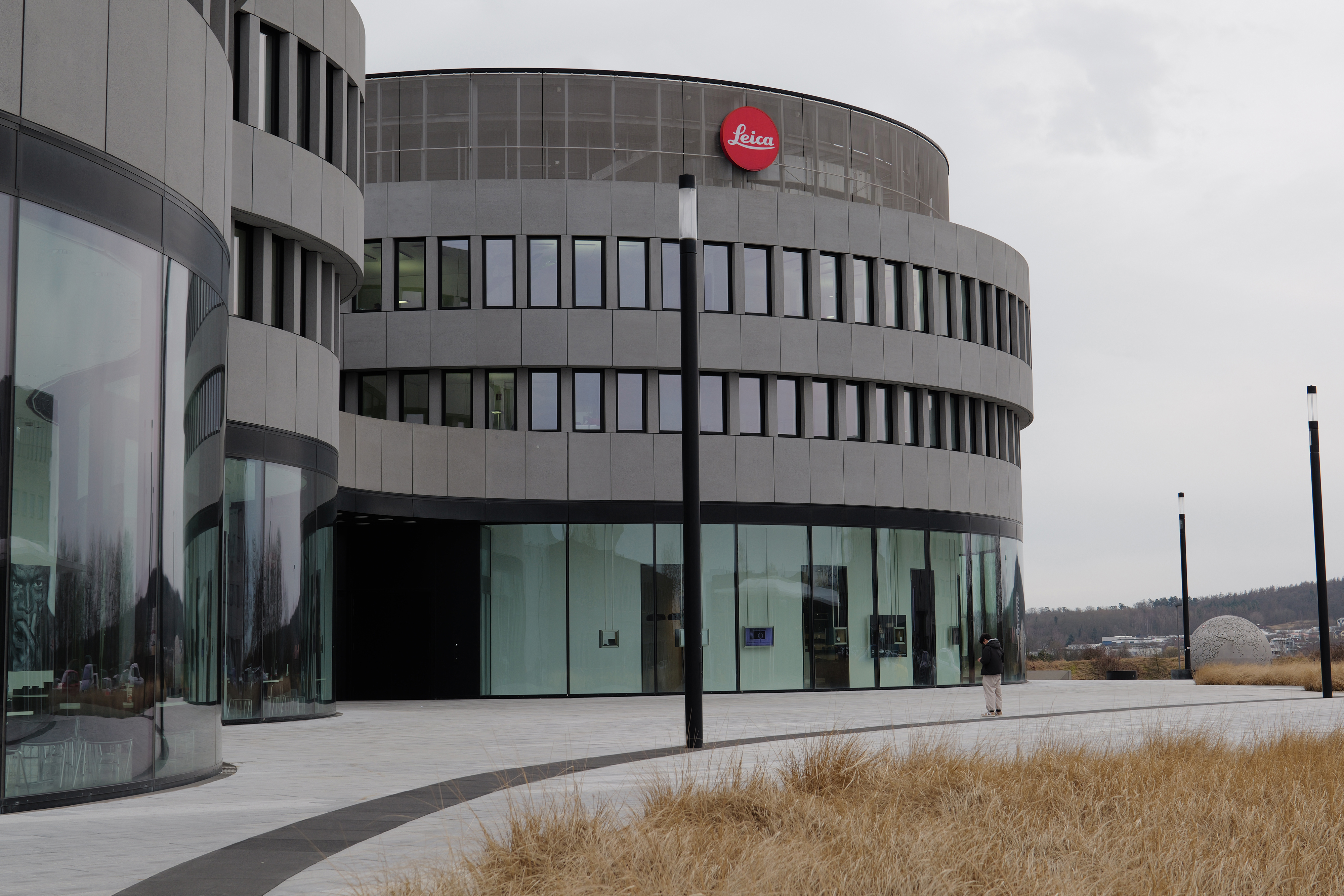
✅ You value the shooting experience: The SL3 delivers the full Leica experience, with a contemporary design, clever touches and a beautifully tactile interface setting it apart.
✅ You want quality stills: With a 60MP full-frame sensor and quality Leica lenses, the SL3 is capable of delivering a hugely impressive amount of detail, with lots of cropping potential.
❌ You want a value all-rounder: The SL3 is a quality hybrid but it carries the Leica premium, and you’ll get more performance for less money from something like the Sony A7R V.
❌ You don’t like swapping cells: Rated at just 260 shots, the battery life of the SL3 isn’t impressive, which means you’ll need spare cells if you plant to shoot all day.
There's plenty of competition in the full-frame mirrorless camera space for pros, with the likes of the Sony A7R V and Nikon Z8. The pricier Leica SL3 has a hard task to stand out, but we think it does so thanks to classic Leica hallmarks, including a minimalist design and simple user interface, with a punchy 3.2-inch tilt touchscreen. And for Leica fans, the SL series of cameras take a different approach to most of the German brand's red dot cameras, being SLR-style pro workhorses.
In testing, we found that the streamlined handling is complemented by incredible 60MP images and 8K video from the SL3's full frame sensor and Leica's best ever hybrid phase detection autofocus. Featuring the L-mount, the SL3 is compatible with a superb and ever-growing range of lenses too. While we did find it lacks the battery life and image stabilization performance of its rivals, the SL3 is still the best L-mount camera yet with fantastic handling.
- Read our in-depth Leica SL3 review
The best full-frame premium compact
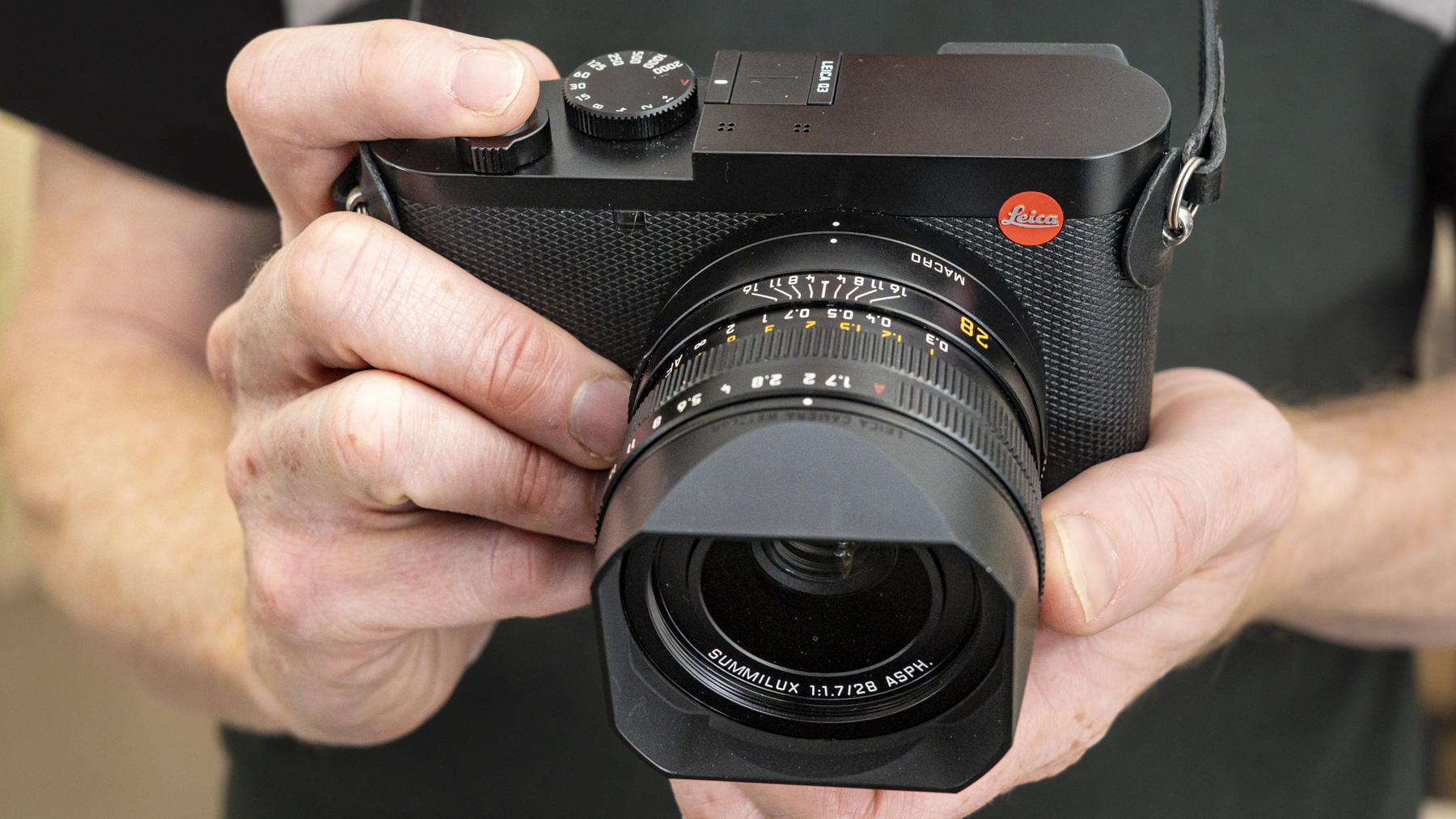
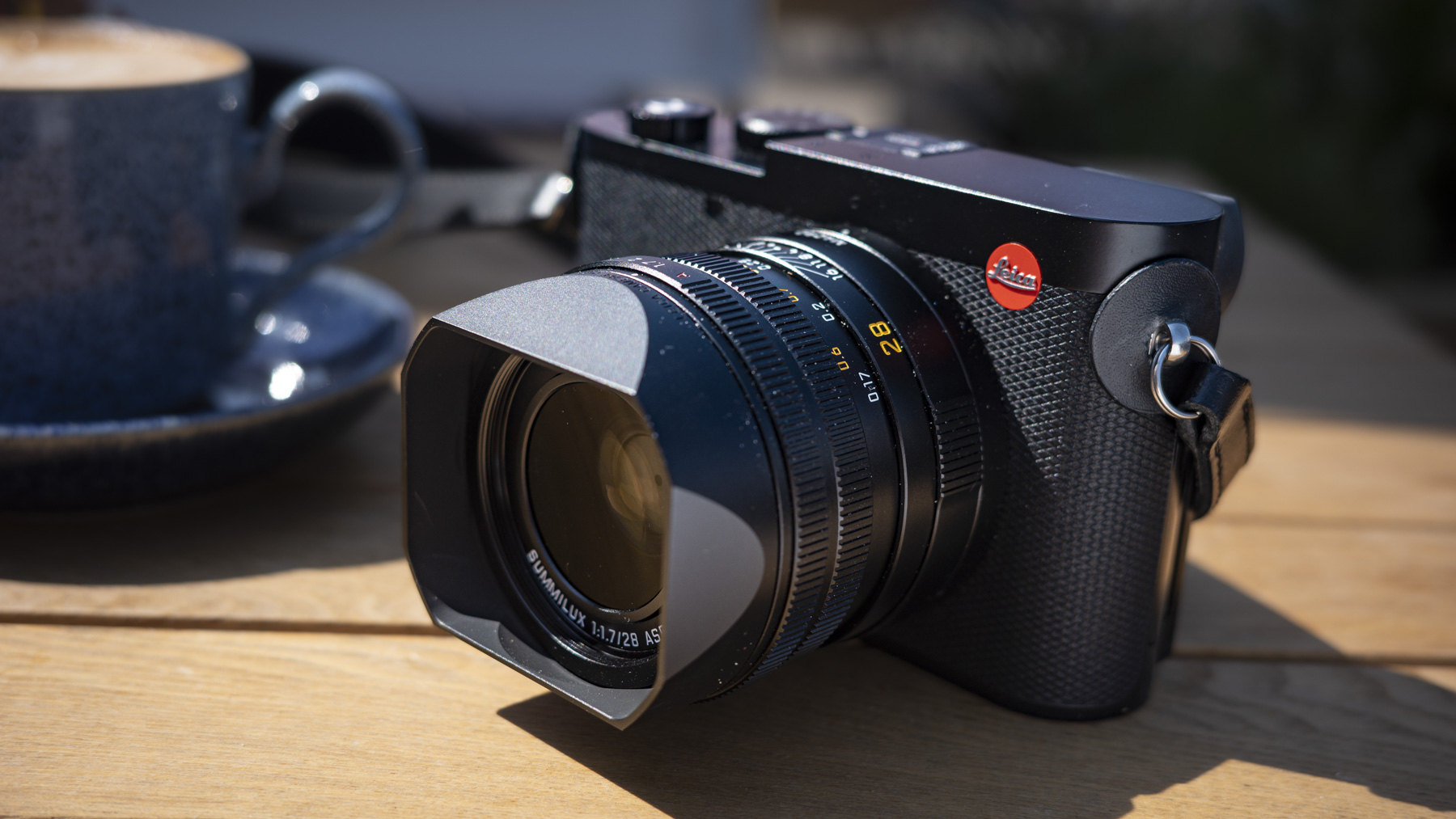
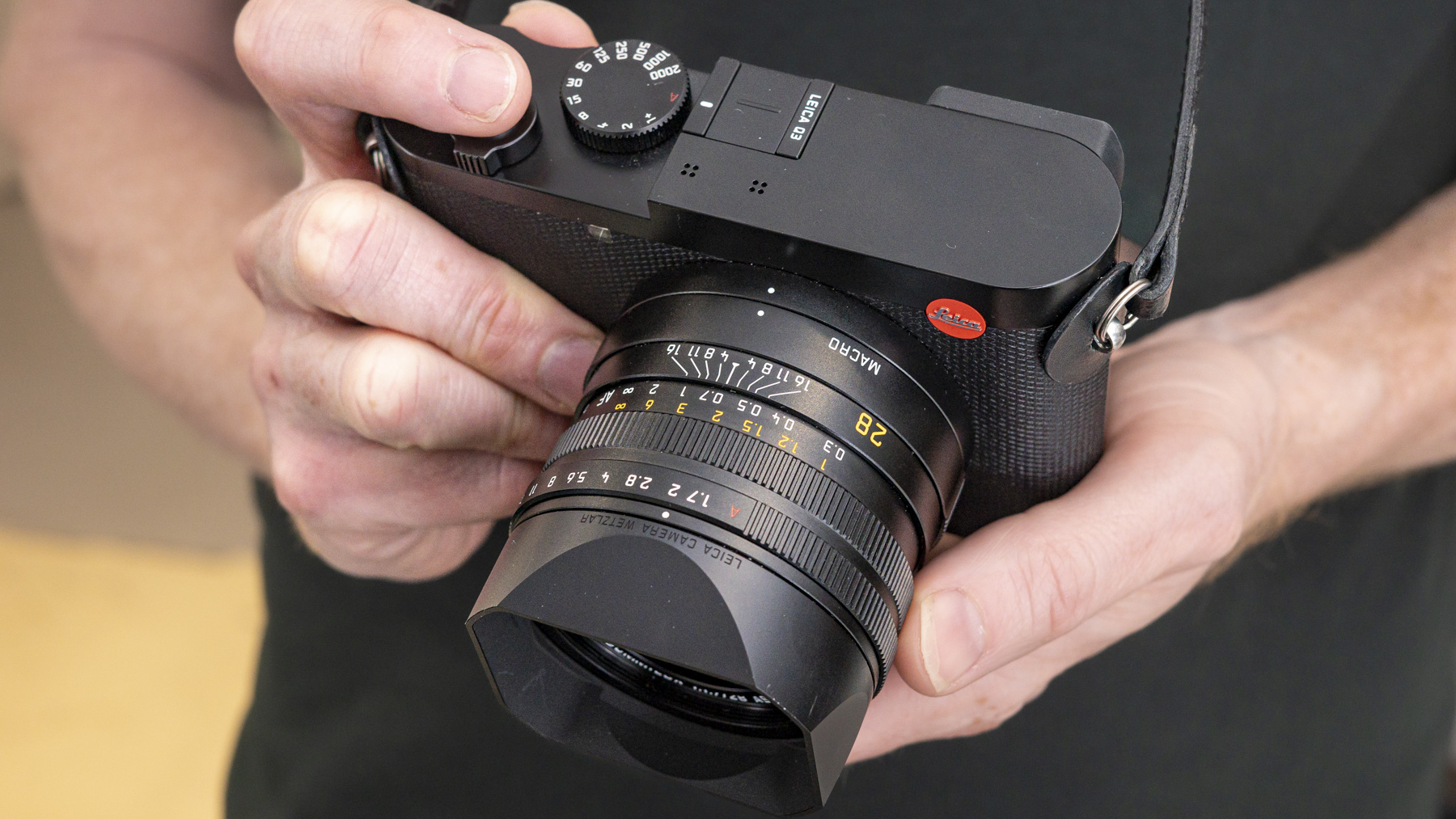
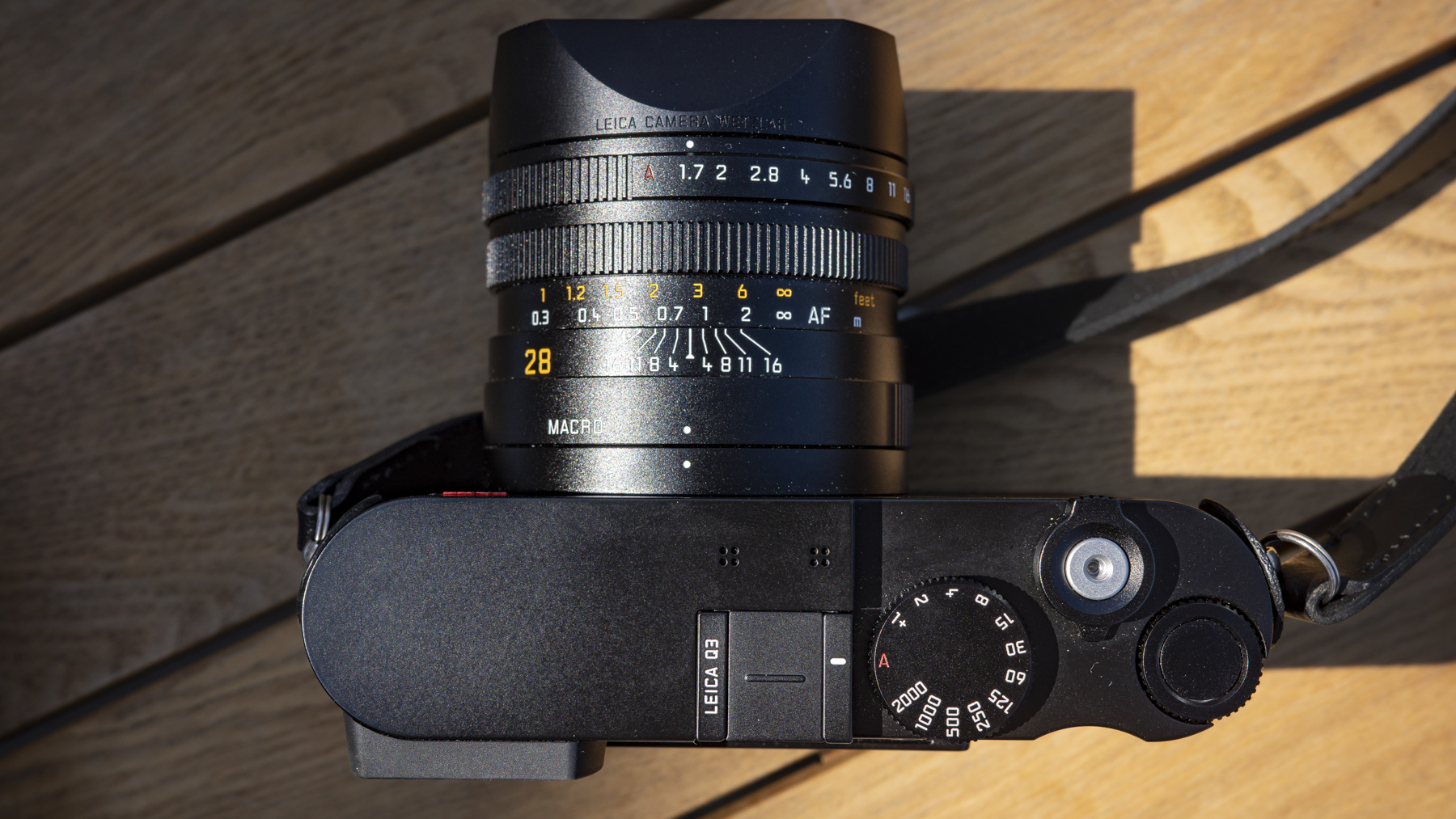
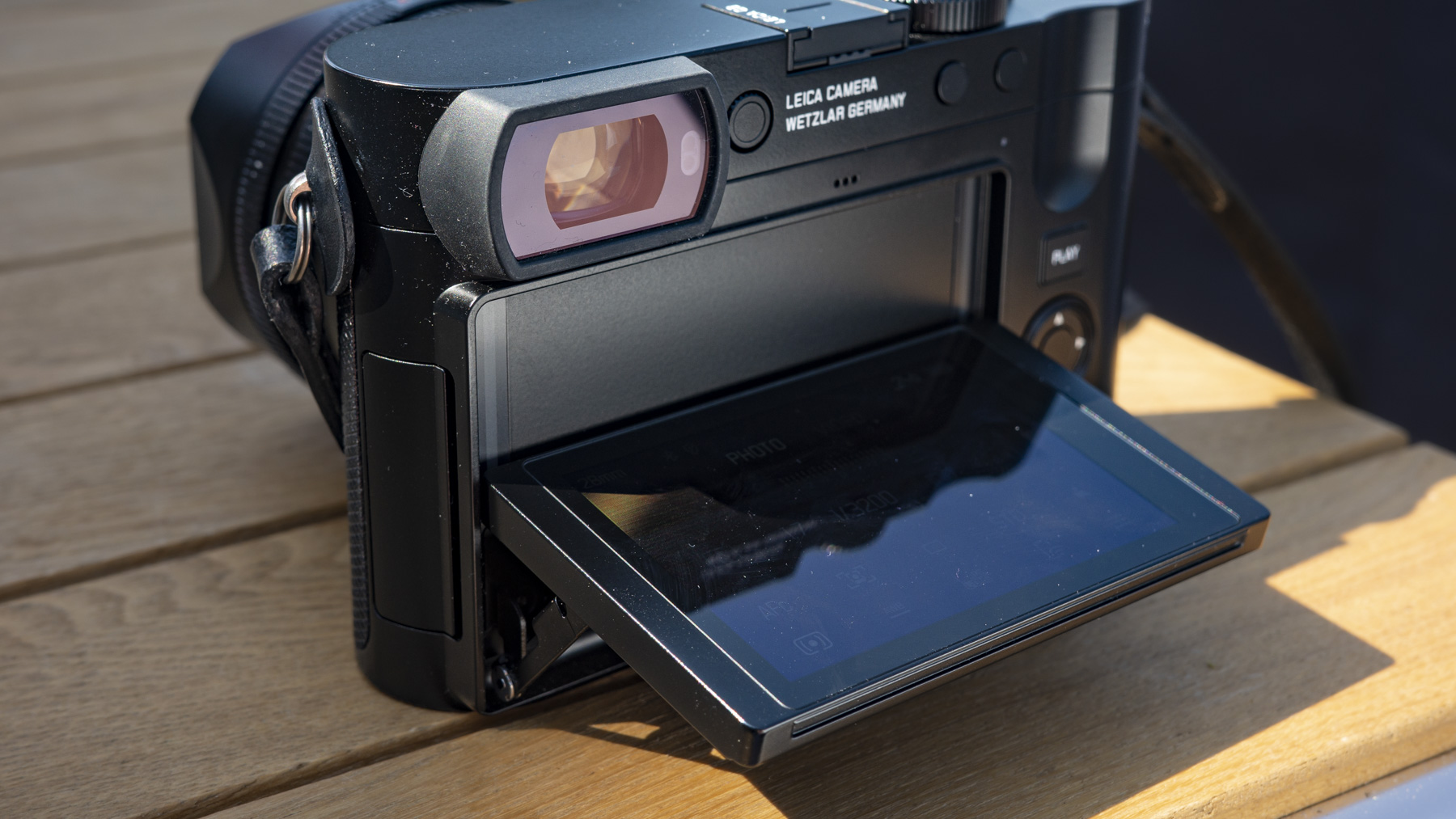
Specifications
Reasons to buy
Reasons to avoid
Leica Q3 sample images
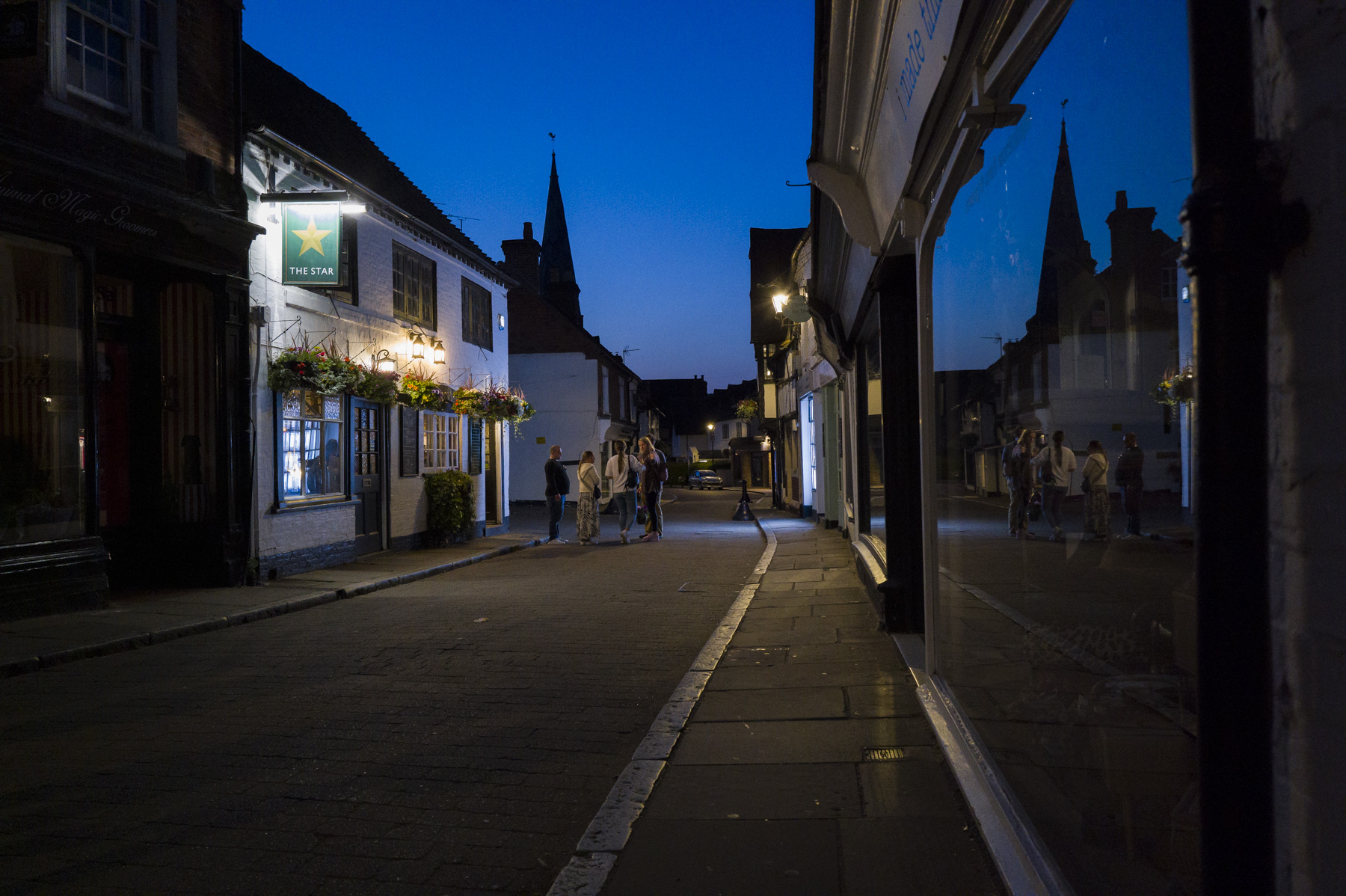
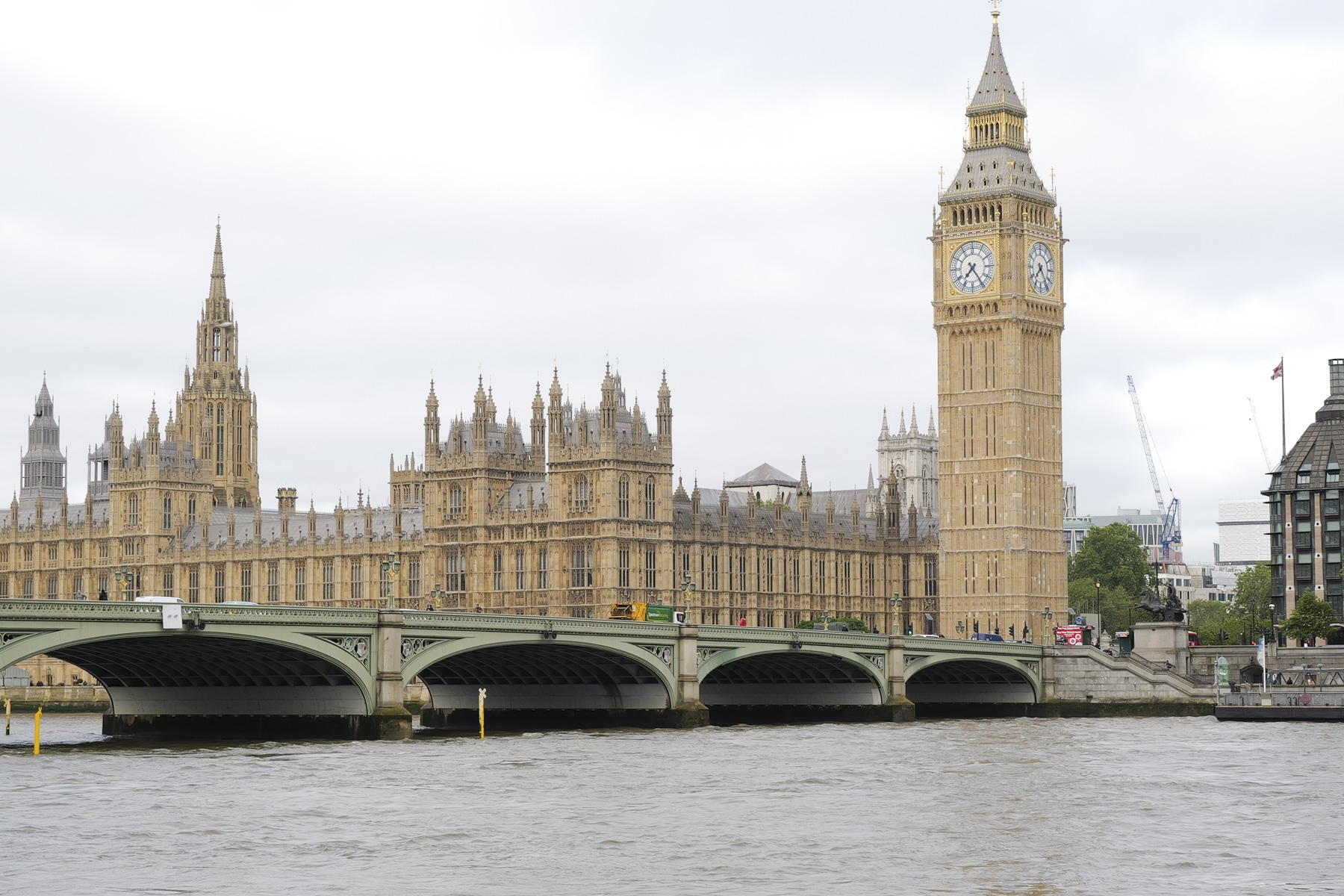
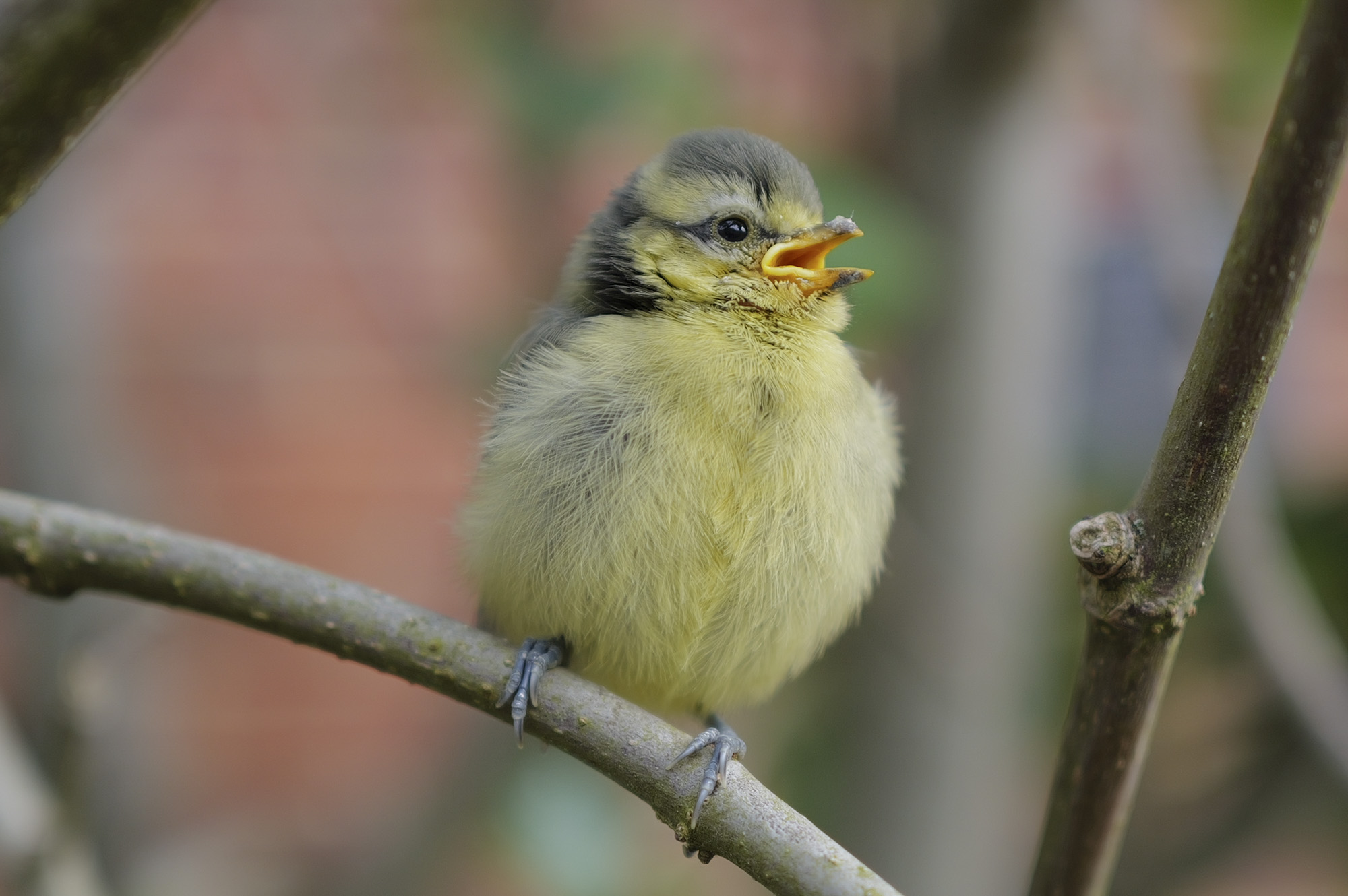
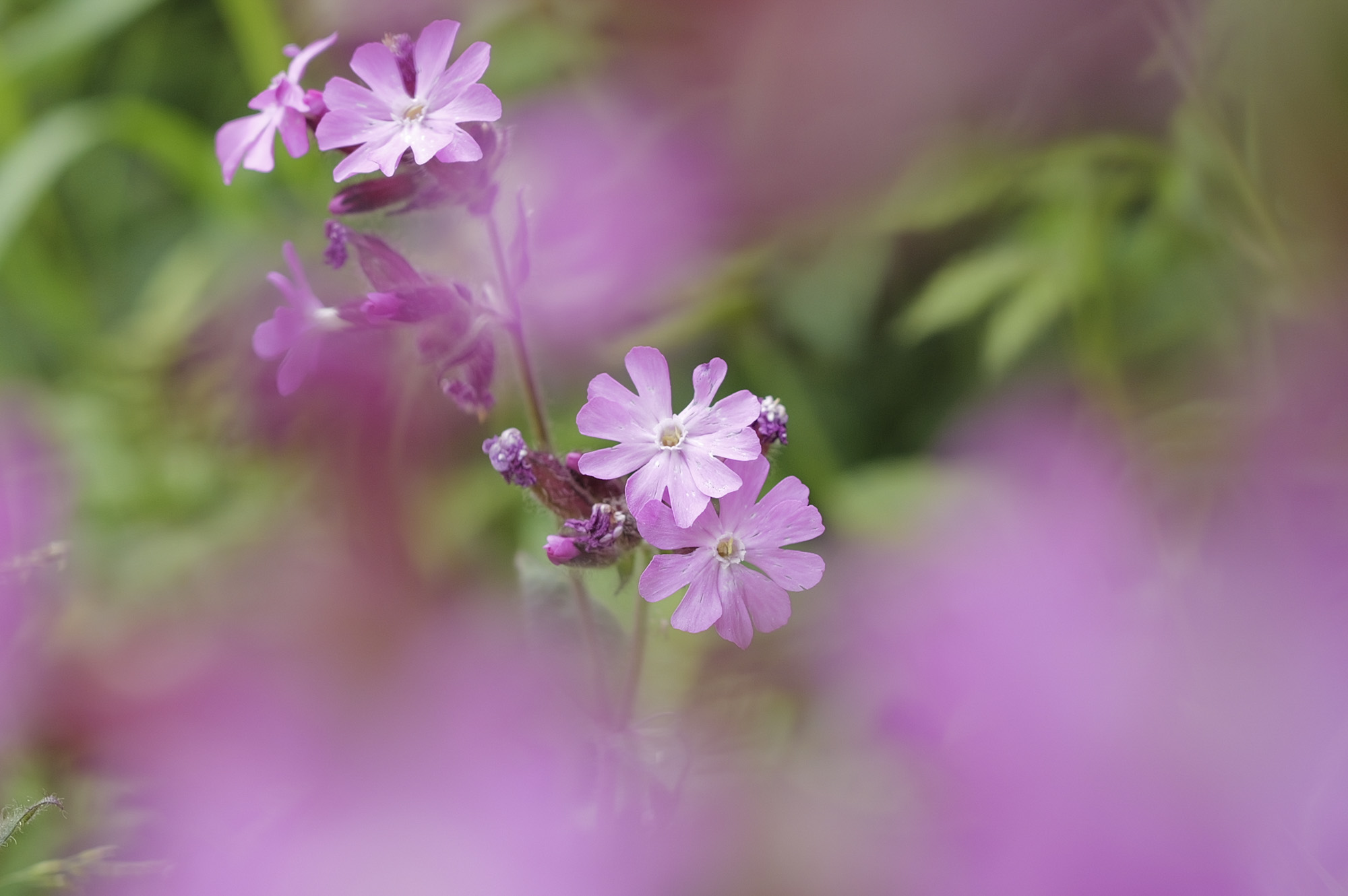
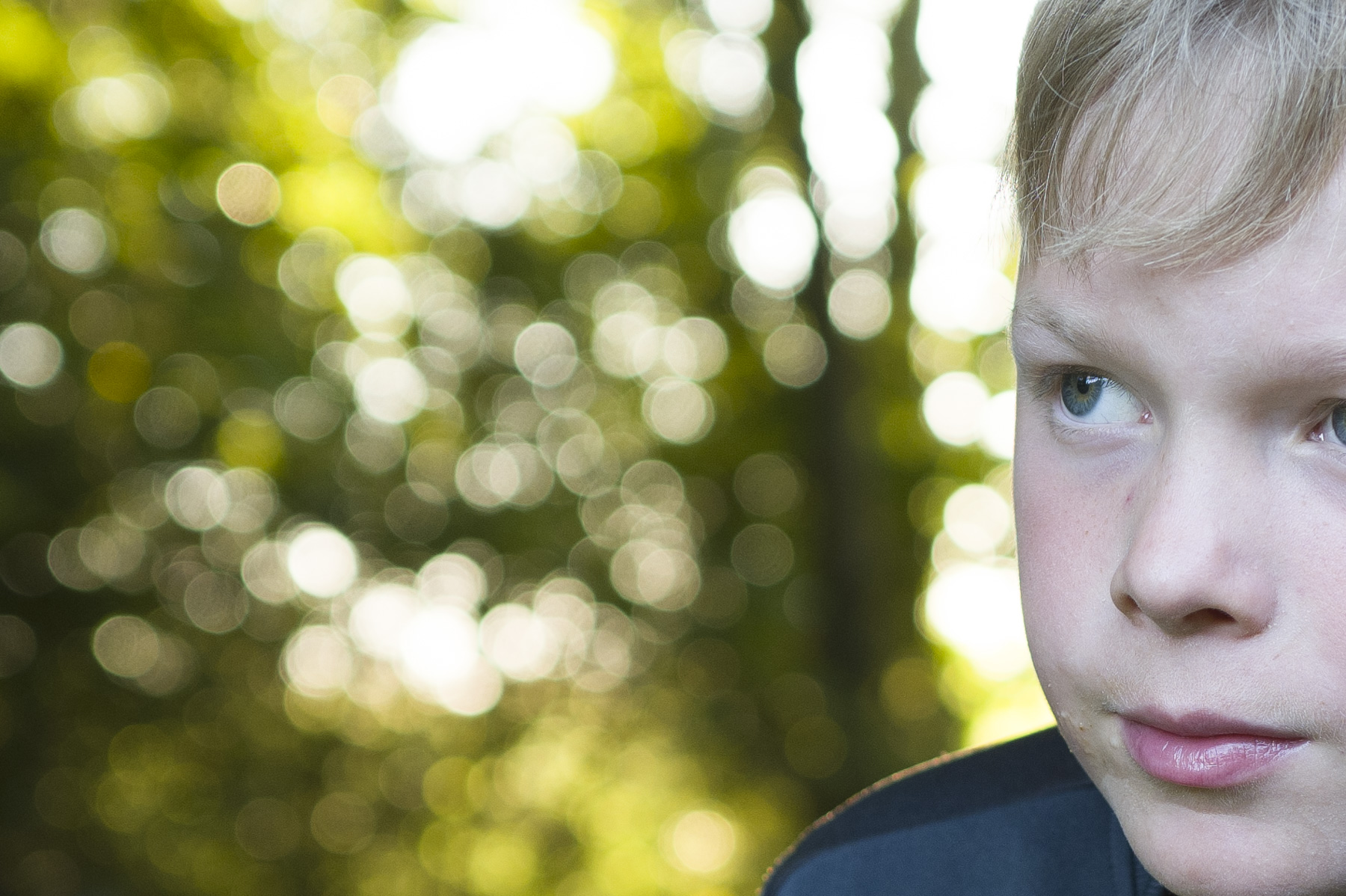
✅ You want a quality everyday camera: There is no better premium compact than the Leica Q3, with its pin-sharp lens, full-frame sensor and tidy Leica packaging.
✅ You like a tactile shooting experience: With a beautifully minimalist yet satisfyingly tactile interface with robust dials, this is a very satisfying camera to shoot with.
❌ You’re on a budget: For all its unique traits, there’s no escaping that the Leica Q3 is a serious investment for a premium compact, even if it’s relatively reasonable for the brand.
❌ You want high-end performance: The Q3 delivers impressive results, but its capabilities are designed for everyday street shooting, rather than anything professional.
Our favorite camera to use in 2023 wasn't a Sony or Canon, but the high-end Leica Q3. Calling it a compact camera is a bit of a stretch: it's the same size as many full-frame mirrorless cameras with a pancake lens attached, such as the Panasonic Lumix S5 II. But because the Q3 has a built-in Summilux 28mm f/1.7 ASPH fixed lens, we think it's a superb everyday camera. The lens in particular is a fantastic bit of design, capable of manual and autofocus. We found it super sharp in testing too, complementing the class-leading 61MP full-frame sensor.
With that high-resolution sensor, we found that the Q3 can comfortably crop into full-size pictures, recreating the perspective of lenses all the way up to 90mm (albeit with reduced image size). Most of all, the Leica Q3 offers a premium tactile shooting experience that the best camera phones can’t hope to match. Being a red dot camera the Q3 is pricey, but it's not too bad for Leica and is regularly on back-order, such is its popularity. If you want the a full-frame camera to always take with you, the Q3 should be high up the list.
- Read our in-depth Leica Q3 review
Also consider
We've reviewed a whole range of full-frame cameras, which means there are plenty more that almost made it into this list. Here are a few honorable mentions to consider.
Best full-frame DSLR – Canon EOS 1DX Mark III: If you’re in the market for a full-frame DSLR, the EOS 1D X Mark III is the fastest there will ever be. The last of its kind, it remains a truly formidable camera: built like a tank, equipped with pro sports features and blessed with superb battery life. There's no quicker mechanical shutter in the business, plus it has a practically unlimited buffer. Based on our review, the EOS 1DX Mark III can do it all in any weather.
Best full-frame DSLR for enthusiasts – Nikon D780: The D780 delivers a shooting experience that will appeal to fans of DSLR handling, while also offering modern features familiar to mirrorless users. Its sturdy, water-resistant body might be bulky, but the trade-off is a satisfyingly chunky grip. Image quality from the 24.5MP sensor is truly fantastic, supported by Nikon’s EXPEED 6 image processor. The lack of in-body image stabilization is a shame, but this is still one of the best full-frame cameras you can buy.
Best budget full-frame DSLR – Canon EOS 6D Mark II: The EOS 6D Mark II offered excellent bang for buck when it hit the market in 2017. Its features aren’t top-shelf today, but it now represents even better. Value. A 26.5MP sensor, solid autofocus system and 6.5fps burst speeds give it a solid set of specs. In our real-world tests, we found performance smooth and little to complain about in terms of image quality. The EOS 6D Mark II is a great entry point into full-frame ownership.
How to choose the best full-frame camera for you
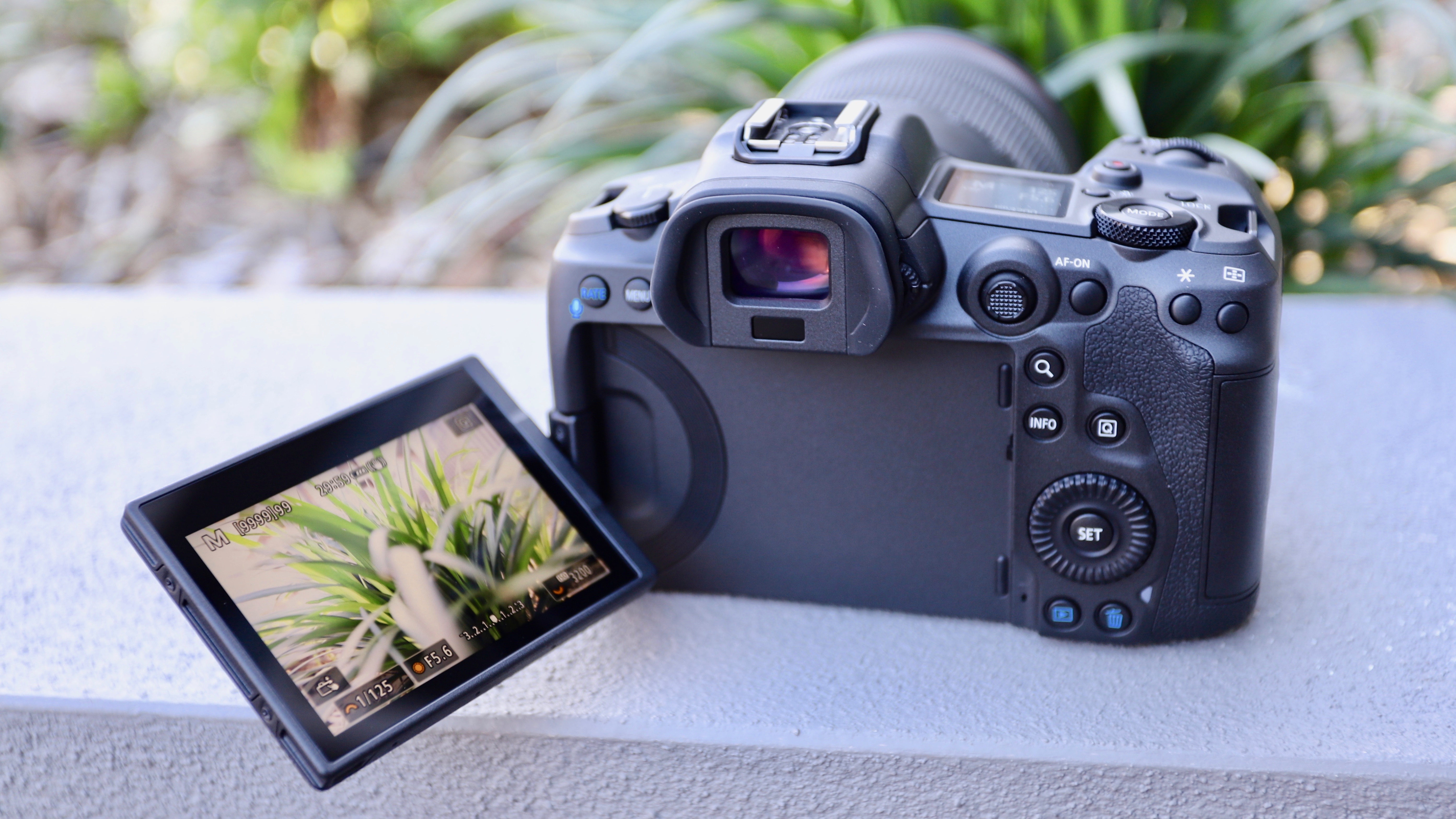
How to choose the best full-frame camera
There are several things to look for when choosing the right full-frame camera for your needs and budget. Every full-frame camera will feature a larger sensor than an APS-C or Micro Four Thirds model, meaning you should benefit from improved image quality and enhanced low-light performance. But there are a few key specs to look at in addition.
While sensor resolution is an important consideration, it’s not always an indicator of outright image quality. The Sony A1, for example, features a 50.1MP resolution for capturing stunning stills. In contrast, our favorite full-frame camera right now – the Canon EOS R6 – only features a 20.1MP resolution, but that lower pixel count means bigger pixels, which can translate into better light sensitivity for shooting in dim scenes.
Another key factor to keep in mind is the physical dimensions of a full-frame camera. Due to the size of the sensor, full-frame cameras are inevitably larger than most mirrorless and premium compact models. That said, some are bulkier than others. The Nikon D780, for example, is big and heavy, but the trade-off is a chunky, comfortable grip. On the flip side, the Panasonic Lumix S5 manages to squeeze a full-frame sensor into a Micro Four Thirds-style body that’s small yet ergonomic – and more convenient to carry.
As for other considerations, these are the same as for any other camera purchase and will depend primarily on your style of shooting. Whether you need a tilting touchscreen or a fully articulating screen, for example, will come down to how you like to frame your shots. Equally, the relevance of 4K (or even 8K) video resolution will be determined by your desire to shoot footage with your full-frame camera. It’s a similar story for connectivity and live-streaming features.
Of course, budget will often be the most important factor, but value isn’t always easy to determine. While entry-level models are usually cheaper, a more advanced but accessible camera is likely to go further with you on your photographic journey. Equally, slightly older models may not offer the most cutting-edge specs, but many continue to represent excellent value. It’s also a good idea to keep lens availability in mind: a full-frame camera with support for a wide range of compatible lenses will offer greater creative flexibility.
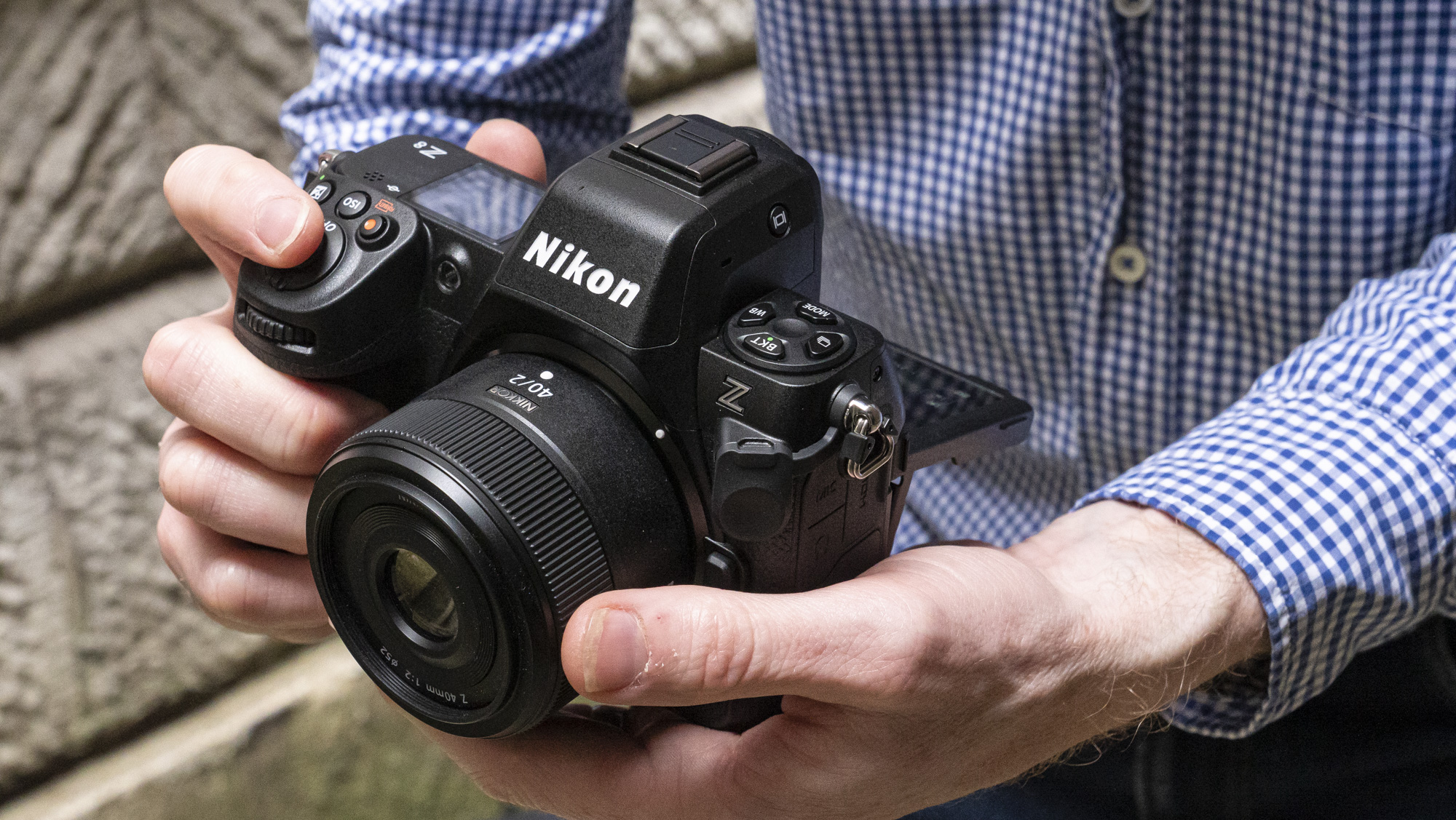
Are full-frame cameras better?
There are many reasons why you might want to buy a full-frame camera. As the name suggests, the primary advantage is sensor size. Full-frame sensors are substantially larger than those found in APS-C, Micro Four Thirds and compact cameras.
That extra sensor size can be used in a few ways. Some full-frame cameras fill their sensor with more pixels, to record stills at higher resolutions. The Canon EOS R5 shoots images at a 45MP resolution, for example, while the Sony A1 captures snaps at 50.1MP.
Alternatively, a full-frame sensor with a lower resolution can benefit from bigger pixels, which can capture more light in a particular scene and enhance low-light performance.
Either way, full-frame cameras will generally be able to shoot higher quality images in a given scene, particularly in more challenging lighting. The trade-off is often body size, which needs to be larger to make space for the larger sensor. There are a few more compact full-frame camera options, such as the Panasonic Lumix S5, but travelers might find that a mirrorless model or premium compact is more suited to their needs.
Whether full-frame cameras are better in other ways will depend on what and how you like to shoot. A larger sensor doesn’t necessarily mean that a full-frame camera will shoot at higher burst speeds than a APS-C mirrorless model, for example, or that it will have faster autofocus. That’s why it’s important to consider all of a camera’s specs and features when selecting one that’s right for you, not just its sensor size.
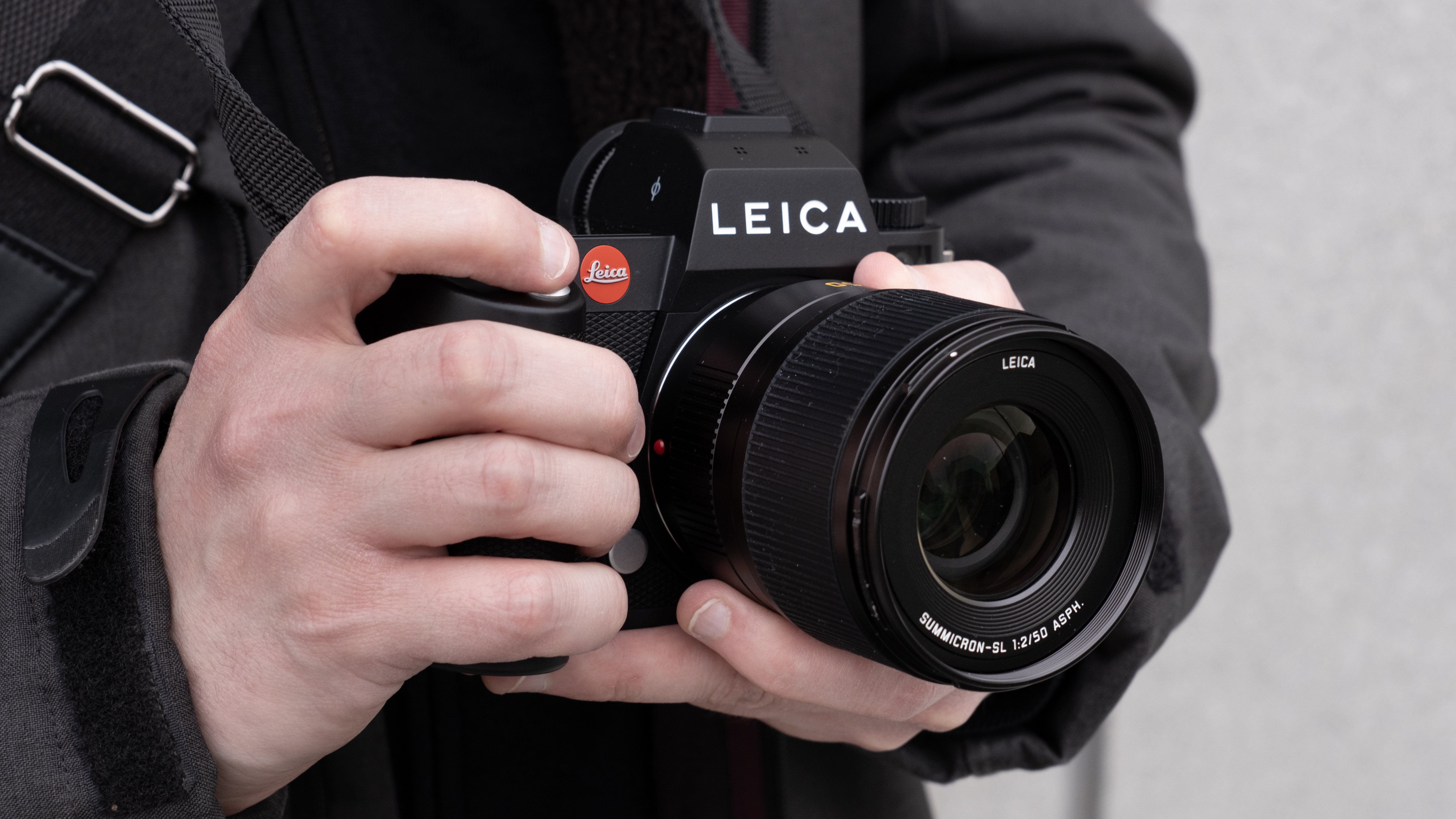
Meet the team
Our expert team has years of experience testing the best camera kit you can buy. With a wealth of practical photography knowledge, our reviewers can appreciate the benefits of a full-frame sensor. Having tested models from all of the major manufacturers, they know what makes a great full-frame camera.

Tim is TechRadar's Cameras Editor and has been cutting his teeth in the photo and video industry for almost 20 years. He looks after all of TechRadar's cameras content, covering buying guides, features, reviews and news.
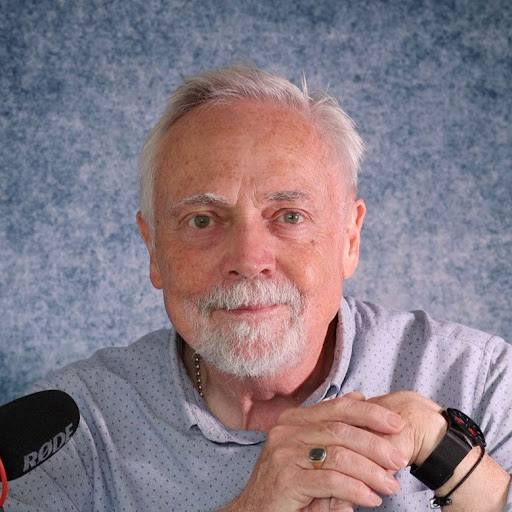
Rod is an independent photographer and photography journalist with more than 30 years' experience. He's previously worked as Head of Testing for Future’s photography magazines, including Digital Camera, N-Photo, PhotoPlus, Professional Photography, Photography Week and Practical Photoshop, and as Reviews Editor on Digital Camera World.
Matt has written and reviewed cameras for just about every leading photo publication, including Digital Camera World (where he was Editor), What Digital Camera, WEX and of course TechRadar.

Mark is TechRadar's Senior news editor and has been a technology journalist since 2004. Formerly Trusted Reviews and TechRadar's cameras editor, Mark has tested cameras over many years from all of the leading brands.
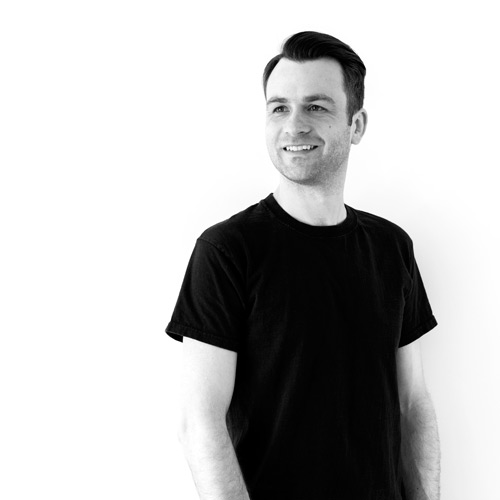
James Abbott is a professional photographer and freelance photography journalist. He contributes articles about photography, cameras and drones to a wide range of magazines and websites where he applies a wealth of experience to testing the latest photographic tech.

Paul is a digital expert. In the 20 years since he graduated with a first-class honours degree in Computer Science, Paul has been actively involved in a variety of different tech and creative industries that make him the go-to guy for reviews, opinion pieces, and featured articles. You'll also find his writing in other places, including Creative Bloq, Digital Camera World, and 3D World Magazine.
How we test full-frame cameras
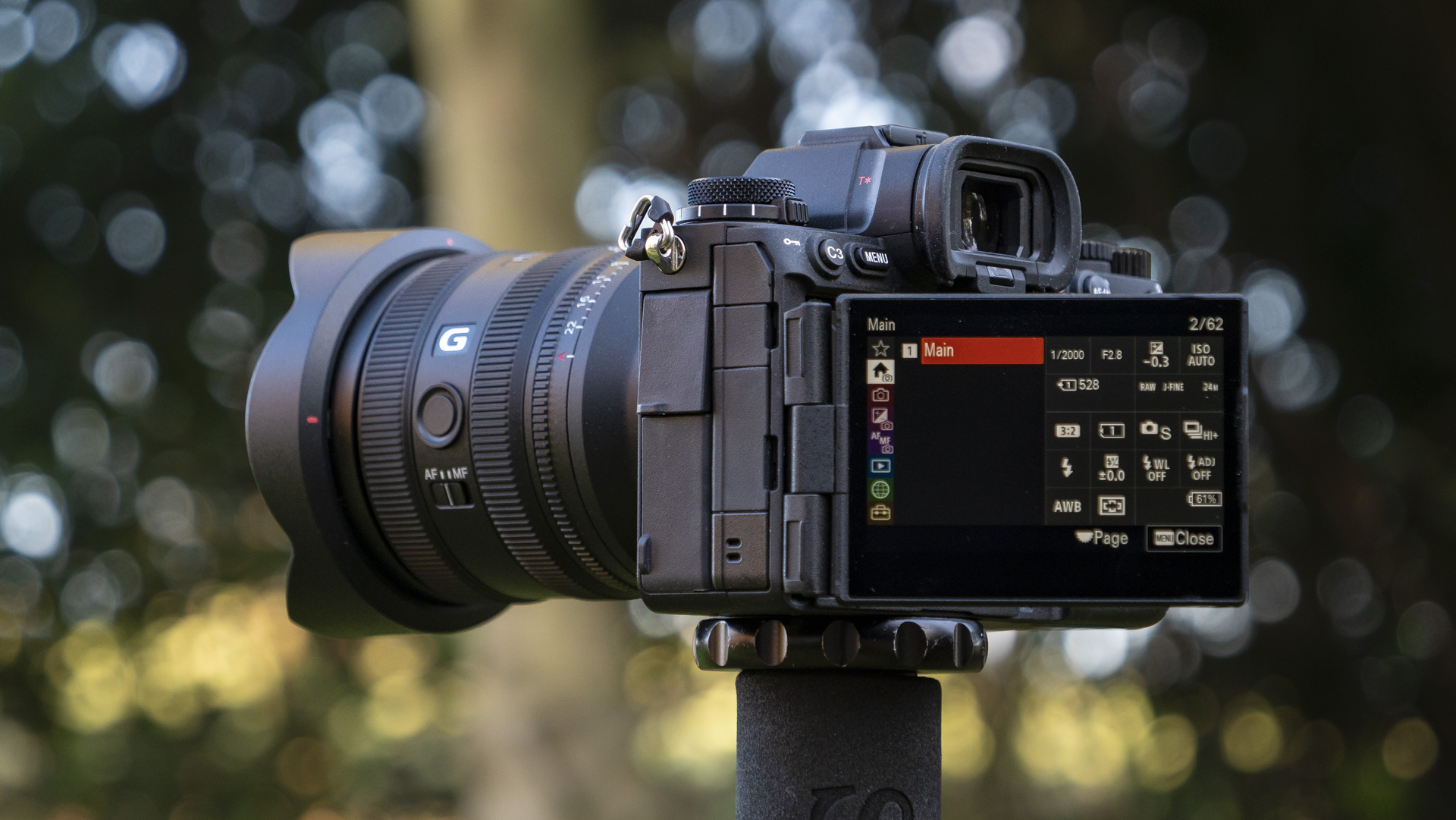
☑️ 100s of cameras reviewed
☑️ 15 years of product testing
☑️ Over 16,000 products reviewed in total
☑️ Nearly 200,000 hours testing tech
Buying a full-frame camera these days is a big investment, so every camera in this guide has been tested extensively by us. These days, real-world tests are the most revealing way to understand a camera's performance and character, so we focus heavily on those, along with standardized tests for factors like ISO performance.
To start with, we look at the camera's design, handling and controls to get a sense of what kind of photographer it's aimed at and who would most enjoy shooting with it. When we take it out on a shoot, we'll use it both handheld and on a tripod to get a sense of where its strengths lie, and test its startup speed.
When it comes to performance, we use a formatted SD card and shoot in both raw and JPEG (if available). For burst shooting tests, we dial in our regular test settings (1/250 sec, ISO 200, continuous AF) and shoot a series of frames in front of a stopwatch to see if it lives up to its claimed speeds. We'll also look at how quickly the buffers clears and repeat the test for both raw and JPEG files.
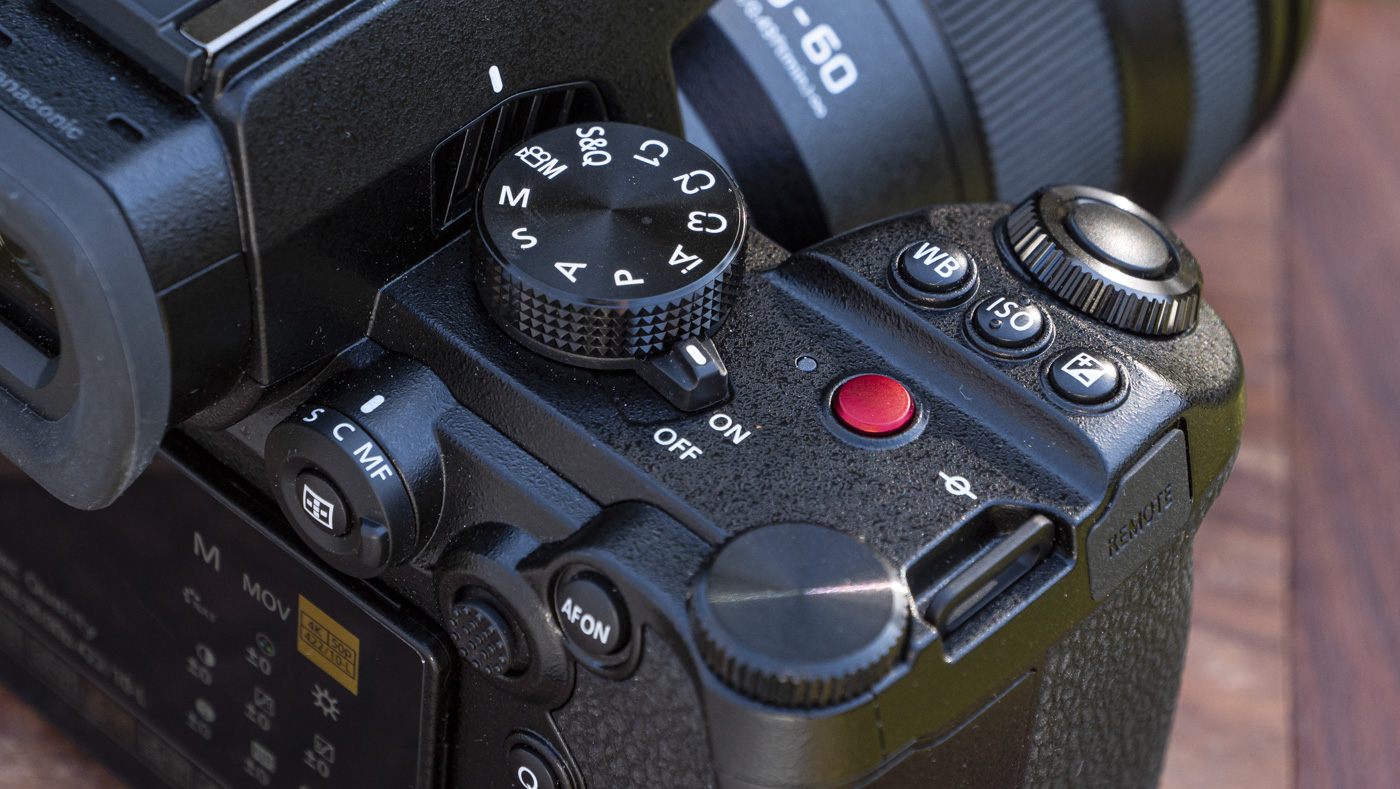
In various lighting conditions, we also test the camera's different autofocus modes (including Face and Eye AF) in single point, area and continuous modes. We also shoot a range of photos of different styles (portrait, landscape, low light, macro/close-up) in raw and JPEG to get a sense of metering and its sensor's ability to handle noise and resolve fine detail.
If the camera's raw files are supported by Adobe Camera Raw, we'll also process some test images to see how we can push areas like shadow recovery. And we'll also test its ISO performance across the whole range to get a sense of the levels we'd be happy to push the camera to.
Battery life is tested in a real-world fashion, as we use the camera over the course of the day with the screen set to the default settings. Once the battery has reached zero, we'll then count the number of shots to see how it compares to the camera's CIPA rating. Finally, we test the camera's video skills by shooting some test footage at different frame-rates and resolutions, along with its companion app.
We then take everything we've learned about the camera and factor in its price to get a sense of the value-for-money it offers, before reaching our final verdict.
Get daily insight, inspiration and deals in your inbox
Sign up for breaking news, reviews, opinion, top tech deals, and more.

Tim is the Cameras editor at TechRadar. He has enjoyed more than 15 years in the photo video industry with most of those in the world of tech journalism. During his time as Deputy Technical Editor with Amateur Photographer, as a freelancer and consequently editor at Tech Radar, Tim has developed a deeply technical knowledge and practical experience with cameras, educating others through news, reviews and features. He’s also worked in video production for Studio 44 with clients including Canon, and volunteers his spare time to consult a non-profit, diverse stories team based in Nairobi. Tim is curious, a keen creative, avid footballer and runner, and moderate flat white drinker who has lived in Kenya and believes we have much to enjoy and learn from each other.
- Mark WilsonSenior news editor